My blog has lots of posts going back a number of years, mostly about restoring and engraving antique firearms. They are about what I do, and are not meant as a guide for you to follow. You are responsible for what you decide to do, and whether what you want to do is legal in your country. Be aware that many antiques are of historic importance, and in many cases restoration may reduce their historic and financial value. You should consider carefully what effect any restoration may have on the value, and take expert advice – the wrong restoration or too much, even well done, can drastically reduce the value of antiques. We may own them, but we are actually custodians of them for future genertions to enjoy.
From the engraving on a Joseph Manton Tubelock
DIARY
14th February Been busy battling with my Bambu 3D printer that is printing badly for some unknown reason – I’m trying to make an ergonomically designed windlass controller with a couple of push buttons that can be held and operated with one hand – I’ve got a good design but first I had problems with the parts warping ( I’m using ASA filament and its a known problem) I fixed that but the filaments are not bonding as well as they should and in places it looks like knitting unravelling! I am also trying to make a fitting to adapt a small pump to screw on to the top of 5 litre water bottles – again using my 3D printer, but it turns out the thread on the water bottles is a 3 start thread, so I am having to learn how to do that in Solidworks! PLus today I finally got round to casting the breech block for the Warner Carbine of American Civvil War vintage. It worked, but not perfectly – I had some shrinkage around its middle as I didn’t have an adequate reservoir of molten metal in the feed to make up for the shrinkage on cooling. I am also a bit concerned that I didn’t get a clean burnout of the wax, so there are some marks in the surface. Nevertheless it filed up to fit perfectly in the functional areas and I was able to drill it for the pivot and make a firing pin and drill its hole, so it would be functional if not very beautiful. Clearly I’ll need to have another go before I pack up all the kit in the workshop until I have another casting job. I’ve still got the breech block catch to cast too…..
4th February Mostly doing a bit of gardening – Giles is getting married and the party is in our garden – its a mess! So I was doing a bit of destruction and trying to prop up a bit of trellis – will need a new post….. I did take an hour this morning to turn up a steel fitting for the mouth of the burner tube – the principle is supposed to be that if you have a fairly sudden increase in muzzle diameter the flame will make an eddy and this will tend to sustain the ignition, which can be a bit ficcle at times. I made the mouth so that it is constricted a bit for the last inch or so before opening out to an inch bigger siameter. Maybe I get a better flame, but it is still fairly likely to go out when in the open air if the flow is faster or near the burn rate – but it seems more stable when its is in the furnace and near the furnace floor. AT some point I’ll embark on the investment casting, but that is a whole long day’s activity as the investment takes hours to burn out at 730 C. I might just try a sand casting as that should be much quicker – I 3D printed a pattern today wtih added draft so it could be lifted from the sand. I moved a big chunk of this post to a BLOG UP TO 13 JAN 2023 post so that scrolling is a bit less tricky!
2nd February Since I started on the preparations for casting the breech block, I thought I’d better carry on and sort out the furnace. I looked at several burner designs on You Tube but didn’t feel like going hunting for obscure pipe fittings etc so I had a hunt around the various junk piles. I found a perfect centrifugal fan, just the right size for a forced air burner, and a suitable piece of old steel tube and a block of 25 mm brass rod, plus a bit of plastic flex pipe from a pool vacuusm cleaner and a plastic plumbing fitting that was the right size to join the flex pipe to the steel tube as a push fit – almost made already! Quick 30 minute job designing an adaptor from the fan to the pipe and getting it printing, then turned a spiggot for the rubber gas pipe on one end of the brass and milled an aerodynamic bit on the other end to go through the tube wall as the nozzle. Great fun drilling a 1 mm hole 10 mm deep in the brass for the gas nozzle inside the burner tube – I was amazed that my little milling machine chuck could hold a 1 mm drill and drill the hole without breaking the bit but it has a very slow manual feed option. The shaped brass nozzle is a tight push fit in the hole I cut in the steel tube, and is sealed in with heat resistant gasket cement ( although the heat doesn’t travel that far down the tube). By the time that lot was done the 3D printer had produced a smart adaptor with a mounting foot – the wonders of modern technology – it would have taken me a day to fudge up a solution in the past. Connected it all up with a simple voltage controller on the fan and poked it into my ‘furnace’ which is just a pile of refactory bricks and lit it – when I’d got the pressures right it melted a bit of brass in a crucible with a lot less effort than it took not to melt it yesterday! Result. Looking again on You Tube I think I might be able to make it a bit better by producing some turbulence in the tube – I’ve seen advocates for a right angle bend in the tube and a flare at the end – I might try, but it is usable now so I probably won’t bother. There was only one cock-up – I didn’t notice that the convolutions on the flex pipe made a left handed thread and I put a right handed 5.5 mm pitch in the fitting – but it seemed to fit anyway!
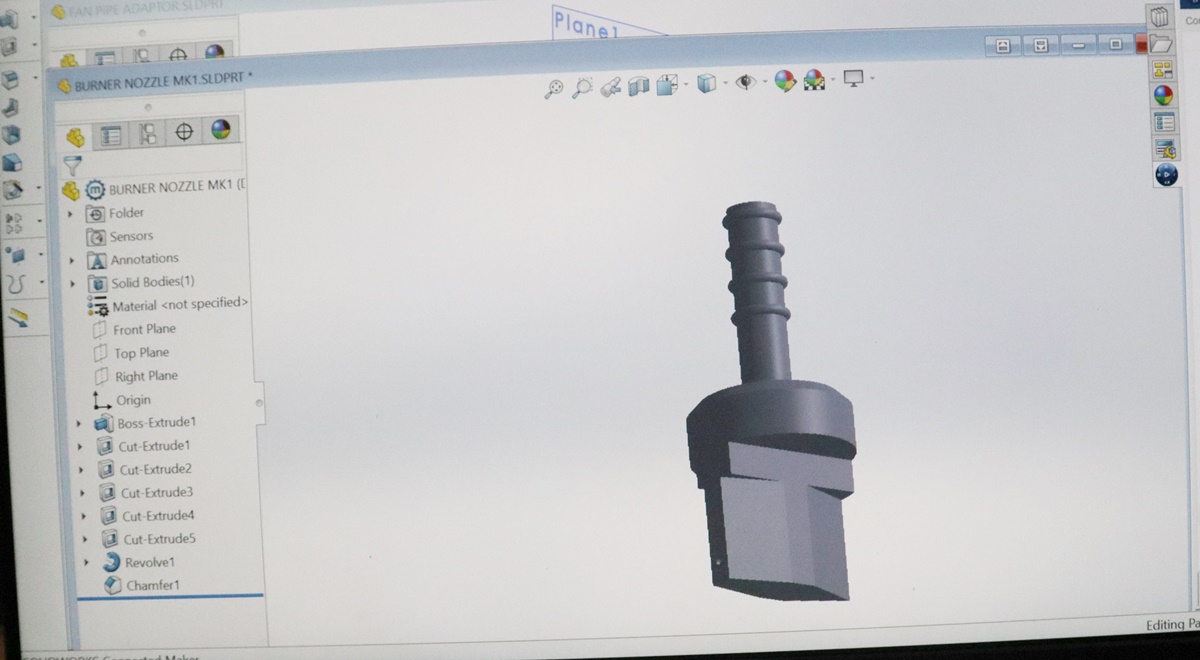 Nozzle projects into centre of tube
Nozzle projects into centre of tube
1 February – Oh dear, another month gone and I didnt manage to blog. My excuses are as follows (in truth none are really sufficient to justify my sloth) – I changed my computer as I was getting a bit fired of the desktop and its foibles, so I bought a reconditioned laptop – a rather better one than I would have been able to afford new at 1/3 the new price and only two years old. That took me a while to get set up – then there was the annual tax return that is always a pain, although this time the tax man owes me a bit. Then I have been doing a You Tube video on health, ( Ageing Well No1 – see on the CLL post) and also having the occasional clay shoot. I haven’t forgotten the Warner breech block – I had some filament that is supposed to work for lost wax casting but it was supplied as a loose skein and it turned out to be very brittle so I couldn’t rewind it onto a spool to fit my printer. Anyway I bought a different make of looseable wax and have now printed up a wax with attached risers at about 1.6 % oversize to allow for the brass shrinkage when I cast it. Today I ventured into the depths of my shed and recovered my electric kiln for baking out the investment to get rid of the wax and heat it ready for casting, and to my amazement it wotked immediately and got up to the required 760C quickly. The same can’t be said of my impromptu furnace, which failed to melt a trial pot of brass. Looking at the design of the burner and checking out a few You Tubes I think I’ll heve to make a new burner tube,, so it will be a week or so before I get tound to casting. Oh, and another thing I did,which was supposed to be a You Tube but hasn’t yet, was to test out a rust remover that I came across called Evapo-Rust, that works by a chemical process called chelation, in which molecules of iron oxide are grabbed in a chemical embrace and removed from the surfaces while leacing the iron itself untouched. It works very well, and is not a strong acid or alkali so it is quite a gentle action while removing all the rust effectively – of course since it goes for the rust it also goes for any browning on the parts – in fact it strips browning veray quickly – 10 minutes of so – whereas it takes overnight to derust a really rusted part, if not longer. It is much less vigorous than the electolytic derusting I used to use, which works by releasing active hydrogen on the surface of the rust, which turns the ferric rust to loose ferrous black oxide by grabbing one of the oxygen atoms from the rust. Electrolytic derusting is risky for springs due to hydrogen embrittlement, and can delaminate bits if there are internal cracks, but it is better at loosening screws, which Evapo-Rust isn’t so good at as it doesn’t penetrate cracks so well. The other disavantage of Elapo-Rust is that it doesn’t work if the metal is oilym whereas electolytic does as the electrolyte is caustic and removes oil. ON balance its a lot less fuss than the electolytic process – so I’ll probablly use it in future – the fluid can be reused many times. (About £20 per litre from Toolstation – next day)
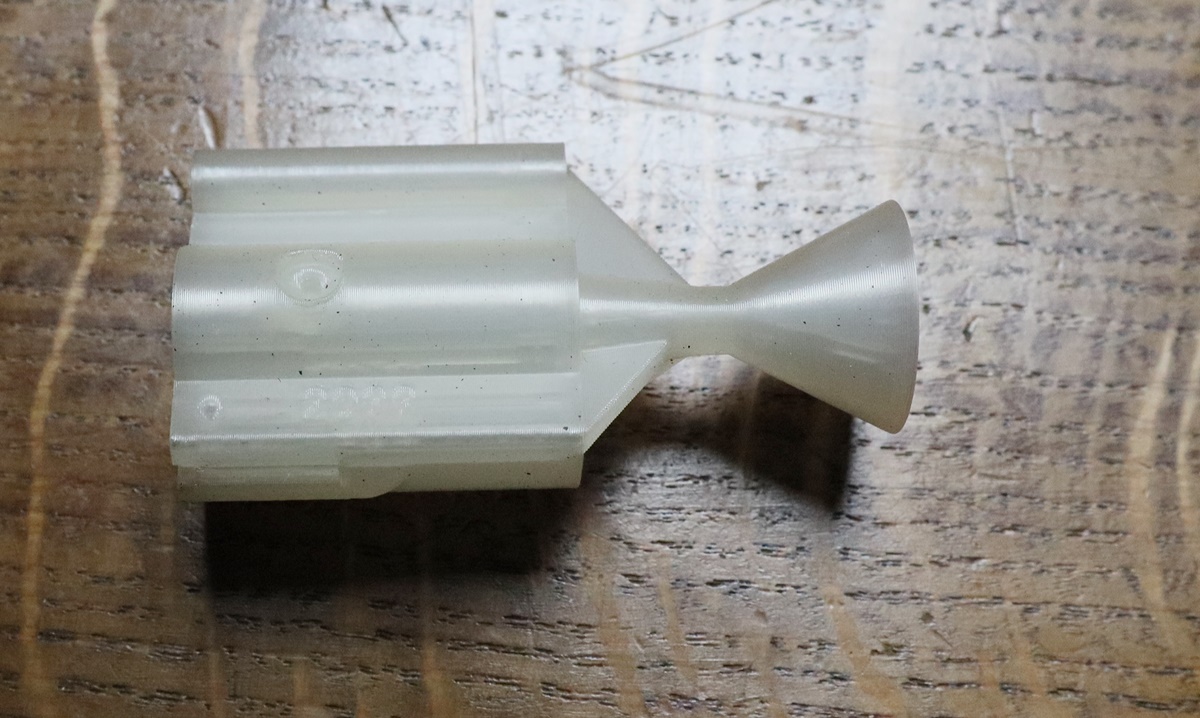 Wax for Warner lost wax casting
Wax for Warner lost wax casting
2nd January 2024 – I stole a bit of time from Christmas family celebration and our traditional new Year Breakfast for 60 guests. Putting away a few of the ‘junk’ guns littering the place I came across a Warner’s Patent American Civil war carbine that I bought years ago minus its breech block. During and just before the Civil War there was a rush to design breech loading carbines to sell to the Union Government – indeed the govenment bought some 40 (?) different carbines in quantities from a few dozen to hundreds of thousands, and of a confusing number of different designs and, more importantly, different bores and chamberings, as many used their own patterns of cartridge. The Warner Patent was one of those that originally used its own special ammunition – the Warner .51 (?) rim fire cartridge ( I think all the cartridge carbines offered were rimfire ?). Warner had a factory that made his patent pistols, and got a contract from the govenment for 1000 carbines, and struggled to get a satifactory pattern arm for them, and was very late delivering and had problems getting the ammunition made. He then got the Greene Rifle Works to take on the manufacture of the carbines and they secured an order for another 3000 which were converted and later made for to .56-.56 Spencer ammunition, since the Spencer carbine was being used in large numbers. The Warner had various problems and not all the initial 1000 appear to have been issued, and none of the Greene 3000. After the war all the unissued stocks were auctioned off and a large batch went eventually to France, but I think with the Warner cartridges although they were Spencer chambered! A number were proofed in England and sold off – these were often chequered on the stock. Mine is a UK proofed Greene model – not sure about the chambering, but probably Spencer. Mine – No 2099 – is missing the hinged breech block. The action is all brass, including the missing breech block. I had been playing with making a breech block years ago when I bought it, and even cast up a rough lump of brass, but it got no further. Anyway when I looked at it I figured I could use my 3D printer to print a breech block and cast it as a sand casting, or try 3D printing in a wax filament that can be burnt out for lost wax casting. The advantage of this is that I can get the shape right by printing plastic breech blocks til I get it right – each takes about 45 minutes to print – then when I have a design that fits perfectly I can use the computer to scale up the model to take account of the shrinkage of the final casting and make my block with minimal finishing. So far I’ve made 3 plastic prototypes in PLA and am getting very near to a perfect fit – its a bit of a fiddle as the original block wasn’t made to any exact geometric shapes so I’ve had to fudge it in Solidworks CAD. There is a good book – ‘Warner Civil War Cavalry Carbines’ by Col. J Alan Hassell, USAF (Ret.) and I did have a look at one some time ago in the restricted weapons archive in Leeds.
 Photo from Col. J Alan Hassell’s book.
Photo from Col. J Alan Hassell’s book.
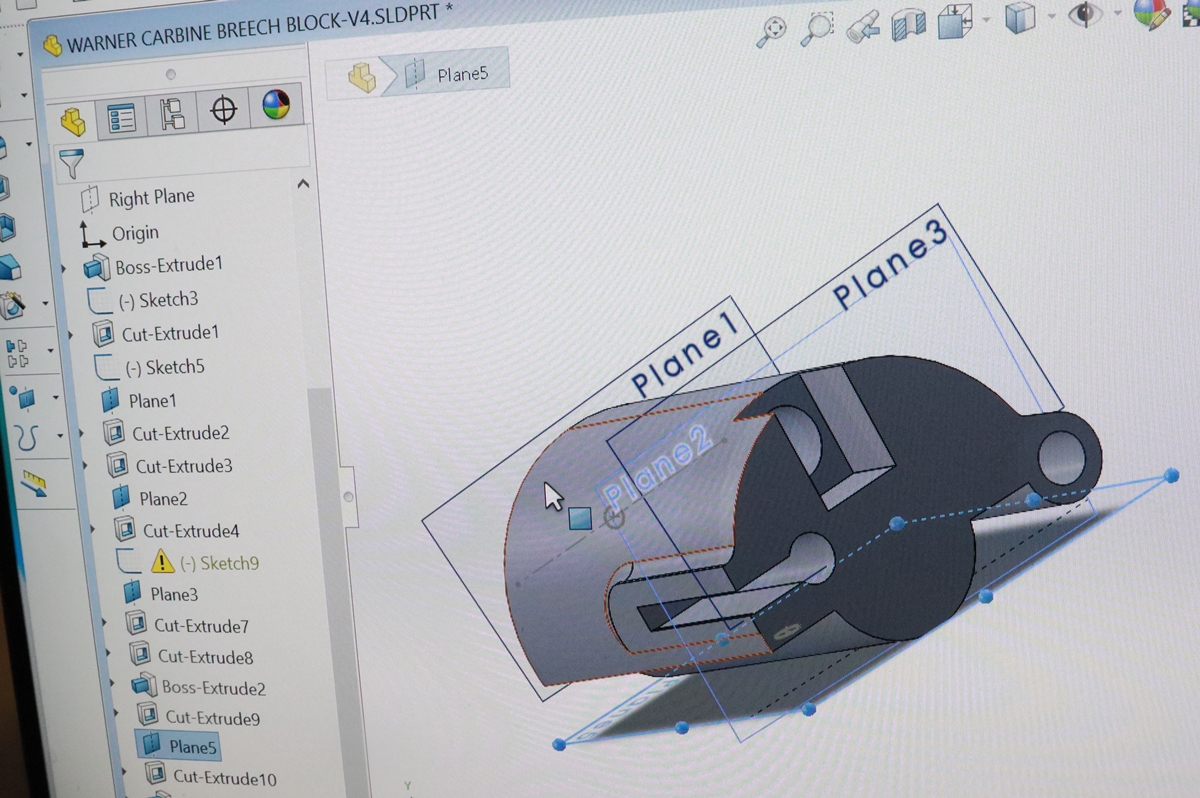
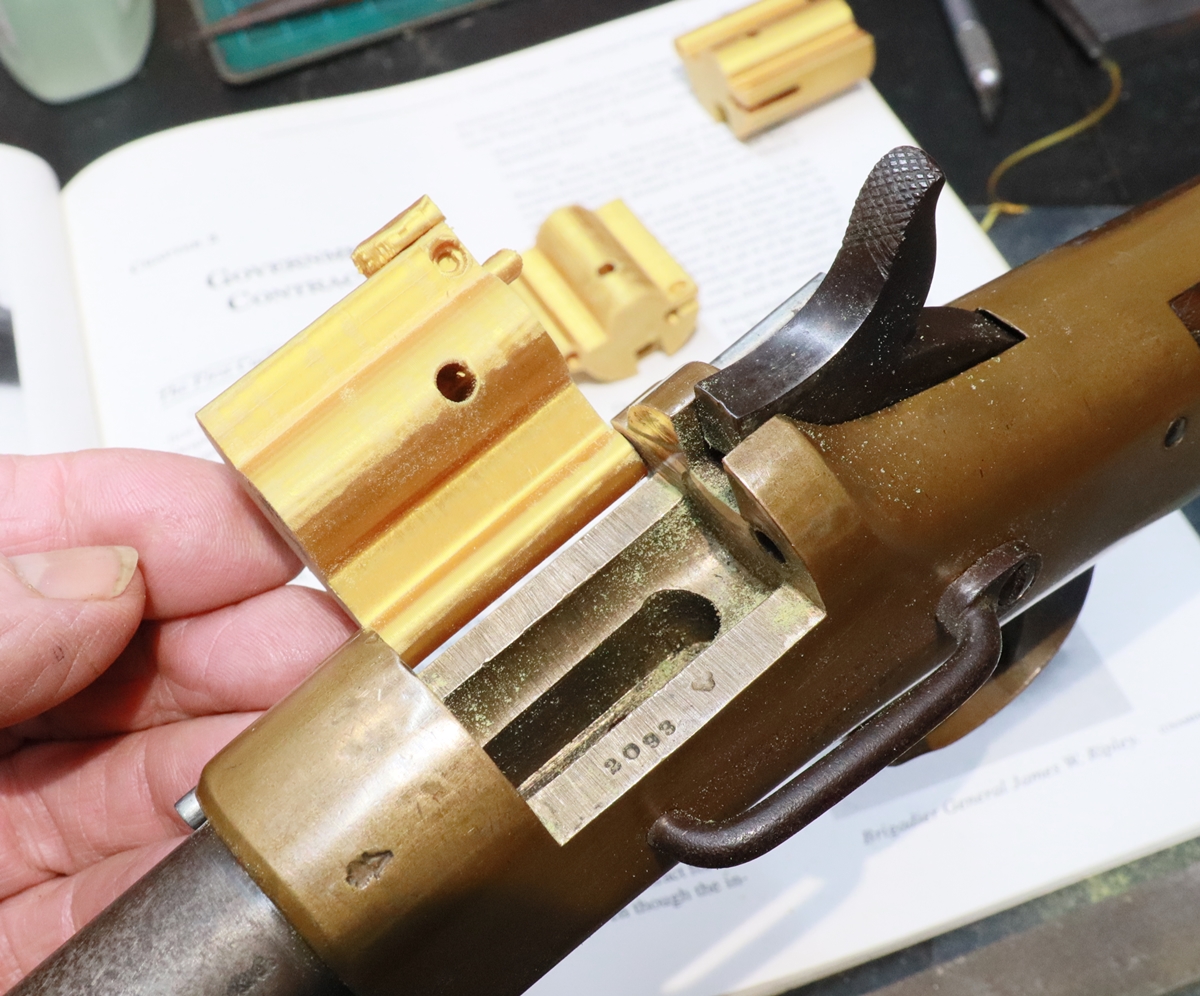 Breech block made of PLA plastic, not Gold !
Breech block made of PLA plastic, not Gold !
25th December – Happy Christmas to you all – and good shooting/collecting for next year. I have been a bit busy sorting out bits of the ‘estate’ for the Christmas festivities but have had a couple of outings with the Westley Richards 11 bore percussion. I was shooting clays and on more or less the last stand I changed the way I looked at the clays and started to hit more – not sure quite what I had been doing, but somehow I seem to have got much better, touch wood. I had a very pleasant shoot a couple of days ago with Tom double pegging. We got pegs that didn’t see much activity but I managed to hit half a dozen for ten shots which is way better than I’ve ever managed before – the usual overall average for shoots is about 3 1/2 shots per bird, falling to 4 or 4 1/2 if there is a strong wind. On this shoot the wind was quite strong to begin with – 20 mph perhaps, falling later and then geting up a bit at the end. Anyway hope to be back in the new year when we have got a big new year’s day party out of the way! I was sorting out guns that were lying around the library to clear it out and came across an American Civil War carbine – Warner’s patent – that is missing a breech block. I suddenly realised that I could make one by 3D printing one slightly oversize in some filament I have that can be used as a mould in lost wax casting, so I might have a go at that in the new year. Would be good to make the outerwise sad gun into somethng nice!
8th December = still clearing out old papers from the office – so far I’ve cleared out 7 full box files and 5 big ring binders and found a lost V5 for the big old Royale mobility scooter we have got to get rid of….. Know anyone who wants an oldish but almost unused one – still running? Anyway I haavae at least reclaimed a bit of shelf space.
6th December – Its a bit cold in the workshop so I’ve been doing a bit of clearing out in the ‘office’ and catching up on some 3D printing I’ll need for sailing next year. At the moment Im struggling with the printing of screw threads – if I print them vertically they print perfectly, but because the resultant layers are across the screw threads they are quite weak as the layer to layer bonding has the least strength, but printing them any other direction involves the printer putting in support structures as it can’t print overhangs, and they stick to the threads and spoil them – I’ll get there in the end. I went to see my haematologist on Friday and was talking about doing a You Tube video on exercise and he thought it would help some of his other patients if I did one with my experience of CLL – so I did – its on the recent posts here. I’m getting swept up in the usual pre Christmas panic to get the house habitable and fit for parties, so I’m not sure how much longer I’ll have time to blog until January! I was hoping to attack another gun restoration soon – I was thinking to restore my big rampart gun – it would be great to fire it – probably needs a quarter of a pound of shot!
3rd December – almost gone into hybernation as its so cold in the house, except by the AGA or around the living room stove. I sometimes wonder if there is anything in this new-fangled central heating people talk about, but like anything invented after the muzzle loaders were replaced by breech loaders. I have yet to be convinced! I did have a really nice day out on Friday – sunny, pretty calm and quite frosty, but dressed up in multiple layers we shot for about 4 hours without getting cold. I managed one of my good days – so obviously padded out like a parcel didn’t affect my shooting. Cleaning my gun I had difficulty getting the right hand lock out because the sear spring tab had come out of its slot, and when I tried to get it together the little tab on the sear spring just wouldn’t stay in the slot cut in the back of the lockplate. I cleaned out the slot with a flat graver, but that didn’t solve the problem. The tab wasn’t well defined – I think it had given trouble before, so I filed around it and made the shoulders a bit sharper, and eventually got it to hold. I hope that is now OK. I realised that I now do all the small fiddly jobs under my microscope, and would find it difficult to do them without – about time to get my cateracts done – my eyes are not bad enough for the NHS to do them, so I suppose I’ll have to pay! Thinking about my most used tools, I reckon the vice ( see post somewhere on the website) I made for my microscope must be my most used home-made tool. I recently found the ball vice I bought when I started – it got abandoned as it was too tall – I ought to sell it, it worked well except that it raised the optics too high, there not being enough room between my knees and my eyes to fit in a bench and turntable, the ball vice, the objective distance of the lens, and the height of the microscope. I’m currenty in a 3D printing phase – making bits for the boat next year, and trying to keep warm.
26th November – Slight problem with the Lancaster left lock – got it all working out of the gun, or so I thought, then put it in the gun and couldn’t get the cock to go down fully – took the cock off and dug a bit more out of the groove on the back, but then couldn’t get the sear to lift enough to clear the half cock bent – I was fitting the lock for the first time, so I wasn’t too surprised that the trigger plate wasn’t lifting the tail of the sear enough. So strip the lock (again – how many times?) and remove the sear, heat the arm to red heat and gently bend it in the right direction. Usually the only thouble putting a lock together again is getting the sear/sear spring fixed – how and when you do it depends on the design of the lock mechanism and bridle arrangement. The sear spring is almost always held at the top end by a screw about which it is free to pivot but is located by a tab on the top arm of the spring and a slot in the back of the lock plate. Sometimes the design allows the sear spring to be removed with the bridle in place – in this case the spring passed under the bridle so has to go on before the bridle. You then have 3 components to juggle before the fourth, the bridle, goes on. In this case the spring went on first, because its otherwise a fiddle to get its tab in the slot. By holding the sear spring closed with long nosed pliers its possible to slip the sear in place, and then raise the sear against its spring sufficiently to introduse the tumbler, then put on the bridle and finally the cock. Anyway it took me two iterations to get enough bend in the sear arm to lift the sear enough. Put that together and noticed that the barrel bolt was not held in, so had to put a little pin through the wood and the slot in the bolt ( cut off end of a safety pin & a dab of superglue to stop it falling out of the existing hole). Quick wipe over with a slightly oily rag (only a little oil so as not to darken the wood next to any oiled metal, and its back in its case and away off to storeage. Pause now while I work out what to tackle next – I’ve got a few bits of an early long gun – stock and very long barrel, in pretty poor condition and no lock, but it does have very fine engraved brass trigger guard – I have a flintlock plate that might fit with a bit of fiddling and a possible cock and frizzen – all of which will need some parts making and a lot of welding – it wouldn’t amount to much if done, but would make a wall hanger – I’m tempted (a bit). I also have the parts for the other Wogdon, but that’s a very long job to make the stock, make waxes and cast the silverware and get into practice for some quite critical engraving – maybe I’ll leave that as I do want to get on with some bits for the boat – I need to design a new mount for the tablet near the steering position and a fixing for a stainless pipe extension so there is something to hold on to when it gets rough – plus do some more Navigation software…. sounds like a busy winter – plus I did resolve to try to clear out a lot of the clutter round the house and workshops………
25th November – Bit more work on the second of the Lancaster locks – almost there – seems to fit together quite nicely and looks the part – the locks and safety catches work now. I was scanning through the results of the recent Bonhams sale of the Gerry Penrose collection – or at least I think it was only part of his collection – I know Gerry and have looked at his collection several times and think there is more to come. I was keen to see what prices the lots fetched, given that there were so many examples of lots of the gun and pistol types, so it was really a buyers’ market – from the prices realised and David Williams pre sale estimates I think with very few exceptions things didn’t go above the top estimate and, assuming that the estimates in the catalogue are hammer prices and the realised prices include buyers’ premium, then the average selling price was near the bottom of the estimates, and possibly below the bottom estimate in some cases. I guess all the lots have to go somehow, sometime. I was interested to see the Lorenzoni repeating flintlock carbine fetched £9000ish against an estimate of less than half of that – I had been very tempted to go to the sale and I did fancy it at the low end of the estimate but not the realised price! A couple of Colt revolvers sold OK, and the .44 rimfire Winchester went well – all things I’d have looked at but almost certainly not bid on, and which have probably sold to the U.S. None of the cased Adams type revolvers sold – I thought the estimates were a little on the high side although I do like those pistols. In general the market for long guns isn’t dead, just resting! and the market for pistols is not brilliant but is always better than long guns as more people have room for them. Pretty little cased pairs of travelling pistols etc. are sought after – they don’t take up much room, are usually in good condition and are nice to handle. My comments on the overall prices are based on the catalogue descriptions as I have not seen them except on the wall in Gerry’s gunroom, but I know some of them have had work done on them – I think I’d worked on one of the guns he had but I can’t remember what it was.
24th November – Sorting out the locks of the Lancaster i made in 2014 and didn’t finish! Cut the half cock notch in the Left Hand lock tumbler – fiddly job as the bent requires that the sear is held even if the trigger is pulled, so it needs to be filed as a narrow angular cut, quite sharp. Of course no needle files of the correct profile exist, so I have to take needle files and give them a dead edge running to a sharp angle using my diamond hone – I was wondering today what the most essential tool in my workshop was – I guess the hone comes pretty high! As well as modified files I also hone hacksaw blades down So the teeth cut a V shaped groove – obviously they don’t cut brilliantly but are OK for starting the shape – I use them for starting the slots in screw heads too. After the bent the next job was to fix the safety catch which works by engaging a groove cut in the back of the cock – when the gun is at half cock the safety can be slid in and locks the cock from being fully cocked or from being let down. The safety has a springy tail with a pip on it that engages in one of two small pits on the face of the lock. It’s incredibly fiddly – I’d made the safeties before, but when I came to fit them I found that one of the screws that secures them from the back of the lock had got lost, so had to make a replacement – its the smallest screw I’ve ever made, and I’m not sure I want to make any smaller. I couldn’t remember what the thread in the safety was, but looking through my stock of taps and dies the only ones I had that were small enough were 9 B.A. so I must have used those – it fitted! The safety catches were usually blued and so I found a place on the AGA hot plate that was around 300 C and popped the safety under a couple of folds of aluminium foil and shut the lid for 5 minutes – not perfect, but not bad! Job done.
Fixing 9 B.A. thread is up through the knob – not much room there!
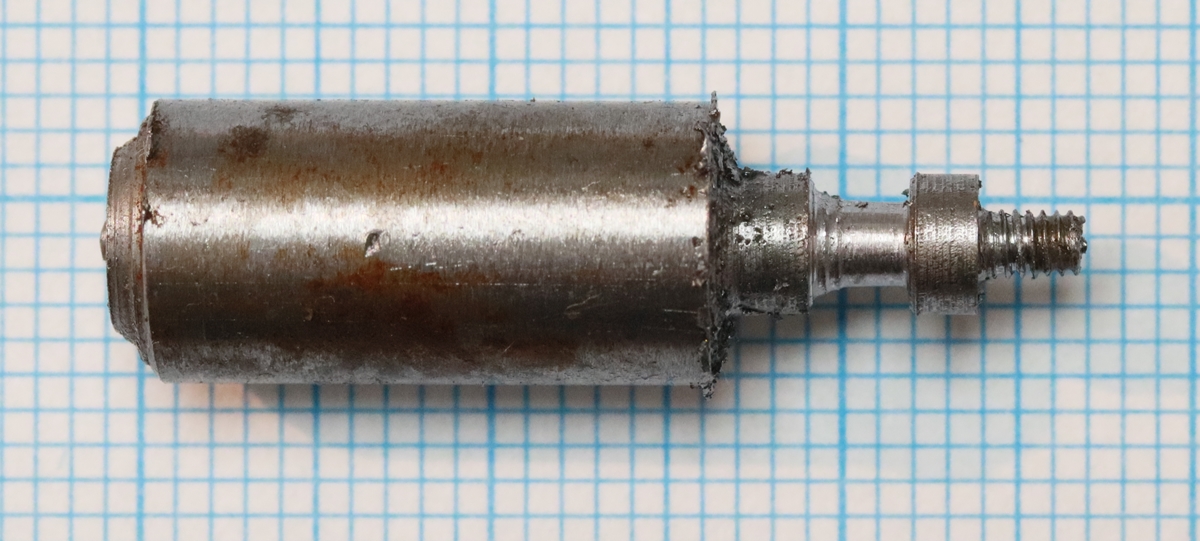 9 B.A. screw still attached to the stock- the squares are 1 mm.
9 B.A. screw still attached to the stock- the squares are 1 mm.
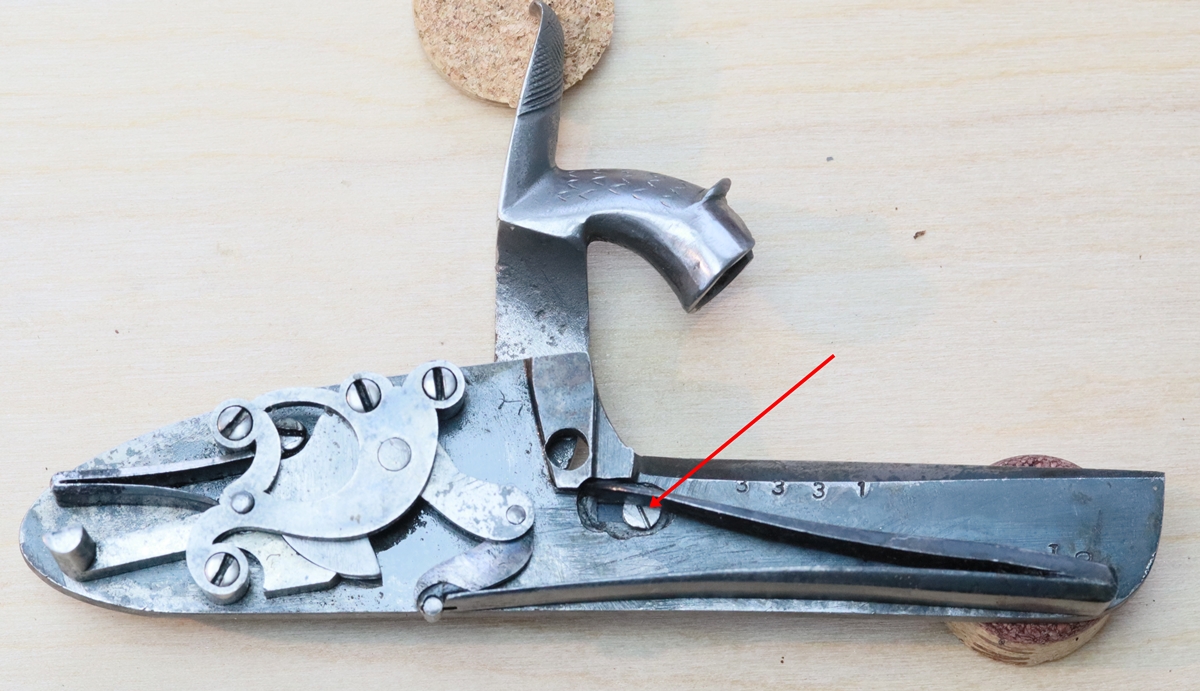 Arrow shows fixing screw of safety catch
Arrow shows fixing screw of safety catch
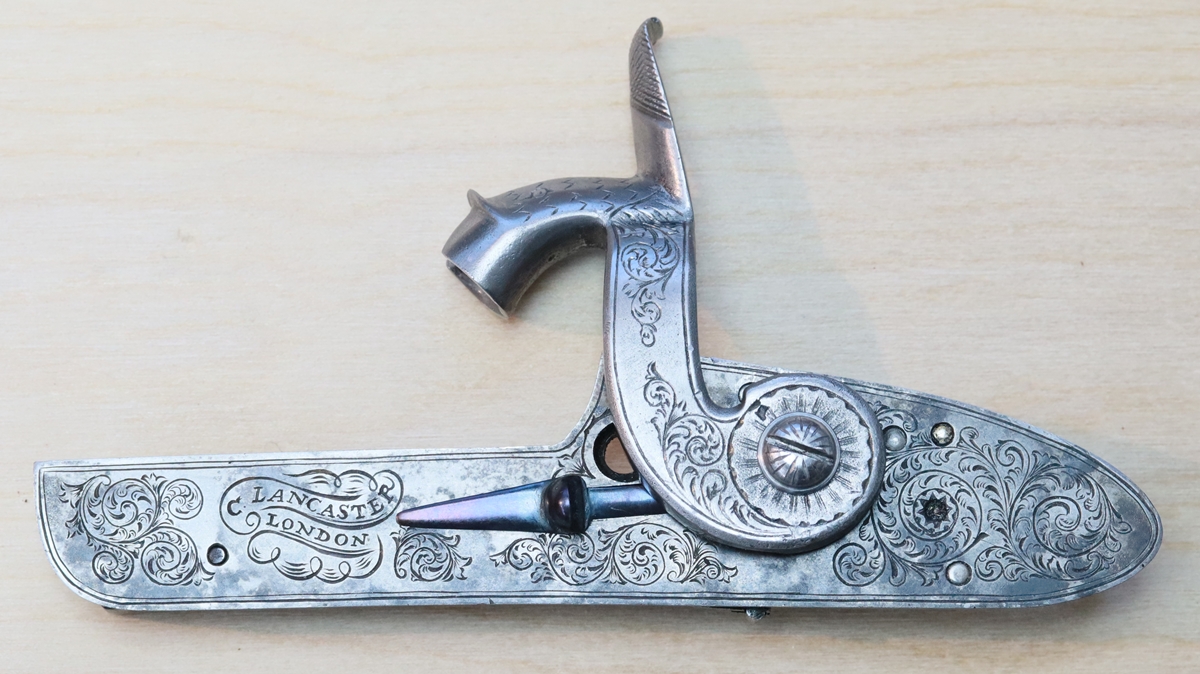 Finished new lock for restored s/n 3331
Finished new lock for restored s/n 3331
 Lock from original Oval Bore Lancaster s/n 3076 made a few years earlier than the restored rifle.
Lock from original Oval Bore Lancaster s/n 3076 made a few years earlier than the restored rifle.
I must have been better at engraving in those days – I’m quite out of practice now!
21st November – A thought struck me – assuming it takes a goodly while for any lead ban law to be passed and then there is a 5 year delay on game shooting I’ll be almost 90 by the time it hits – so perhaps I shouldn’t worry from a personal point of view – anyway around then I plan to be sailing round the world single handed ( it’s on my bucket list) – about the only way to achieve a ‘First’ in that enterprise is to do it older than anyone else has! I have a little problem with my Westley Richards percussion gun – one of the plugs by the nipples is looking a bit ragged, and I feel I ought to replace it – the other one has been plugged with steel. The problem is, how are they fixed in, and what are they made of? And why are they there? They plug what must be the only way to bore through from the bottom of the nipple to the powder chamber in the breech. Some breeches on double guns did have a hole from the opposite side that it hidden in the joint between the two breech plugs, but I think that relates to Nock’s patent breech , anyway I certainly haven’t ever seen it on single barreled guns. The small hole through the plug was thought to reduce the recoil – there was a theory that small holes in the breech had that effect, but of course the only way it could affect the recoil is by allowing some of the explosive gas to escape, with the main effect being to reduce the muzzle velocity of the shot – although the hole in the plug is too small to have any significant effect.. It has also been suggested that by blowing some of the gas through from the chamber it might have had the effect of clearing fouling from the area – at least that probably doesn’t breach any principles of physics. Another idea for the plugs is that they are a safety valve – blowing out before the breech pressure gets high enough to damage the barrel etc. or blow out the nipple – but that is probably a bit advanced for the thinking of the period – or is it? Next problem – what are they made of ?- John(?) Manton had introduced platinum (Platina) in 1805 and I guess it wasn’t that expensive as it was used in touchholes and later for lining nipples – so it would have been in use by the time percussion guns were being made. I guess alternatively it could have been silver, but that is maybe a bit soft for the job. I can’t find any direct reference to the fixing of the plugs in any of my books but I’m told that they screw in – by Kevin who has replaced one. That seems to be the only realistic way to fix them, although I did wonder if they could be spread into a recessed bore by tapping in with a hammer , but they would need an inner rim to support them. To remove the bad one I’ll have to cut a slot in it or drill it out I don’t use thread extractors as they invariably expand the thread and lock it even tighter- they are more or less OK in hardened steel studs! As I probably can’t lay my hands on enough platinum to turn up a stud, I’ll have to make it out of some other material. I’m tempted to use titanium- which I’ve used for many years for making nipples without any trouble, but my experience of using it to make a touchhole was a disaster – it flamecut very badly after a few shots and would have blown out if I hadn’t checked it after the first time I used it. I think it would be OK as long as it didn’t have the hole through it, but I’ll probably resort to stainless steel to be on the safe side. I’ve started to cut the half cock notch in the Lancaster tumbler – The old lock mechanism I fitted to my new lockplates was from a shotgun – Ive had to weld up the old half cock notch as its not in the right place, but the main problem is that as a rifle it would need a detent on the tumbler preventing the sear from entering the half cock notch when it is fired by a gently squeeze – its not a problem with shotguns as the trigger pull is much firmer. I don’t think my skills or patence is up to fitting detents to non dtented tumblers, so I guess I’ll leave it so it does go into half cock and full cock, but can’t be fired in the way it would as a rifle.
20th November –
THIS IS IMPORTANT!
If you shoot muzzle loading shotguns this may be your last chance to keep the sport alive act now – deadline 10 Dec!
The recommendations of the HSE Opinion on lead in ammunition have now been published and are, in summary a partial restriction is proposed on lead in ammunition for rifles and pistols of any calibre or type, breech or muzzle loading, as I understand it mainly for two reasons;- 1) For live quarry rifles it has not been shown that there is an adequate substitute that is equally effective – using a less dense metal means the bullets have to be longer to retain kinetic energy and that affects their stability and the accuracy is impaired, so leading to less clean kills. 2) For most target shooting lead recovery is possible, indeed it is necesary to preserve the safety of sand bullet stops – there will be a ban on the use of lead in rifles and pistols in ranges that are not approved for the use of lead ammunition, but HSE expects that most ranges will be so approved – it will ban, at least in theory, checking your rifle at a target in the field to zero it. Unfortunately there is no such luck for shotguns – a time limit of five years is proposed for live quarry, including game, shooting, and 3 years for clay shooting – there will be a derogation for shooters in international competitions where lead shot is required by the competition rules.. There is the statement that 22% or shotguns can fire steel, and no mention of muzzle loaders. There is now a chance for us to have our say on the practical and social implications of a ban on lead in muzzle loading shotguns. The survey closes on 10th December, and it is vital that every shooter of muzzle loading shotguns (specifically) replies to the survey as soon as possible. Alternatives to lead for the antique muzzle loaders that many (or most?) of us use are not proven not to damage soft iron barrels, and in any event the muzzle velocities using black powder, and the breech pressures that these guns will stand will not let us achieve the high muzzle velocities that are necessary to give our reasonable sizes of shot in alternative metals like bismuth sufficient pellet energy to work at the ranges we need. We don’t have the option open to breech loaders of upping the charge! Changing to larger shot sizes means much leaner shot patterns at range, resulting in more pricked birds. There has been no research on the use of Bismuth in old barrels so there is no evidence that it is not going to damage guns that have survived for up to 200 years so far. My own view is that I don’t really approve of game shooting with breech loaders – the bags are too large and its too easy to get trigger happy – I prefer the enforced slower pace of muzzle loaders! My interest in clay shooting is partly as an adjunct to game shooting, and partly as because I enjoy all aspects of our great heritage of old guns – many still in fine condition, from restoration and repair to collecting and using – a gun is not a real historic artifact in my view if it can’t be fired, which is why I restore guns to working condition even if I’m actually never going to shoot them. Clay shooting is almost invariably a social activity – you very occasionally see a lone shooter using the ‘delay’ button on the clay traps, but for the most part its two or more friends – my clay shooting friends are an important part of my circle of friends with whom I share a common interest in old guns, not just in propelling spheres of lead towards disks of clay! Many, but not all, of my fellow shooters are post retirement and it also a significant part of their social life – one of the things that impresses me is the support many give to any of us who become ill or find it difficult to join in. If we do not succeed in getting a derogation for muzzle loaders it will kill off the sport overnight – there is no alternative – its up to us to make a strong case in response to the survey, and to enlist other muzzle loading shooters. – it not an opportity for a general rant, however! We acknowledge that it is actually a small number of people involved, but its a negligible contribution to the problem and almost certainly puts much less lead into the environment than the live quarry rifle shooting that will continue to use lead – but the individual impact on those people will be significant
Click on the links below ;-
See also Martin Crix’s comments – better put than mine and in more detail!
20th November as well! – I Finished cleaning up and putting together the little 7mm centre fire walking stick – the only problem was that before the trigger didn’t pop out when the sleve was rotated, and when I took it apart a small spring dropped out from somewhere, that I assumed was the spring that should have pushed out the trigger. Anyway there was no proper mechanical way that I could see of fixing it, and I concludud in the end that it was slipped in between the wood and the inner metal sleeve, and just stayed there! Well it seems to work, and there was no other way to fix it. So that can be put to bed as restored.
16th November – Very pleasant shoot today, and the rain held off. I had a bit of a problem getting to grips with the different gun but I got there in the end! I discovered that the pegs that go with my cap dispensers are not really a tight enough fit and the dispensers can fall off the pegs, as they did for me a couple of times today, so I came home and modified the drawings and ran off a couple to check that they were better, and opened up the parcel I was about to send off and changed the ones in there. I’ll now replace all my stock and print up more cappers – they seem to be quite popular at the moment! If you have weak ones and want them replaced just email me. I have been shown one that broke one of the arms, although none of the many I have used a lot have broken – I’ll see if I need to thicken the arms slightly. |Most of the other broken ones I’ve seen are one of the other types advertised on ebay, but I have happily replaced them with one of mine! Easy changes are the great benefit of 3D printing – it takes me less than half an hour to effect the changes and set a new lot printing, I get the prototypes in another half an hour – imagine if they had to be injection moulded as in the pre 3D printing era – the cost of the mould would be hundreds of pounds if not more.
15th November – I weakened, and redid the Cook’s Patent cane mechanism – I wanted to do a bit of TIG welding as I hadn’t touched it for a couple of years as I’d run out of Argon, and anyway I didn’t like the look of the piston shaft when I looked at the photo on the blog – I find that things always look worse in photos – I often deliberately take photos because it reveals faults that I don’t see in the flesh. Anyway I managed to weld up the little bit without closing up the hole. While I had it out I looked at the spring to see if I could sort out the cap firing – I decided that the spring was too short – when the piston hit the cap there was no tension left in the spring, I didn’t want to use a longer spring of the same diameter wire as the initial tension would be too high, so I opted for a longer spring but a slightly thinner wire – 1.2mm instead of 1.6mm. Anyway it all went together nicely and now works just fine, including firing the cap. I decided that I wouldn’t do any restoration on the exterior as the original paint finish is, well, original – any attempt to refinish it would just look wrong in my book. So job done… Next up I got out my little 7 mm breech loading centre fire cane – I think these were used by naturalists and hobbyists with very fine shot or dust shot for collecting specimens for taxidemy, or possibly with bulleted breech caps. This one is very fine, very slim and encased in dark wood – you would never suspect it housed a gun – the only clue would be that the silver ring rotates and a trigger pops out. There was a bit of a problem as the wood casing was rotating on the metalwork and opening and cocking it relies on rotating parts of it, so I stripped it down – probably just as well as the very thin barrel was quite rusted on the outside and could have split the wood if it rusted much more- also the trigger no longer popped out. So far I’ve taken it all to pieces and cleaned up the outside of the barrel, then I had to stop to get ready for tomorrow’s shoot. I realised that the overshot cards I had were slightly too small for the Westley Richards 11 bore and I didn’t have a card punch that was the right size. After an abortive attempt to make one from a box spanner – I couldn’t harden it properly because I ran out of Propane, I knuckled down and turned up a proper one from a piece of EN8 bar – bit of a saga as it was a large bar and so had to be reduced in diameter, so I got the suds pump working after some fuss, then it more or less flooded the whole tray of the lathe! Anyway (always lots of ‘anyways in this blog! ) I did get it done and bored and milled the side away to get the cards out. In the chuck of my miller it bangs out cards in no time at all – using 2 thicknesses of card and a wooden fixed block I turned out several hundred in ten minutes. I ought to take the time to make a cutter that throws the cards out – I have to stop this one every 20 cards or so to unload it.
Proper job now!
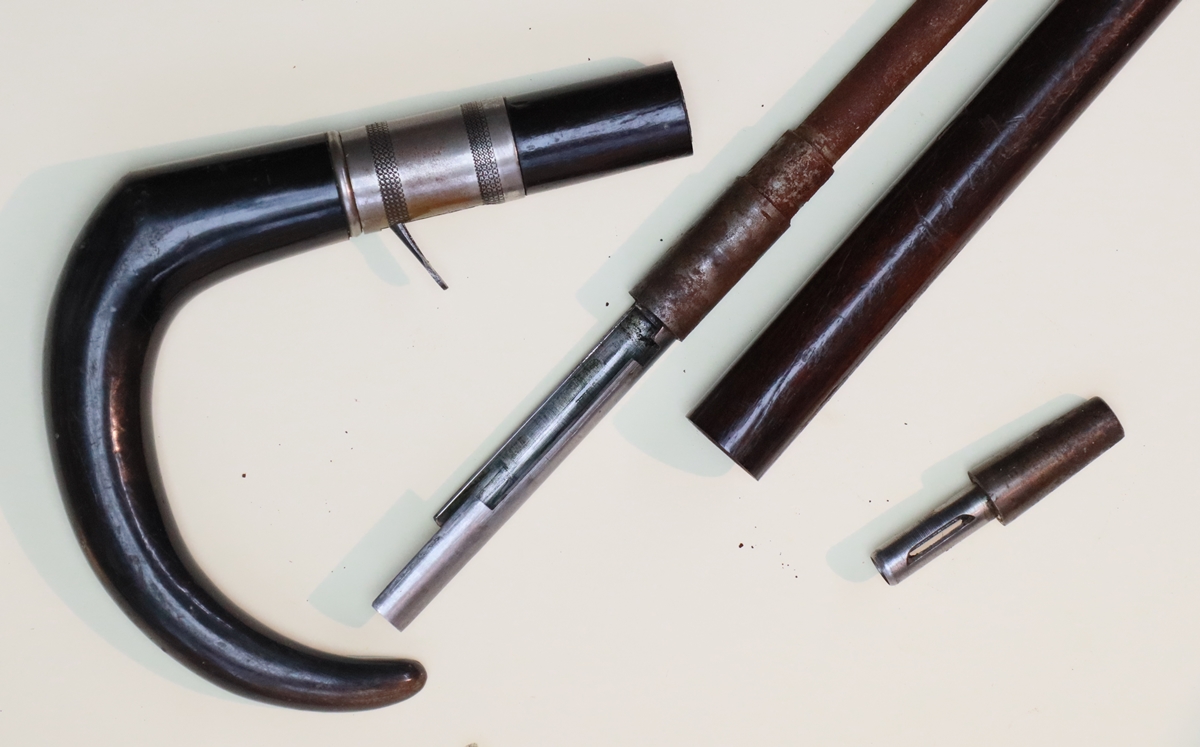 Another walking stick – very graceful, unlike the previous two. – 7 mm centrefire
Another walking stick – very graceful, unlike the previous two. – 7 mm centrefire
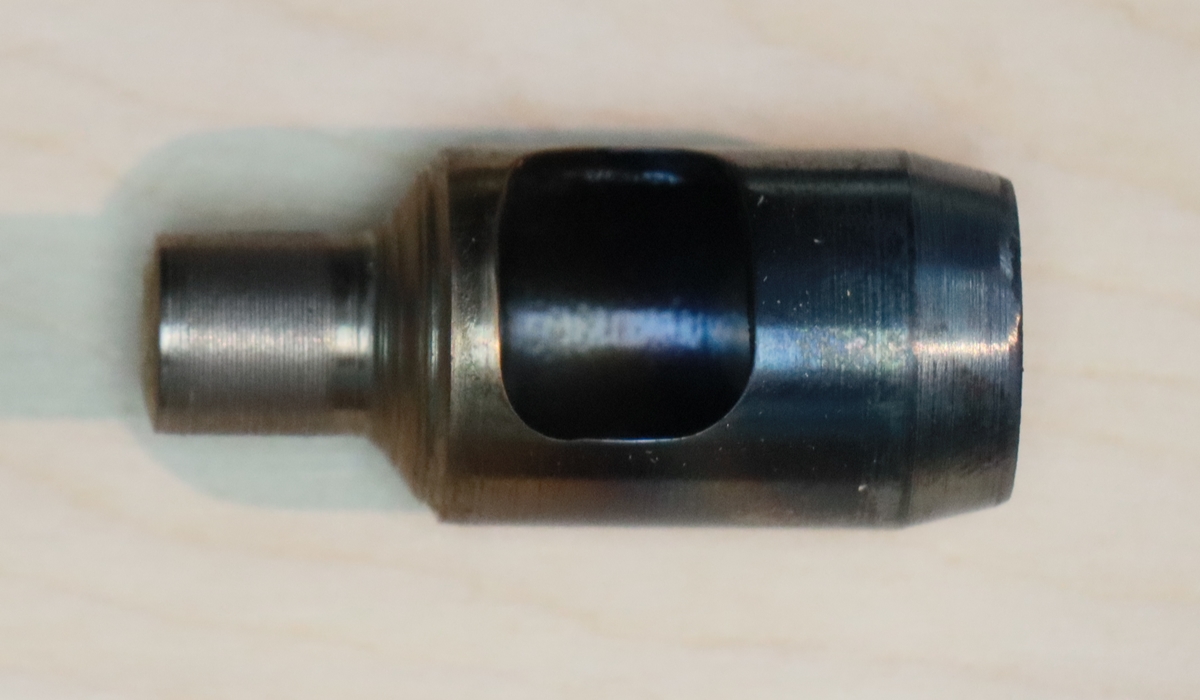 11 bore card cutter for overshot cards.
11 bore card cutter for overshot cards.
14 November – I finished the J R Cooper write up and its gone off the MLAGB to see if they want to publlish it – I hope it will draw forth some useful information if it get into print. I got back to sorting the Cook Percussion cane that a correspondent to this blog had suggested a way of repairing. I turned up a bit of bar, put flats on it and drilled a hole throught the middle and put it back in the lath and turned tha pins down and parted it off and then filed a square in the hole – fitted fine and now cocks and the mechanism fires off but although it hits the caps it doesn’t do so with enough force to ignite them, That could be because I replaced the spring with a somewhat less strong one as I thought the one that was in there had been too strong – it didn’t look as if it was original – and I thought it had resulted in the mechanism breaking. Or it could be that the sliding bit I made was too thick and just caught the end stop as the piston hit the cap – the cap has been hit lightly, but obviously not quite hard enough. As with the J R Cooper I can’t make up my mind whether to pursue the issue or leave it since it does function and its unlikely that anyone will ever want to fire it in ernest – I certainly don’t intend to. I could take it apart again, although I did cheat and use a drop of instant glue on the cross pin in the damaged hole in the piston rod that I’d threaded into the piston shaft. We shall see… I am on a shoot on Thursday – I may forsake my nice little Nock single 16 bore for my much meatier Westley Richards 11 bore double, although its obviously a bit more to lug about all day – still my weight exercises might with luck mean that I still have some muscle in my arms! I guess the next gun on the agenda is the Lancaster Oval bore – I realised why it wasn”t finished while I was doing the restoration – I’d sent off the cocks of my proper original Lancaster to Blackleys to get copies cast for the restoration, and it took 2 years to get them, by which time I’d started something else! Looking back at the post on this website for the Lancaster I realise it must be around 10 years since I started this blog and put up gun stuff – there was some house building stuff before that, not much! Anyway I should celebate 10 years of gun blogging! In that time I’ve had 4 million visits from half a million visitors in total ! The UK is the biggest single audience, but taken together there are a lot more overseas visitors than home visitors – mainly American, Russian and German visitors, but quite a few from China, Australia and Canada plus a steady trickle from all over the world. I get over 100 visits a day every day. Really quite amazing the reach of the site! I think it must be the biggest gun restoration site on the web in terms of the range of subjects covered and the sheer volume of material – there are 2200 photos on the site and its about the maximum size for a University of Cambridge Thesis! I’m not sure how much storage it takes up on the server – fortunately available storeage on my ISP goes up with time as the size of my blog increases! Anyway some photos of the Cook cane;-
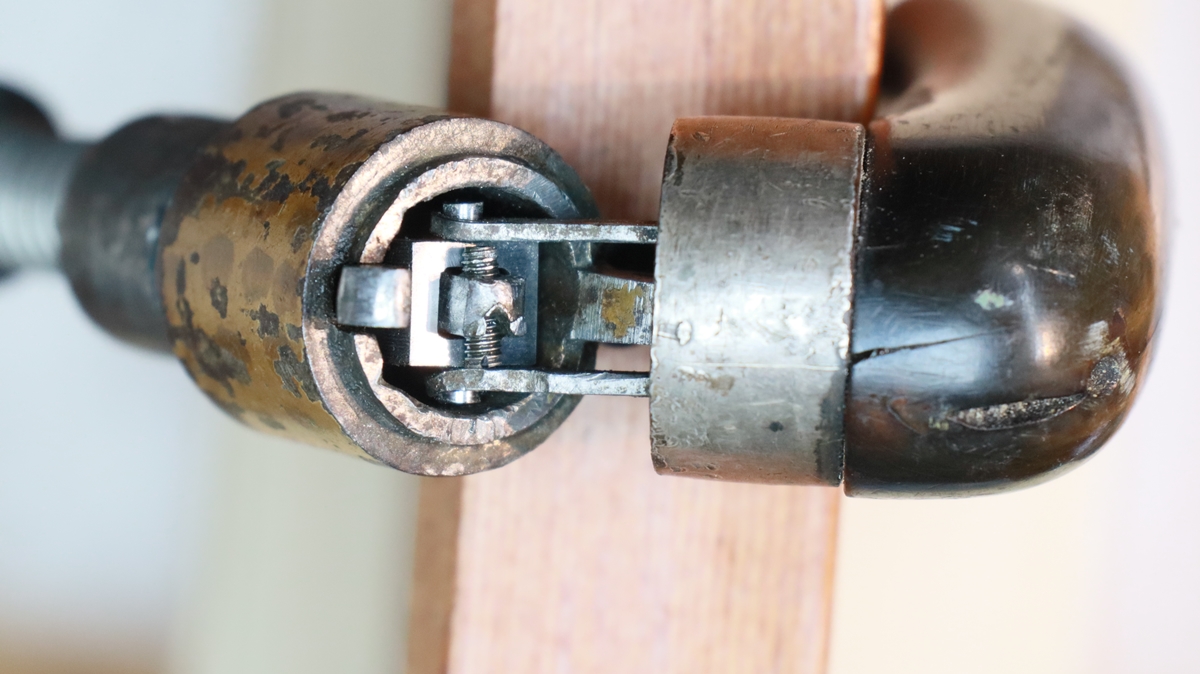 I ought really to put a dab of weld on the end of the piston rod and use a better pin!
I ought really to put a dab of weld on the end of the piston rod and use a better pin!
10th November – I’ve finished writing up the construction of my dinghy and I think I have enough photos for an article in Practical Boat Owner, so I’ll send that off shortly. I have started to write an article on the J R Cooper for the Black Powder Mag of MLAGB but realised that most of the existing photos are terrible – I didn’t have a decent setup when I did the original ones, and the latest ones I just did for a record as I worked, so I’ll probably have to take it down again to photograph it properly. Writing the article I mentioned the Jones Paternt that I have, so I got it out to have a look again. Its a rather fine gun, made for Royalty somewhere in Germany to an 1833 patent. Its a double barreled shotgun and meant to be a weatherproof action with enclosed hammers and nipples. It doesn’t have a magazine for caps like the Cooper so the top slide has to be opened to reload caps by sliding it backwards . Strangely the caps fit onto the noses of the hammers and had the percussion compound applid to the outside of the cap so that it fired when the hammer hit the nipple, which came out through the centre of the hooks in the breechblock, as in the Cooper. Again you wonder what the real advantage was – if its raining you still have to open the slide and fiddle around capping the hammers and carry around caps that are not readily available, plus of course its still a muzzle loader with all that palaver – I’m not convinced by it, I can see why it never caught on! Here are some photos of the Jones Patent No 7610 serial No 169 of about 1833;-
9th November – I just realised that the J R Cooper is made of what was called Tutanag in the 19th century – I’d heard of it as used very occasionally for making pistol bodies etc but never for long guns – I now know its the name used to describe alloys of about 50% (?) copper and variable amounts of tin and zinc, so I was right in my guess as to the general composition of the non ferrous parts of the Cooper, I’d just never associated it with the old name for the alloy. It clearly wasn’t a precise alloy of the components, just a nickel silver wasn’t a precise mixture of copper and nickel, whereas Britannia metal was a proprietory alloy of fixed composition. So at least I can properly describe the gun now! I spent today writing up the construction of my little dinghy as I want to publish the plans etc some time. I also want to publish some 3D printing plans etc for boat parts. I may have to start another website, or at least reclaim one of the other 10 I already have, as this one is banned on some business servers as it mentions firearms – even my Talk Talk mobile network by default stops me going on my own website! I think I can get them to switch off the block – I must check it out before I go sailing again as I want to blog from the boat. I’m wondering if its worth keeping on trying to get the Cooper to fire off caps – I hate to give up at this stage, but am not sure of the best way to proceed – it all seems to work except the caps don’t fire – maybe the piston isn’t hitting hard enough or doesn’t travel far enough – I can just insert a penknife blade between piston and nipple and there is certainly less force than I would expect – but I can’t see anything wrong with the mecahnism – obviously needs another examination…… My main lesson from the Cooper is that its too dangerous to have got anywhere in the 1840s – not knowing if there are caps in the magazine and not being able easily to flush them, and not being able to see the state of the tumbler would not have appealed to the 19th century gentleman, any more than they do to me!
7th November – I tried out the capping on the J R Cooper – but my modified caps wouldn’t work – they transferred to the nipple OK but didn’t fire. I’m not sure if it is because the caps are old and faulty or not very sensitive, or quite possibly they need a bigger impact than the piston gives – you can see a slight imprint of the end of the nipple on the inside of the cap. the metal of the drawn caps was thicker and maybe they were more sensitive. So the saga is not yet over………… I got another spam call from ‘Bank Security’ yesterday – its a recorded message saying you have had two transaccions on your account and press 2 if they are not right – then you get to speak to someone who wants to know your name, date of birth and which bank! So you give him some made up details and he then says you have to ring security at whatever bank you told him and gives you ‘their’ number which will be an 020 3289 XXXX number. I try to take as long as I can to keep him on the line while I go to look for a pencil, then to find some paper – the longer you keep him occupied the fewer innocent people will be bothered by him. Ring off after telling him he is a bloody pain and a pretty incompetent scammer! If you then google the number you will find on a website that there are lots of 020 3289 numbers that have been used by scammers for months. If you think about it, they must make money out of some pretty gullible people, which is despicable, or they wouldn’t do it. It makes me very angry that this easily killed fraud is not stopped – given how easily the police can track phones when they want to, and how easily phone companies can disconnect lines, and how publically the information is about which lines are misused it must be because the authorities just don’t care. Given that they mutter about how important it is to tackle low level crime, its pretty appalling – I am trying to start a campaign – I must have had about a dozen of these calls in the last 6 months…!
6th November – Had a bit of a problem with my super Bambu 1X 3D printer as the filament broke in a couple of places inside the tubes and extruder and I had to partially strip it to clear the bits – its a beautifully engineered device but everything is so small that its very fiddly – the screws look a bit like the tops of pins! I don’t know what had happened to the filament, it seemed to be rather brittle when I tried to bend it so I’ll be careful when I next use that colour – trouble is its my standard colour for cappers and card dispensers – pine green. Well, I wasn’t happy to leave the J R Cooper without knowing whether the cap system would work completely including voiding the caps after they had fired, or rather when the gun is moved to half cock – I didn’t hold out much hope of finding the right sized caps of the correct construction so I decided that I’d have to modify existing overlength caps. That suits my favourite activity of toolmaking! I made a jig to hold the caps at the right depth so I could just file off the excess length – I drilled a series of 3.4 mm holes in an 8 mm steel plate and opened up the top 4.6 mm to 4.8 mm diameter. I can drop the caps in the holes firing side down and gently file off the skirt that protrudes above the plate, blow out the swarf, push a short tapered brass rod into the mouth of each cap to make sure its round and any burr is opened out, the GENTLY push the caps out with a matchstick through the 3.4mm hole. I am of course very conscious of the nature of the caps, and wear safety glasses and work very carefully and gently making sure that I am never directly in the firing line if any cap were to fire. Anyway it works and I now have around a dozen caps that seem to be the right dimensions so tomorrow I will repeat the multiple firing experiment – just the caps, every time I look closely at the ?brass, tin, zinc ? alloy and its cracks I doubt the gun would stand being fired. I do like to shoot most of the guns I work on if sensible and legal, but not at the expense of damaging them! Even if they are not shootable I do like them to be fully functional up to that point.
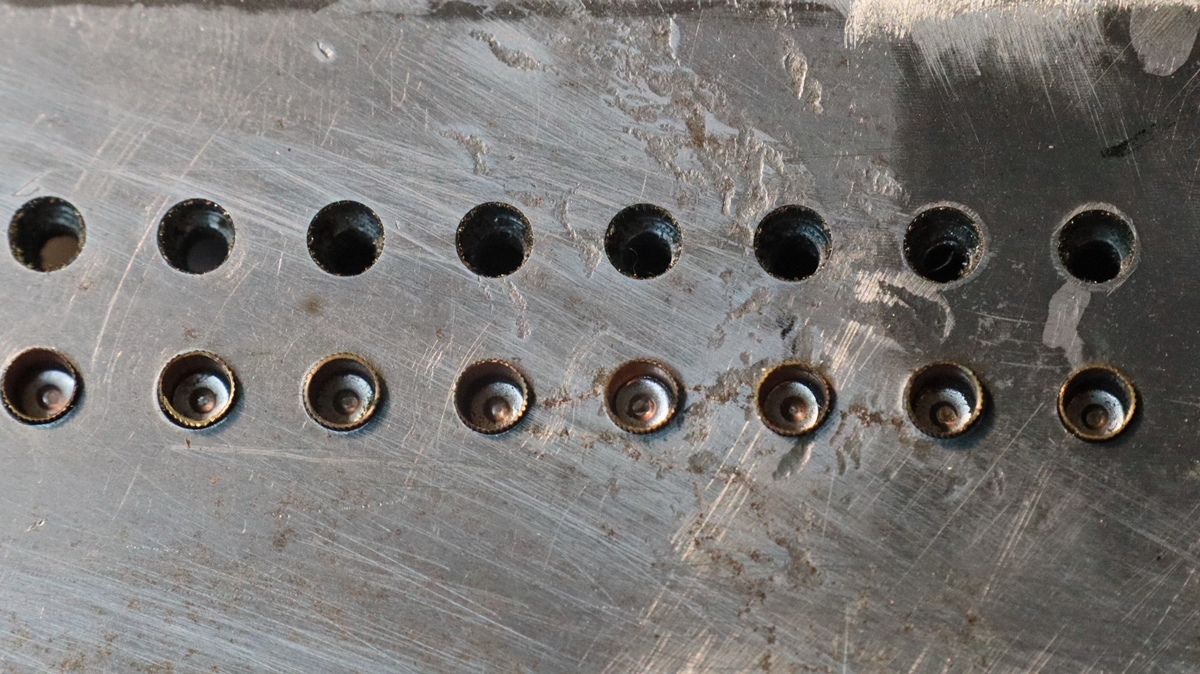 Cap filing Jig – The top row of holes were slightly too large, the lower row are just right.
Cap filing Jig – The top row of holes were slightly too large, the lower row are just right.
5th November – Gunpowder, treason and plot etc. I set about cutting a new thread yesterday, and managed to have another saga of cock-ups – I caught the lathe tool on the boss of the thread and slightly off-centered it – after I’d turned it down to finished size too. It wasn’t bad enough to spoil the job luckily, just slightly annoying ! Then I broke off a 2.5mm drill – but again luckily I got the bit out. Anyway after a bit of messing about with the tipped tool that had a bit of movement in the tip, I got a good thread and was able to finish the job. I was able to test the reservoir of the Blissett up to a couple of hundred p.s.i. and it seemed OK, but not surprisingly the old sealing valve didn’t seal at all , and as it is horn and I couldn’t get it off I decided it was best left as it is – then it’s no danger to anyone from trying to fire it as it won’t hold air! I did a bit more playing with the J.R.Cooper – I found that the length of the caps was pretty critical for the magazine as it is, anything over about 4.65 mm tall jams the drum and won’t load – I managed to find about 8 caps that were below this limit – it would be possible to file more of them down I guess, but at least I have enough to test out the feed. Loading the caps through the hole in the cover is a bit tricky but OK, although you have to hold back the clock spring while you do it so its a fiddly two handed job. The caps feed all the way round and arrive in the steel tumbler block. If the lock is on half cock or fired they are pushed against the side of the piston, then when the lock is cocked using the front trigger the caps all shuffle up one , and one sits in front of the piston. Pull the trigger and it shoots forward – if the barrel is off it just projects forward fairly briskly, if the barrel is fitted it presumably lands on the nipple and fires – I haven’t tried that yet, but I have shot a few caps out of the lock so I know it does feed. I made a repair to the break in the top tang – as it is made of some unknown alloy I soft soldered a piece of brass into a recess I’d filed in both parts. It was just as well I didn’t try hard soldering as the metal swelled o one side of the joint and I had to file it down and recut the engraving and recolour the metal with brass/bronze browning from Blackleys – not a perfect repair by any means, but I thought it ought to be made as strong as reasonably possible in case it is ever fired. I don’t intend to fire it because of the many other cracks in the mystery alloy, but I may fire off a few caps to test the mechanism. I realised the serious design flaw in Coopers design – Once you load the caps through the slot in the cover there is no way of seeing how many are in the magazine, or of getting them out without unscrewing the left side of the breech – 4 small screws – except by firing them, although if you take the barrel off you can ‘fire’ them through the hole on the false breech into the barrel groove (see photo below) and recover them. You can go from the lock being fired to half cock by partially pulling the cocking trigger, and half cock is safe in that the piston is sticking out into the place where the ‘ready to fire’ cap would be – thus there is no cap in play. Going into full cock withdraws the piston , thus allowing the next cap to take up position in front of the piston ready to be fired. The main problem is that there is no visible indication of the state of the gun – whether there are any caps in the magazine or not or what the state of the lock is – fired, half cock or full cock. It is thus inherently unsafe, which may have been the reason it never got beyond a prototype, for that is what I believe this gun is. The only indication on the gun is ‘J R Cooper Patentee’ – no patent number nor the word ‘patent’ – so perhaps the ‘Patentee’ was a bit of a con – after all he was a patentee of a number of patents, just not one relating to any of the features of this gun! He did however take out a patent in 1838 for a single barreled gun with an enclosed lock, but that didn’t have a cap magazine, and did have a form of cock extending through the right side of the action body – so this might just have been a follow-on experiment. I tried ‘firing’ caps without the barrel in place and the magazine works well – cock the gun using the cocking trigger, fire it and a cap is projected, cock it again and fire again and a second cap is projected…. I just tried the same with the barrel in place ( its Nov 5th) and a nipple in the barrel – but without loading the barrel, and the first ‘shot’ goes off fine but the cap doesn’t come off the nipple, so the second cap hits the first one and partially over-rides it but doesn’t fire (see photo) . I tried tapping the butt on the ground gently but couldn’t get the cap to drop off the nipple, although when I lifted it with tweezers it came off easily. It is quite probable that Cooper would originally have used caps formed from a cruciform of copper rather than a drawn cup, in which case the caps would have opened out on the nipple and would more easily fall off as they tend to do with our modern caps – the other old caps I have were mostly brittle copper bent from cruciform blanks, whereas the only ones I could find that were of the correct dimensions were ductile solid drawn copper. Assuming that suitable caps existed, I think the gun would have worked as intended. I am certain that the safety issues relating to the cap magazine and the lack of any means of seeing the state of the firing mechanism and the difficulty of clearing the magazine would outweigh the convenience of not having to cap the gun for each shot = after all you still have to do all the muzzle loading stuff with powder, wads and shot anew for each sho, not to mention having to take the lock apart to clean it each time it is used or it will corrode horribly. Next problem – find short, wide cruciform caps! But basically that just about wraps up two jobs!
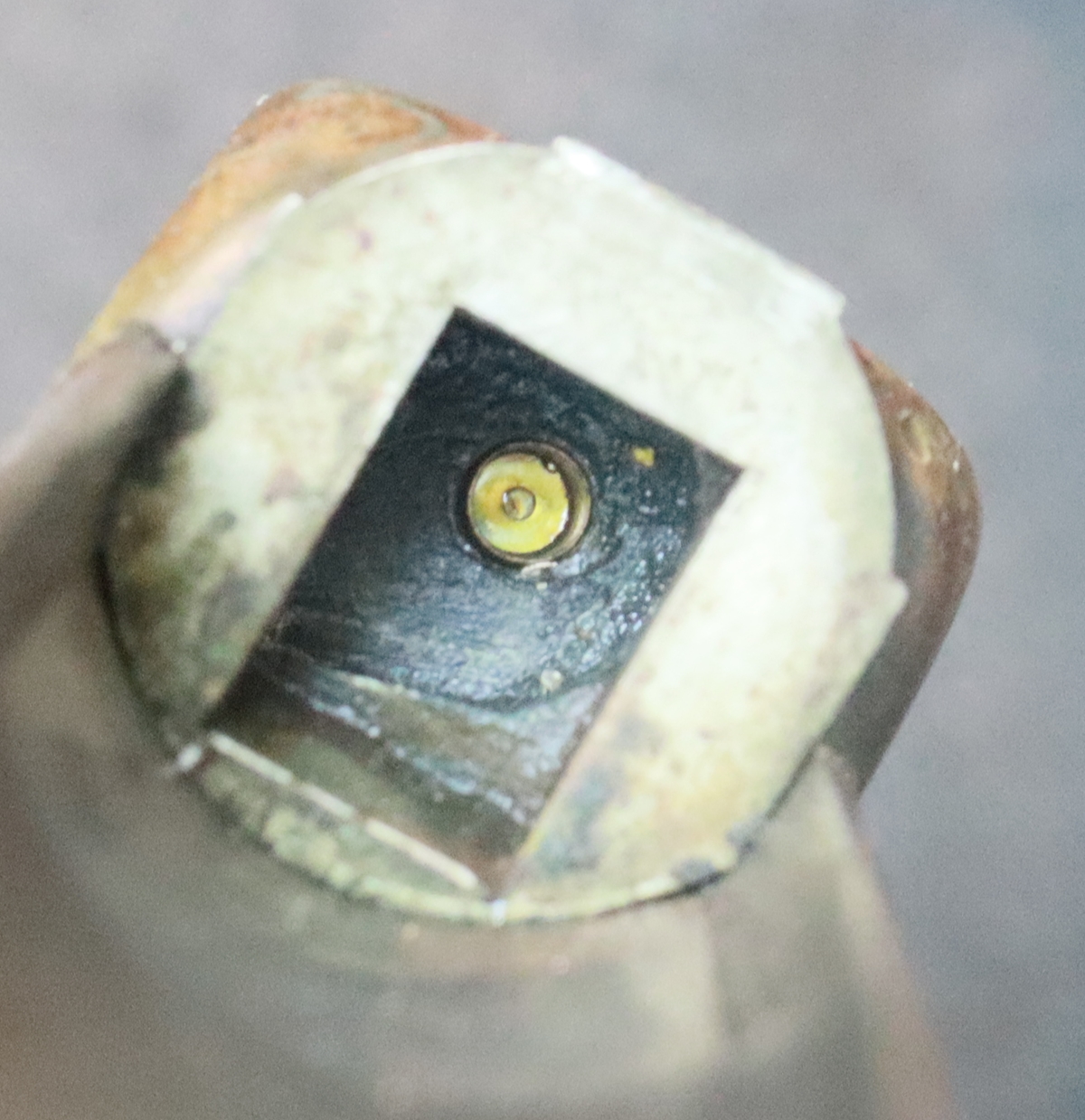 Looking down the barrel groove the cap is visible through the nipple hole in the false breech
Looking down the barrel groove the cap is visible through the nipple hole in the false breech
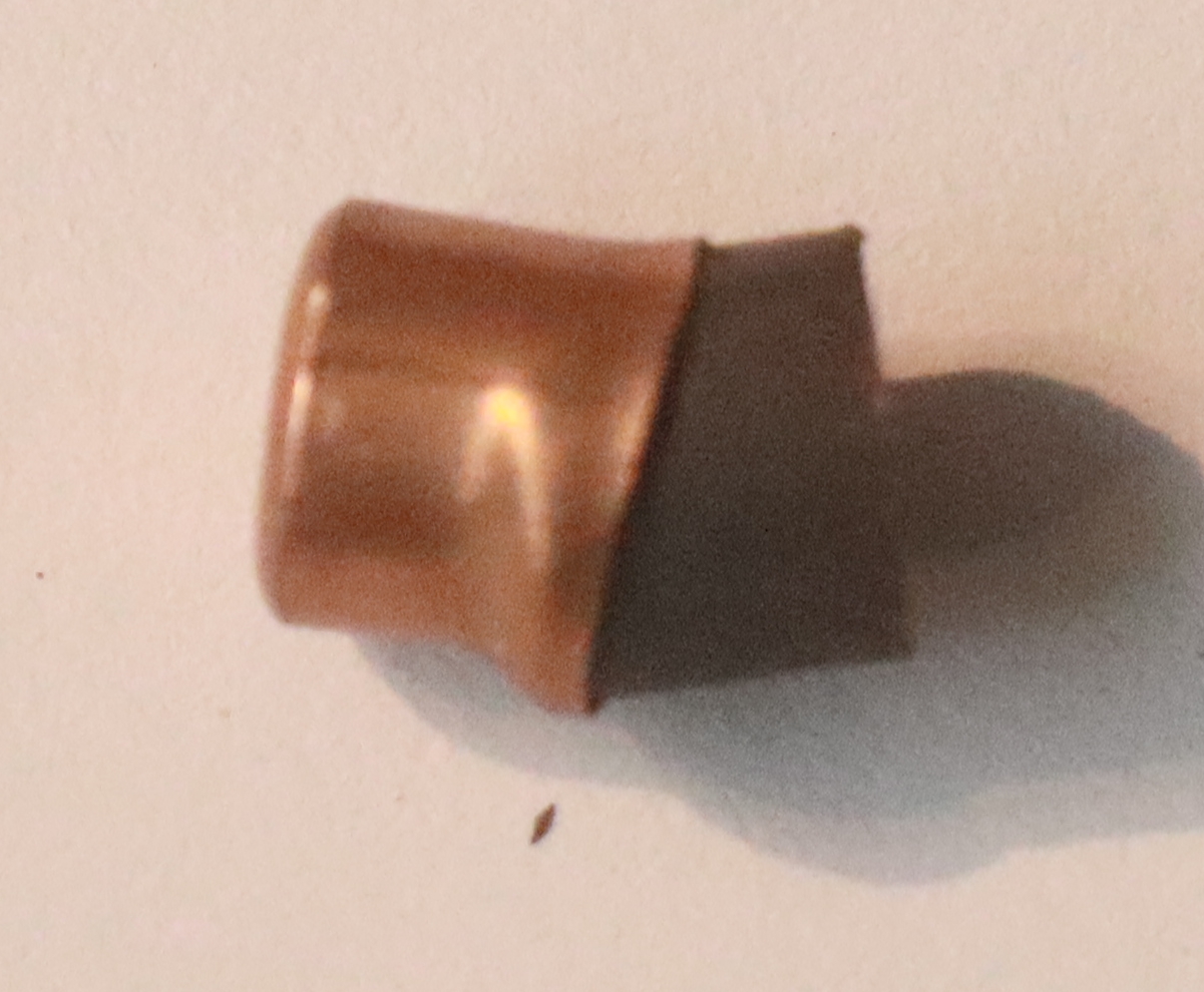 The collision problem with drawn caps – the first fired one didn’t fall off the nipple
The collision problem with drawn caps – the first fired one didn’t fall off the nipple
despite being a loose fit, and even if the butt is tapped.
3rd November – More work on the I R Cooper cap reservoir and feed. After going through all my boxes of old caps I found a box of caps that seem to be formed by drawing as cups, unlike the more normal caps that are made as a disk in the middle of a cross of thin sheet copper that is then bent up into the tube, so that when the cap fires the arms of the cross can spread and the cap fall off. They look very like cartridge primers but without an anvil, but the tin says percussion caps! Anyway the tin had two sizes of caps in it, so when I’de sorted it out I had perhaps 40 caps of what appears to be the right size. I could now try to sort out the feed mechanism and get the clock spring working, which involved a bit of adjustment with clearances etc. Along the way I saw why the ‘pawl’ is fitted on the peg rather than being fixed to the spring drum – it actually follows the caps into the path in the steel firing block and will, I think, push the last cap into the way of the piston. Fingers crossed it might all work – at least as well as it did originally. I’ve tried various parts of the feed process, but haven’t yet put it all together, let alone fired off caps – but I am beginning to think that the system might work after all! I got distracted by another job – I needed to cut an 17.5 mm x 16 t.p.i thread in stainless steel on the lathe – now I haven’t done a lot of thread cutting on my lathe so its always a bit of a struggle to get it set up – it has a set of change-wheels (gears) and an internal gearbox so there are a very large range of possible metric and imperial thread pitches that it will cut and a set of tables on the front telling you the settings – unfortunately I overlooked the ‘Z’ gear and cut a beautiful thread that was 48/44 times too coarse! As that was my sole chunk of stainless ( working mostly on old guns I don’t normally stock stainless) I’ll have to cut the thread on the other end and use the bad thread end for the small pipe fitting. It was a very slow job cutting the thread, so I guess I wasted half a day on that stupid mistake and will spend most of the weekend when I’m not doing domestic chores remaking the thread – unfortunately it started from 35mm diaameter bar so there is a lot of messing about getting it down to the required diameter as my coolant pump is not working, so I have to take quite small cuts. and I think I chipped another lathe tool insert!
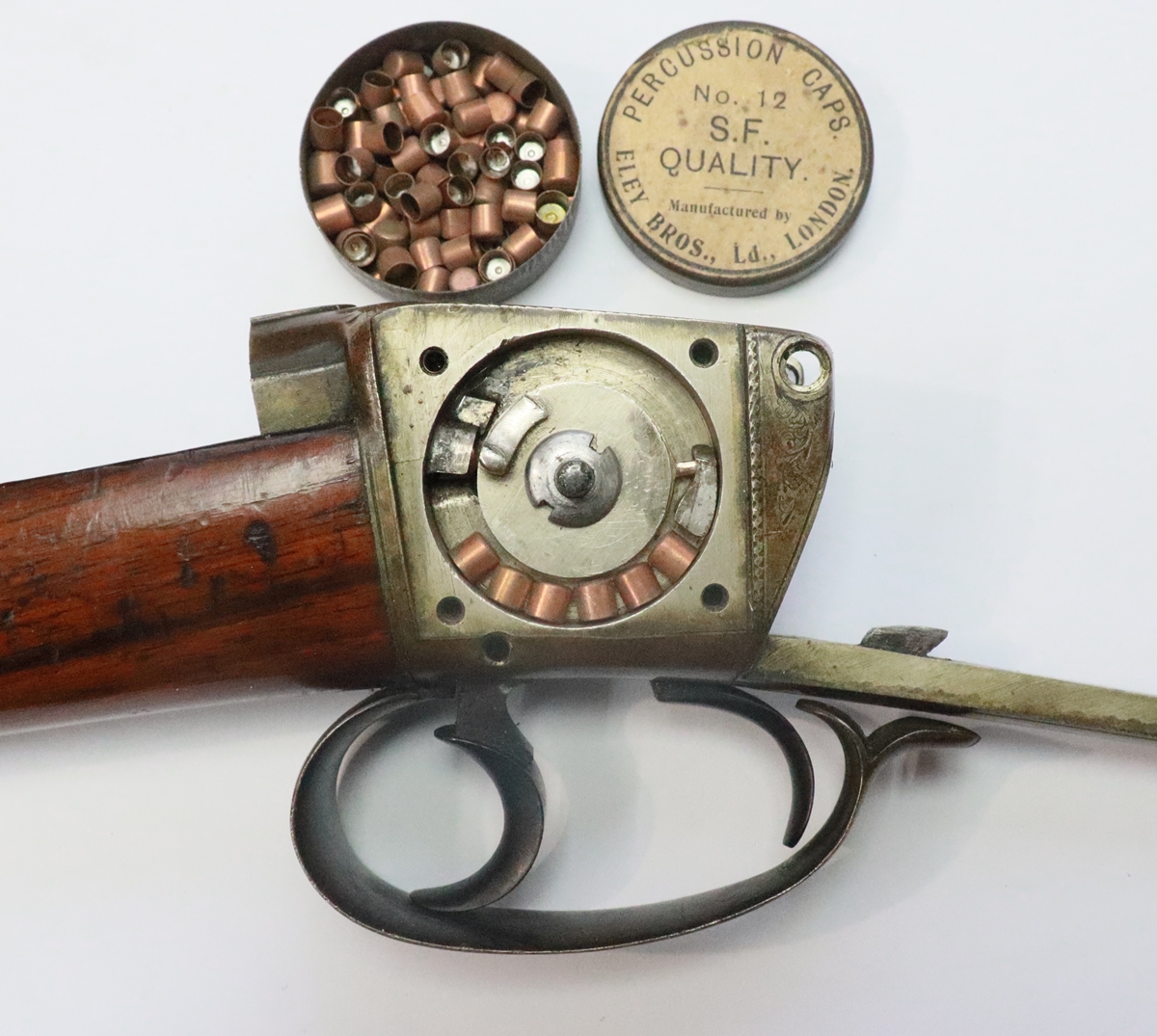 The clock spring is not yet fitted so there is no tension on the feed – if you tension it without the cover all the caps jump out!
The clock spring is not yet fitted so there is no tension on the feed – if you tension it without the cover all the caps jump out!
I’m not sure that the cap box label is for these caps.
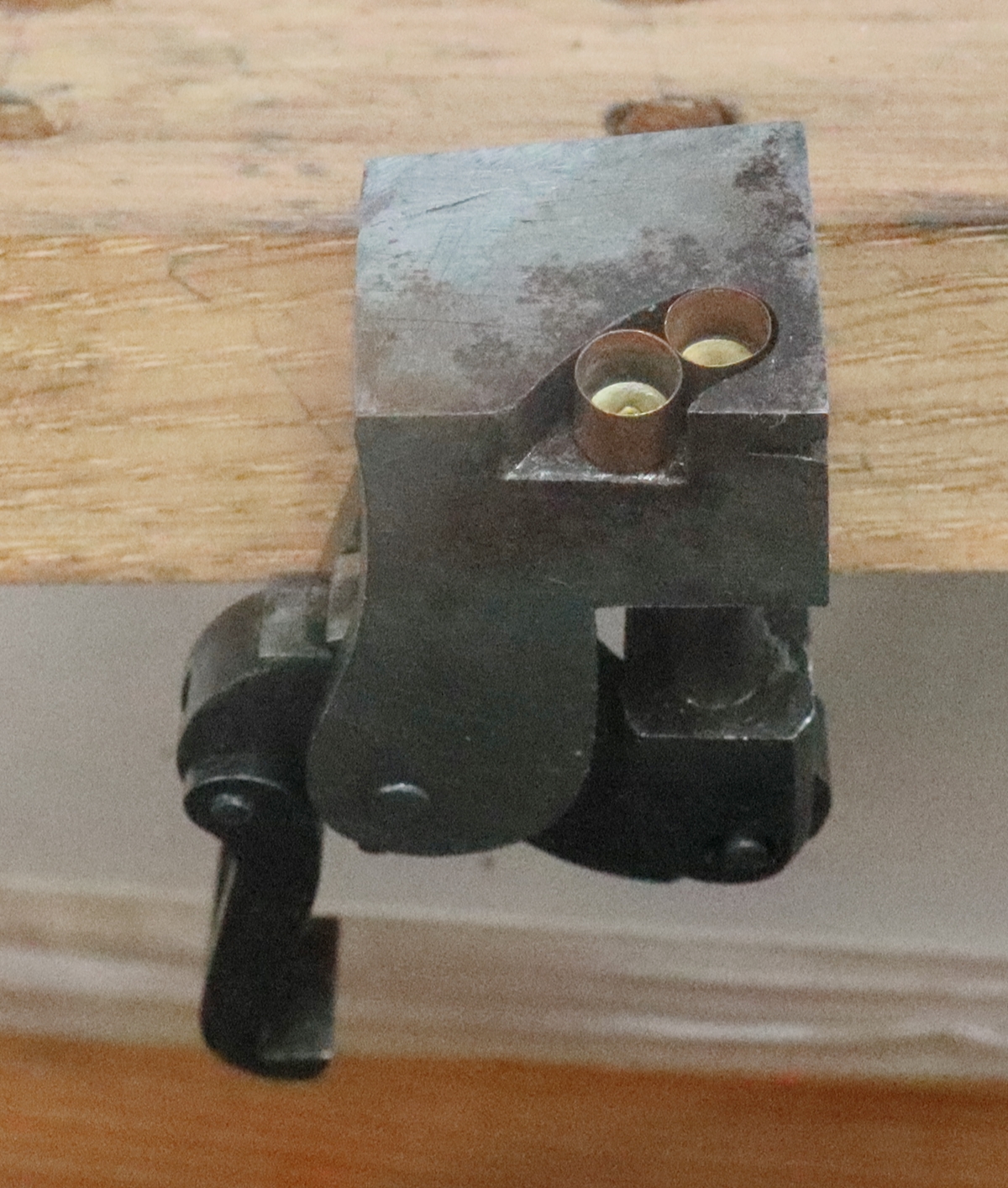 Far Rt cap is sitting on the piston ready to be fired, note they are just about flush with the top of the block – ? enough clearance???
Far Rt cap is sitting on the piston ready to be fired, note they are just about flush with the top of the block – ? enough clearance???
Piston is between half and full cock positions. In half cock it exactly blocks the cap position
2nd November – Shooting clays today – the weather forecast was pretty dire, so CGC was very quiet – I think only our group shooting clays and a few people on the rifle range, but that meant that the 4 undercover stands were all available and we had a very enjoyable day – I shot the Spanish d/b 12 that was left with me – in very good condition, but I found the left hand trigger a bit light, and then it double fired on me, so I ended up shooting left barrel first, which avoids the problem – but makes pairs tricky as you have to move from the back trigger to the front. I did a bit more on the J R Cooper last night – I had a good look at the break in the top strap and thougth it had a bit of greenish crystaline material, so I washed it and scrubbed it with a small brush and it looked suspiciously yellow – a quick once over with a magnet of all the body of the action proved that it was all non ferrous – The outside has a patinated finish that doesn’t give much of a clue, and the raw metal isn’t yellow enough to be a normal grade of brass, or bronze. I guess it is a form of Nickel Siver – of at least some alloy of copper, zinc and nickel, or perhaps some tin? Presumably that enabled the main action body to be a casting, although I can’t see any unworked cast surfaces. The only part that is steel, apart from the moving parts and the pins, is the block that forms the firing mechanism – tumbler housing/ piston bore/ final cap guide. Anyway that explains the cracks, and leaves the problem of how to repair the break. It is possible to TIG weld brass and alloys but difficult as the zinc has very low melting point and vapourises, so I’ll avoid that. I’m not even sure I want to silver solder it as I don’t know what the properties of the material are – especially the melting point – so I’ll probably file off a step in the back of the parts and soft solder a brass plate in. Returning to the cap loading problem, I soldered on the new pin and filed it down so that the hob will rotate with the outer cover in place, now it all looks as if its a working system I have to find out if it does actually work – I played with some caps that just fitted in the scroll but they won’t go through the slot into the steel part where the piston operates – there is room for the cap waiting to be pushed forward on to the nipple and fired, plus one other . The size of the caps is constrained by this part of the system – the diameter has to be such that the piston only picks up the intended cap and doesn’t get caught on the second in line although there is a bit of a chamfer on the piston on the side facing the 2nd cap so the cap can be a shade smaller in diameter than the piston (?) but not much less than 5mm – minimum 4.9 anyway. The front to back depth of this area constrains the length of the cap to about 4.8 mm. I have a number of boxes of old Joyce and Eley caps – some of which are empty and some are unopened, so I ought to be able to find something that fits! Well so far I’ve managed to find just one old cap that is just about perfect, at least I think it is, only with just a single cap its difficult to try the feed properly – I think the cap is a Joyce F4 No 18 – I need to find a table of the sizes of the old caps. The normal modern 1075s and N0 11s are too small in diameter and length – the piston tries to pick up two caps and will I think jam. Having got the caps that will feed onto the nipple, will they stay in the magazine while its being loaded without rotating? Watch this space……………………………………
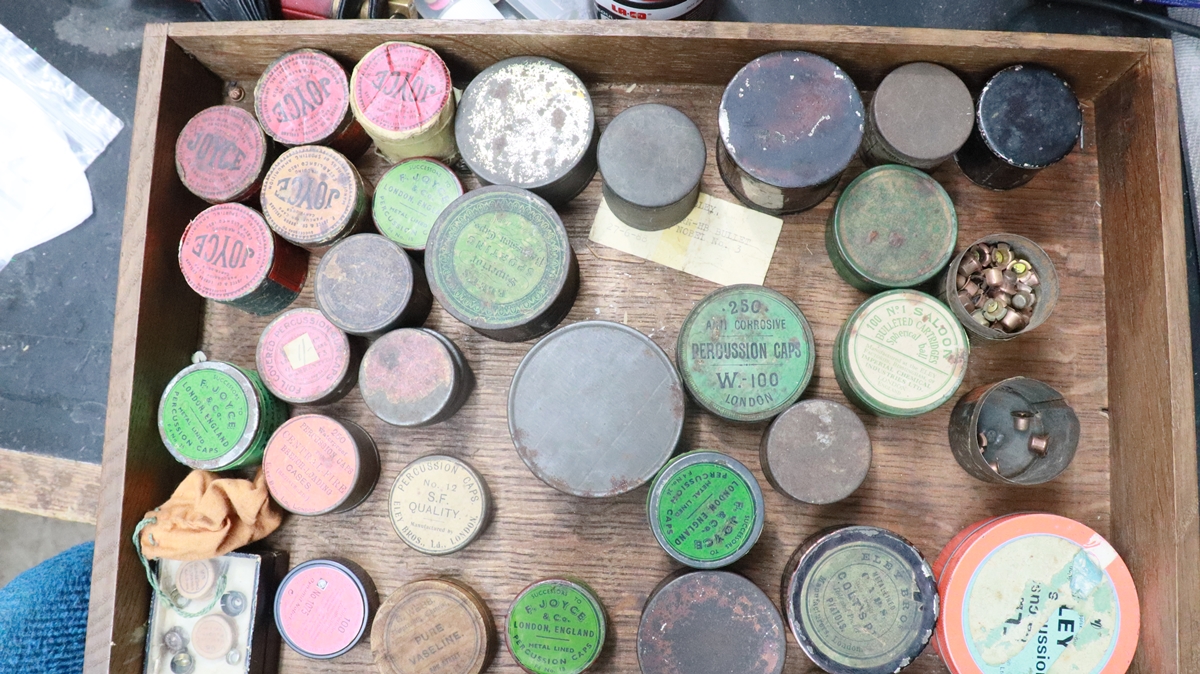 My collection of caps – some of the boxes are empty, most have some caps and a few are still unopened.
My collection of caps – some of the boxes are empty, most have some caps and a few are still unopened.
1st November – another month gone – soon be fireworks! I carried on working on the J R Cooper – the cap feed was damaged – the inner drum that houses the clock spring should have a peg on the outside that has a ‘pawl’ put on it that pushes on the train of caps – I can’t quite see why the pawl has to be loosely fitted on a peg rather than fixed to the drum. The tiny peg, with its flange that fits against the drum was broken off – it appeared to have been riveted onto the wall of the drum, but from the look of it there had been a previous attempt to rivet it and also an attempt to silver solder it on, so that was obviously a weak point. Anyway the existing peg didn’t have enough left of its flange to be usable so I filed one up in brass. I was thinking of silver soldering it to the German silver drum but I am not confident that I can handle such tiny bits without overheating them and melting the parts themselves, which would be a disaster, so I’m going to soft solder them on with tin. I nearly got that job done, but had to go off and get dinner! The tang of the top strap had cracked right off so I’ll need to chamfer the joint on the back and put a dab or two of TIG weld on the joint – I don’t want the weld to be visible on the front – I’m not too bothered about the strength of the joint. Anyway I had to go out and get a refill of Argon for the TIG weld and a cylinder of oxygen for my Maxy Gas torch – I used all my oxygen when I had Covid in 2020! I’m off shooting tomorrow if we can find a moment between showers – I was hoping it would be a flintlock day but that is only possible in settled weather so looks like it will be percussion if there are gaps in the weather, or I might take an old D/B 12 non ejector that I am sheltering for a friend just to see if I can shoot with a random gun. I’ve been idly looking through the pile of old gun mags that I inherited from my father – one UK mag from 1993 is just full of full page ads for pistols – at least a couple of dozen dealers advertising a range of semi automatic (now called self loaders!) and revolvers in every calibre imaginable – I don’t know how many were destroyed in the 1997 ban, but judging by the ads there must have been tens or hundreds of thousands in circulation. I’ll try to get the soldering done – I have a small hot air device for soldering surface mount circuit chips that is supposed to blow air at up to 450C – I shall see if it will do the job as I would prefer not to use a flame, and I don’t think a soldering iron will quite do – we shall see. Here are some photos – cracks seem to be endemic on this gun – the top strap is cracked in several places, and the clock spring housing below had two or three cracks visible – one reason for being very careful with the soldering!
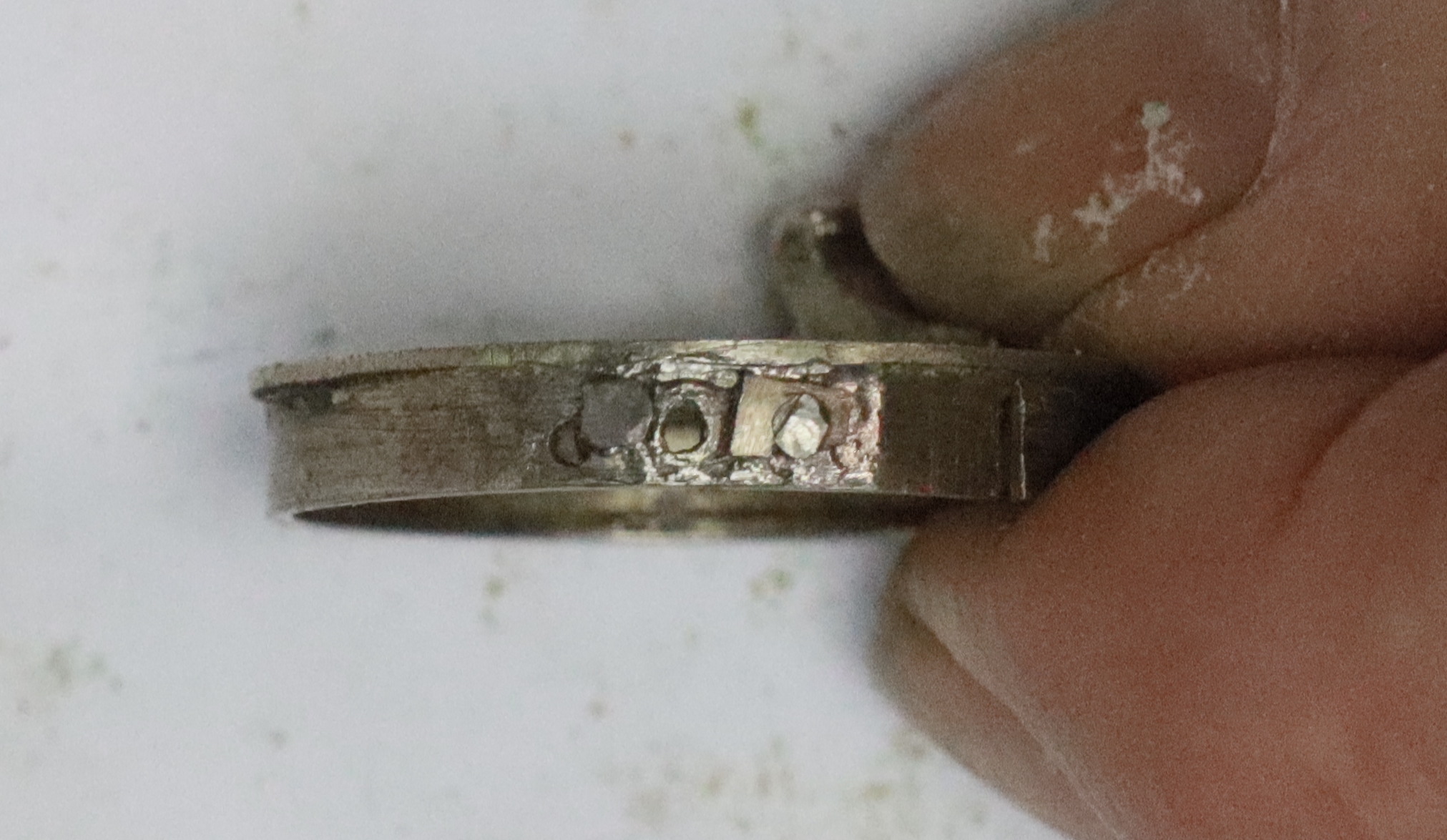 Remains of the original peg joints on the spring drum, what we in the trade call a ‘mess’
Remains of the original peg joints on the spring drum, what we in the trade call a ‘mess’
 replacement peg in the making – keep things attached to a decent ‘handle’ as long as possible!
replacement peg in the making – keep things attached to a decent ‘handle’ as long as possible!
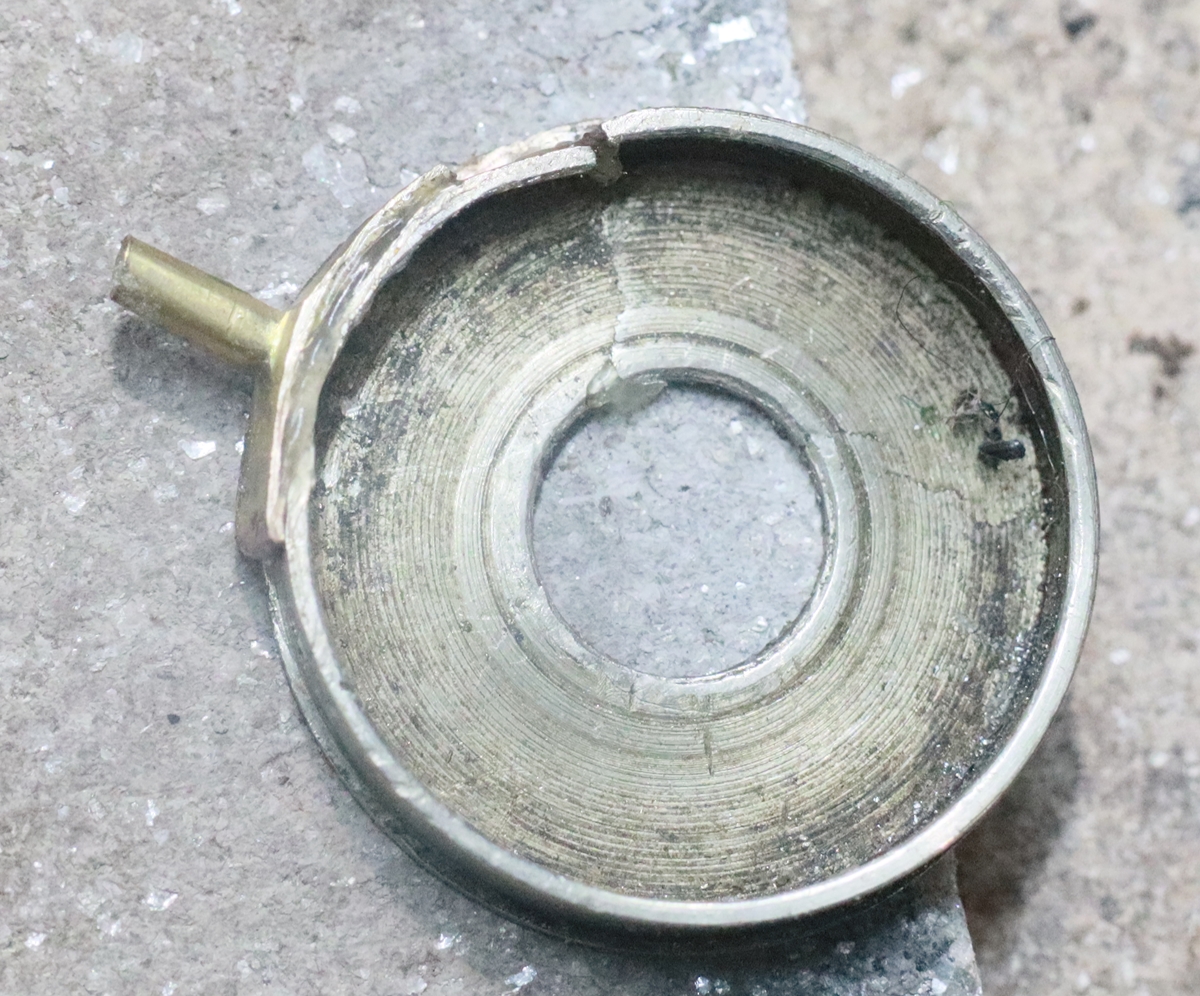 Ready to solder – held on by flux at the moment – will probably need something better although capilliary action might work.
Ready to solder – held on by flux at the moment – will probably need something better although capilliary action might work.
31st October – Not content with the number of jobs I have on the go I started another! Its been bugging me since I took the J R Cooper to the shoot to ask for info – I just had the feeling that I had to find out if it would ever have worked, and just how it was put together I so out came my collection of gunmaker’s screwdrivers ( much thinner blades than normal screwdrivers – mostly ground down by me ). The way its put together is not like any other gun I’ve taken apart, and it was a bit of a mystery how one got into it. The top plate comes off easily enough and reveals the top of the tumbler and the link and piston that does the firing, and the top of the block that the piston slides in. The barrel comes out as per normal, except that it has a quite small and tapered nipple sticking straight out of the back of the breech block. the Left side ide plate with the drum that holds the cap magazine comes off, but that just leaves an inner side integral with the ‘trigger plate’ and right side After that it wasn’t obvious where to begin. The trigger plate is screwed through to the top tang and the top tang is screwed to the trigger plate – removing both screws releases the top tang and also the stock – leaving the trigger plate with the spring attached together with the integral side plates and the lock mechanism. A bit of work with a Mole Wrench and a wrap of leather as a spring compressor removed the spring. Two screws from the right side plate now release the block containing the tumbler and piston and piston guide plus the channel through which the caps have to travel to present themselves in front of the piston. Its now possible to temove the tumbler pivot and get the tumbler out with the link for the spring and the bridle to engage with the cocking trigger – now almost there. One problem remains, and I haven’t yet sorted it – The trigger guard is fixed by screwing into the lock plate ahead of the cocking trigger but won’t rotate because the front, cocking trigger gets in the way, but the front trigger wont go through the hole in the trigger plate as it seems not to be large enough – impass! I’m sure that is all a bit difficult to follow – I’ve taken loads of photos but I’m not sure they will really help that much – I’ll put some below. Anyway I think I can see that it might work – it does look as if there is a bit of corrosion around the piston area so I guess it has been used, and the engraving looks quite worn – in fact I wonder if the mechanism within is actually a MK 2 or MK ? version as the external wear is not quite compatible with the internal state. Anyway the result of my stripping it is that I can see how the caps must have been fed to the piston, and can see that it needs the original, larger old caps – of which I have plenty. The nipple is really tiny, smaller than a modern 1075 or No 11 nipple, but then I guess the cap doesn’t have to stick on the nipple as its just thrown on by the piston in the process of firing and then has to fall off on its own account. The larger caps fit well in the magazine too. The magazine needs working on, the clock spring that drives the caps has come unattached and will need refixing, and the spur on the inner rotating drum has come off so there is nothing to drive the caps round. I’ll have to sort that out. The other problem is that the tail of the top tang was cracked and has now come off, so will need a dab of weld – only I have run out of Argon. Enough excitement for one day!
Here are some photos – for a general view etc see my original post – look in recent posts…
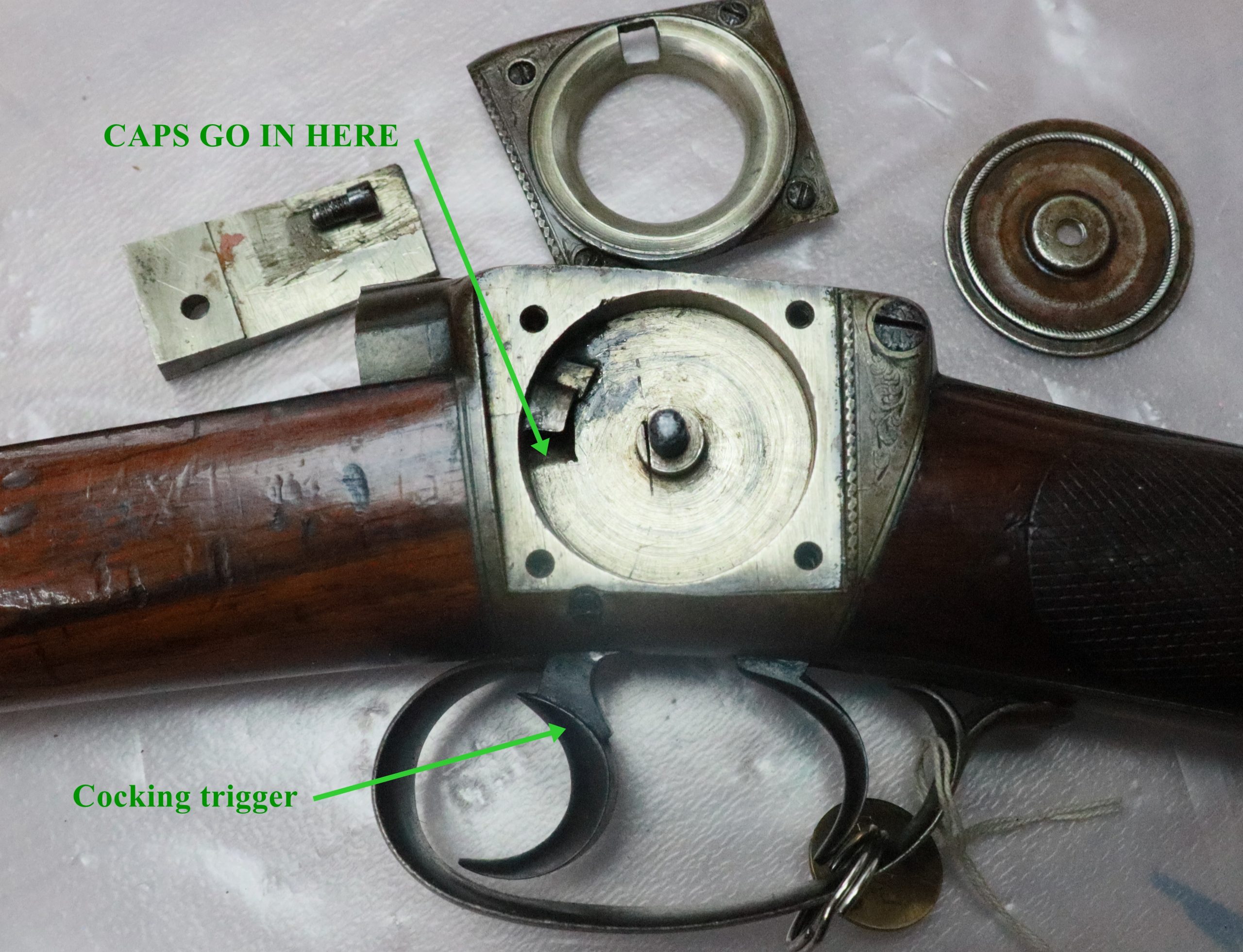 The clock spring and hub have been removed here. The side visible is an integral part of the trigger plate
The clock spring and hub have been removed here. The side visible is an integral part of the trigger plate
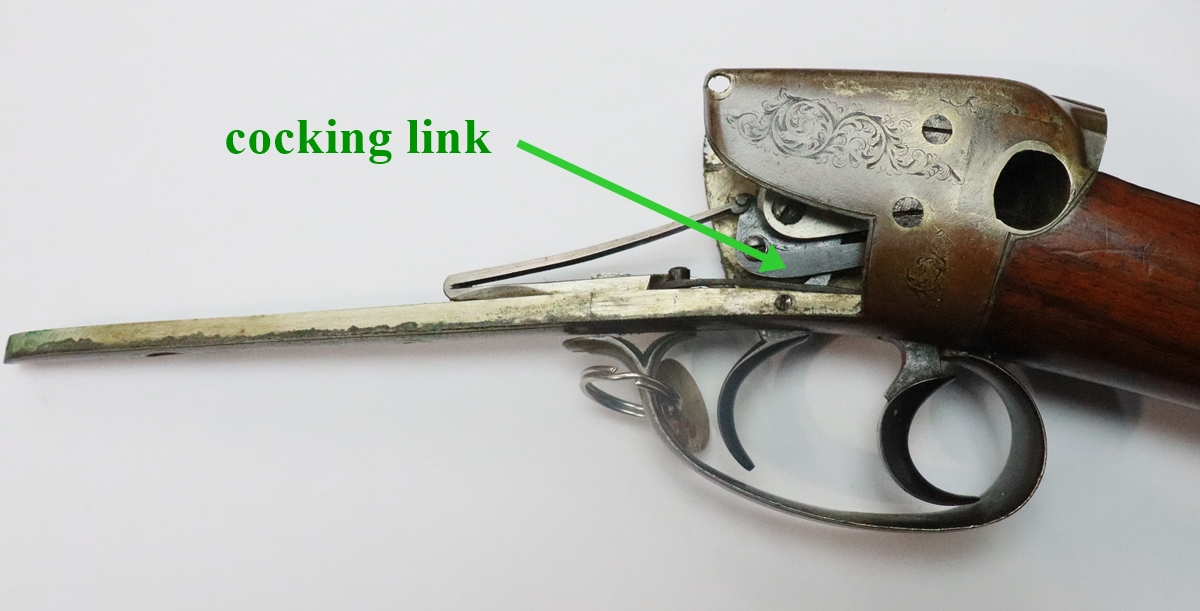 Gun is pointing right! the other pictures are pointing left – confusing eh?
Gun is pointing right! the other pictures are pointing left – confusing eh?
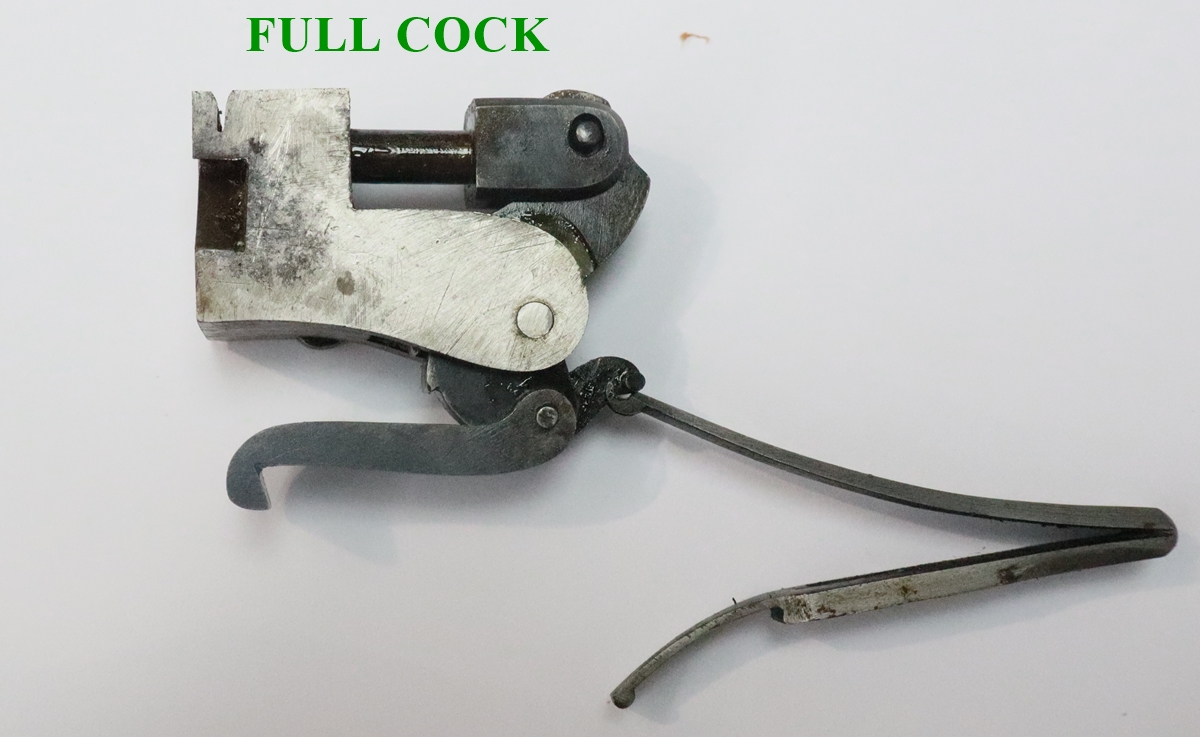
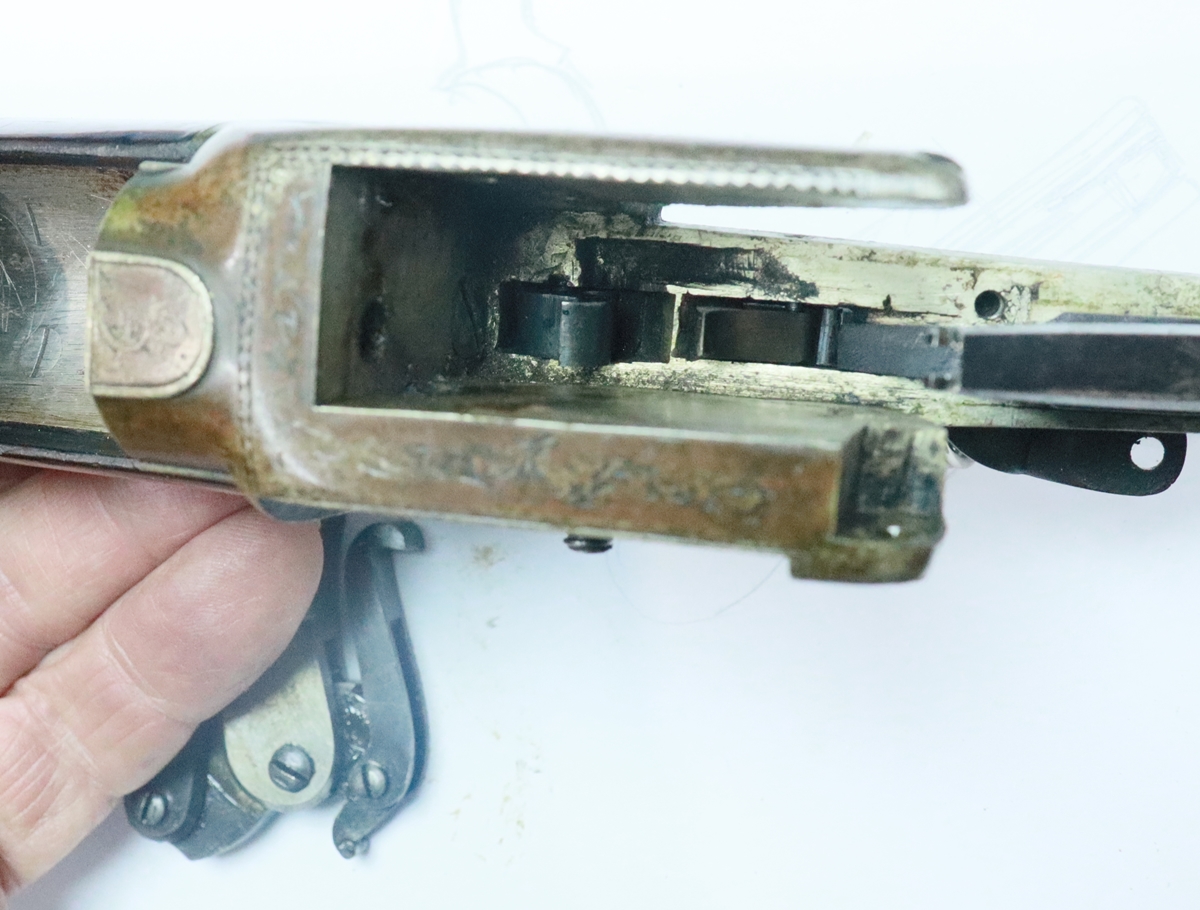 Top view of the one part trigger plate/side plates with tumbler block removed
Top view of the one part trigger plate/side plates with tumbler block removed
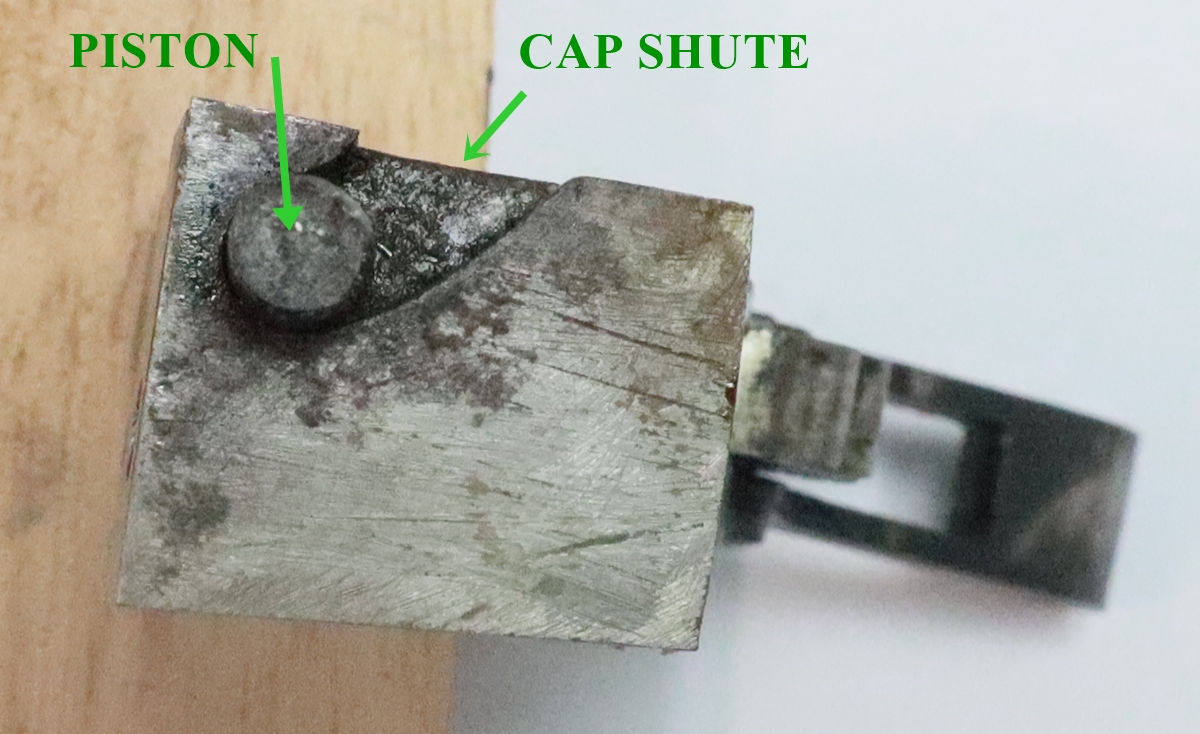 This block with tumbler comes out from between the side pieces of the trigger plate – this is a view from the front
This block with tumbler comes out from between the side pieces of the trigger plate – this is a view from the front
There is evidence that its been fired during its life – so it must have worked! A total pig to clean though!
30th October – I did get the bell engraved, and I didn’t loose any more tips although I did have to sharpen my graver a few times. That took me most of the morning as holding a bell rigidly and rotating it around under my microscope takes a bit of fiddling – still, one job out of the way. I started gently clearing out my outside shed and came across my box of assorted small O rings, so it seemed like a good idea to stop clearing and see if I could find O rings to act as seals in the Blissett as one of the leather seals had disintegrated and I think another one or two were missing. Anyway I came up with ones that seemed to fit – I’m something of an O ring freak as most of the equipment I built for a living depended on O rings for its survival down to 4000 meters deep in the ocean , and I got pretty fussy about exactly how they worked, and what the tolerances were. I’m minded to test the ones I’ve put n the Blisset to see if I have lost the touch! I did have one reasonable wholemeal sourdough loaf last night, and one that was like a brick….. more work to do there, I don’t want to give up just yet! I took the J R Cooper single percussion gun (see post – currently near the top of the recent posts list to the right of this page ) to the shoot earlier this month as there were a couple of my friends who handle many more antique firearms than I do by way of their work, to see if they had ever seen anything like it – they hadn’t, the only thing they had seen vaguely similar was the Jones Patent weatherproof gun, one of which I also have but which appears to be much later than the J R Cooper. The Cooper has a cap magazine on the left side of the lock and a piston that sits between the hammer and the cap when the cap is on the nipple. There are two mysteries, or maybe more – first is how do the caps get from the drum magazine with a watch spring drive onto the nipple, and then after firing, from the nipple to the exit port? And what did the caps look like, were they just normal Joyce caps as used on most percussion guns – the nipple, if I remember correctly, looks just like a normal nipple. The gun is fully finished and engraved all over the totally enclosed lock housing, and looks as if it has been used a fair bit so presumably it did work – I have a box that has some of the bits of the cap drum that I was trying to mend, including the watch spring waiting for me to get round to the job – maybe that another one to add to the list – I have never stripped it right down, so I might do that – Having cleared out my ‘engraving/indoor’workshop and put up a fire alarm I can now light my woodburner, so its very tempting to find jobs to do in there!
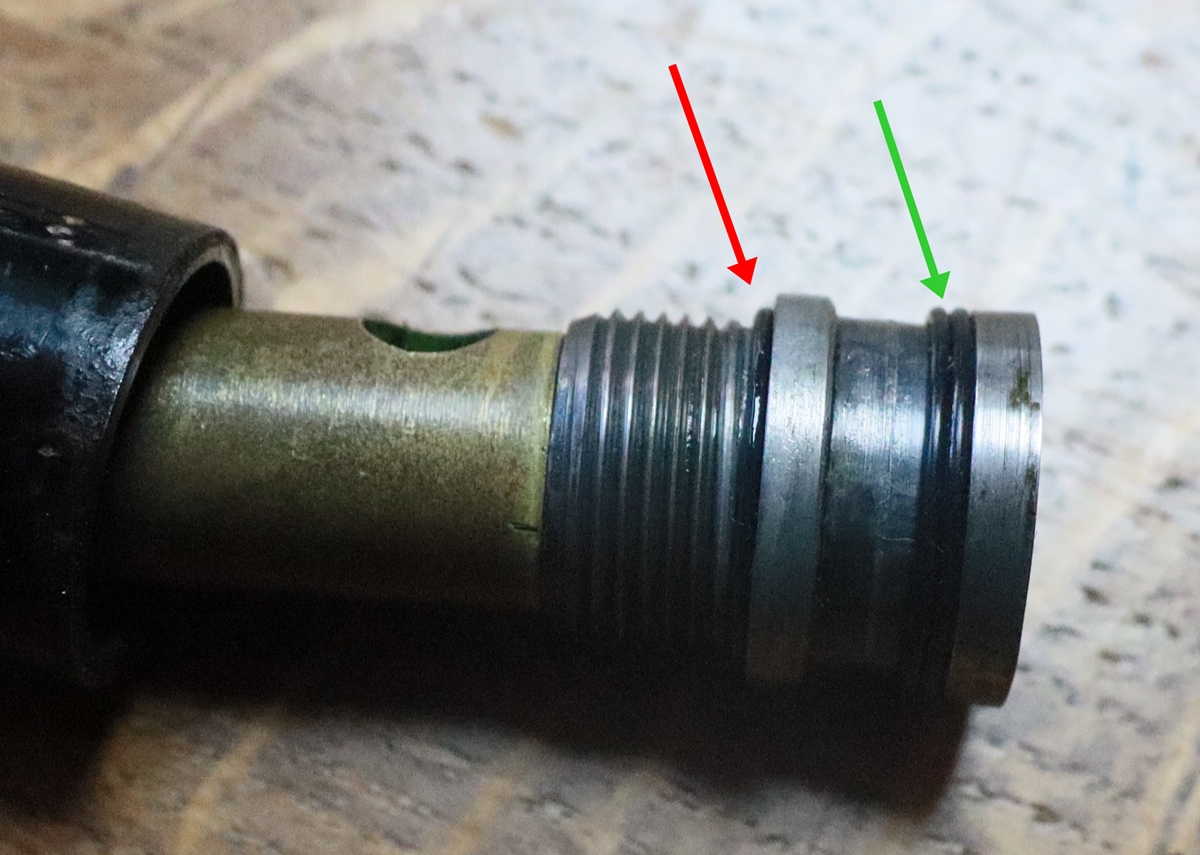 Red arrow is a face seal, green is a piston seal – the piston seal is perhaps a shade too thin?
Red arrow is a face seal, green is a piston seal – the piston seal is perhaps a shade too thin?
There didnt seem to be seals here before, but they would have been necessary to avoid leaks
There is a face seal at the bottom replacing a leather seal
29th October – Work ckearing out the ‘engraving workshop’ continues, nearly done. Now need to move on to the outside workshop which if anything is in a worse state. I started a new engraving job – putting a script inscription round a handbell that Penny is presenting to the College when she leaves – I got as far as the first letter and I’ve already broken the tips off two gravers – I hope its just bad luck as there are lots of letters still to do and there is no going back now! I’ve been struggling to make sourdough bread these last few weeks – it started off well, but my early success didn’t last and I’m struggling to get things to work – an indication of how bad it’s got is the fact that I’ve actually taken to following the recipe in a proper bread making book fairly precisely! The dough is just turning out too sticky and collapses – I have a couple of different sourdough starters so I think I’ll have to change back to the original. Basically I am finding it is a very messy and wasteful business that takes ages and needs thinking about days in advance, whereas simple yeast bread I could make in about 4 hours from start to finish, with probably only about 20 minutes actual work and 100% success. I seem to have a whole list of jobs to do at the moment, and am struggling to get them under way – I did manage to put my overshot card dispensers on ebay today and made more stock and ordered more springs, and sent off a packet of cappers that had been ordered. I am trying to write an article on building a dinghy based on a design I came up with and built almost 50 years ago – prompted by a couple of people down at the North Fambridge marina this year asking me where they could buy one – its taking me longer than it should… Plus I need to make a part for the Cooks patent percussion cane, and wind up things with the Blissett- I’ll probably pressure test the reservoir, and do the stored energy calculation so I’ll probably have to make a pressure adaptor. Plus the garden needs its pre winter going over and so on and so on!! I did get round to putting my account of our delivery trip from the river Crouch up to Inverness on this blog – see recent posts – and on the boat subject, of course Ive still got a load of design and construction and software ready for next season! I fondly remember how leisurely it was when I had a job……. Oh, and I ought to get round to selling the C5…………………….
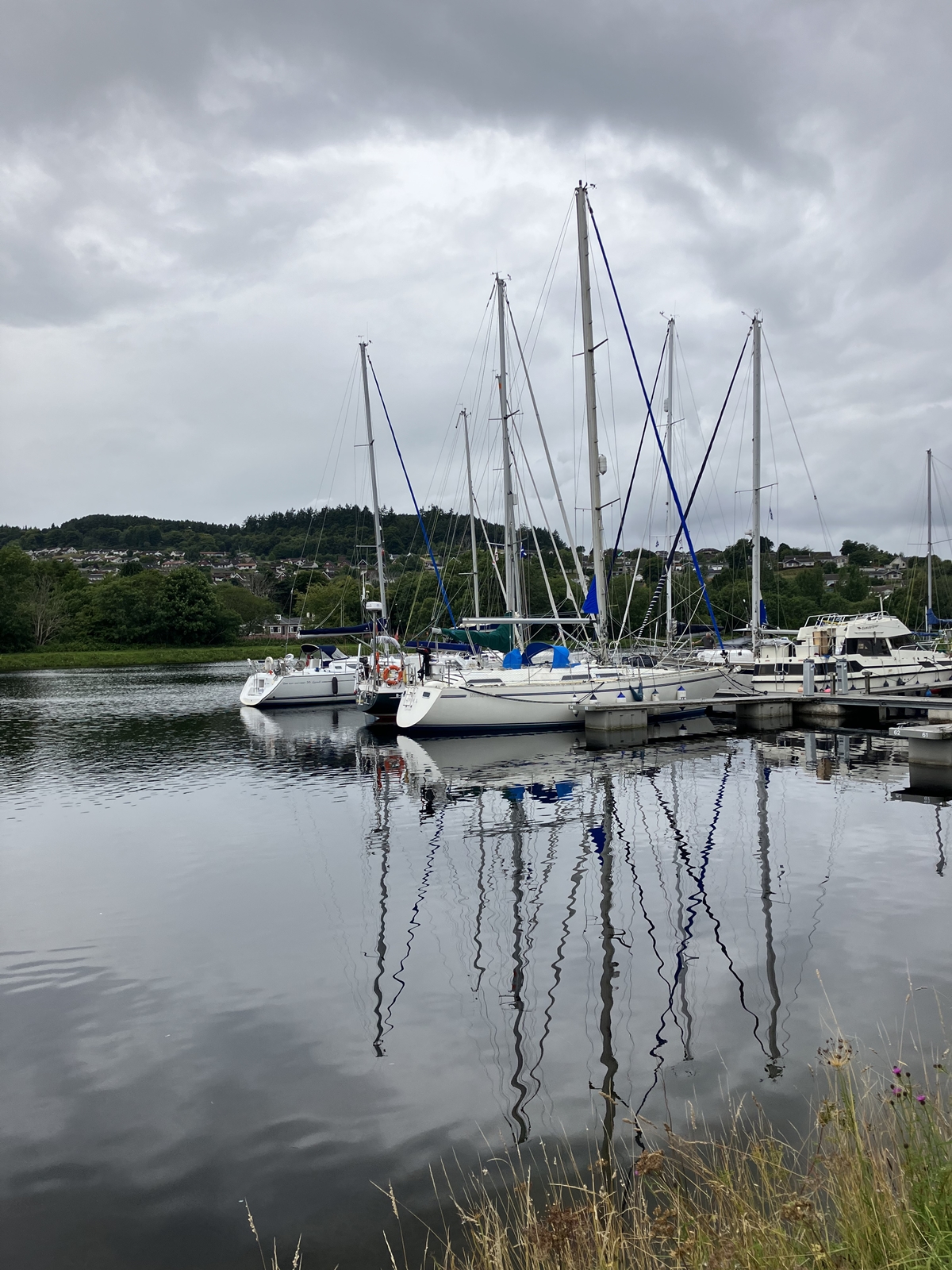 On the Caladonian Canal in Inverness at the end of our delivery trip. Peace at last!
On the Caladonian Canal in Inverness at the end of our delivery trip. Peace at last!
26th October – Not only did I get the new No 5 UNF die, I also found the two I already had! Anyway that job is now put to bed. Re. the Blissett, I did a quick calculation of the probable safe working pressure of the reservoir, of course bearing in mind that I don’t know what steel its made of so I assumed it was a low grade mild steel – I also couldn’t measure the wall thickness properly – I could only tell that it was somewhat greater than the 2.7 mm I could measure at the outside end after the screw threaded ring, and the internal diameter was about 27mm, so the ratio of wall thickness to radius is about 5:1. Calculating the ‘hoop stress’, which is the stress acting round the wall, and the principal stress it experiences, the maximum tensile stress should be about 5.5 times the internal pressure. An intenal pressure of 500 p.s.i, which I read in ‘Air-guns and Air Pistols’ by L Wesley was typical for air canes, would therefore result in a tensile hoop stress of 2750 p.s.i. A relatively weak mild steel has a tensile strength of around 40000 psi so there is a safety factor of x 14. That would suggest that it could stand a higher internal pressure, even with a safety factor of x4 it should be safe up to 1500 psi – similar to the pressure used in modern air rifles? Of course its unlikely that the rest of the mechanism would stand that pressure, and I’m sure that in the times when these canes were in use it wasn’t possible to make convenient pumps that would work at that pressure – I notice that you can buy air gun pumps that claim to reach 6000 p.s.i on ebay – I shudder to think of an air rifle working at that pressure. Anyway I have no intention of trying the Blissett out, I’m just curious about the technology as always ! I noticed on You Tube there were a number of (USA) videos on ‘dieselling’ spring air guns where you introduce a bit of oil into the piston chamber which is vaporised by the motion of the piston and ignites with the compression and produces an extra pressure that increases the pellet velocity by around 40% ( strictly illegal in the UK if it pushes the pellet energy above 12 J – or does it become a firearm since it involves an explosion?) – I can remember when I was young we thought you had to keep oiling everything to stop rust, including putting oil down the air path and I remember the smell and the thin smoke – I wonder if we were actually dieselling then! One You Tube claimed that putting a small smear of Vaseline in the recess at the back of the pellet also worked and produced a 40% velocity increase, but I’m a bit sceptical on that one as I don’t see how it could vaporise. Enough of the Blisset et al………… Maybe when I’ve got a bit further with the clearout of the workshop I’ll post some photos of it – I can then move on to clear out the outside workshop with my machine tools and woodworking machines which is an even bigger mess as I haven’t worked in there since I did stuff for the boat!
25th October I have started the massive job of sorting my gun workshop – I had boxes of electronics piled all over the woodburner so had to find homes for them all, and it was/is a mess! The trouble is that its like archeology on a rapid scale – my interests change from time to time, which means putting a layer of some different technology on top of the last layer – gun restoration, engraving, welding, cnc machining, electronics, school projects, computing and 3D printing. Anyway I’m on a mission to rationalise and vacuum up the grot and get rid of stuff I’m never going to need. History warns me about getting rid of stuff – I threw out a load of plastic parts for some equipment I’d made for a client ten years before, and the next day he rang to see if I had any spares – sadly the bin had already been collected! That lost me several hundred pounds. On anther occasion I threw out two large boxes of printed patent specifications I’d been sent when I acted as expert witness many years ago, only to be asked for my opinion on a similar case shortly afterwards. My policy now is only to get rid of stuff that I know I can readily buy again! When I got bored with clearing out I went back to the Blissett air cane and made a tool to strip the valve assembly to see how it was made. It is as it appeared from the outside, a spring loaded valve, probably horn, sealing in a conical steel surface, all in good condition. I got to thinking about these early air weapons – they all shot quite hefty lead balls. The heaviest .22 cal airgun pellet weights 1.5 grams with a maximum velocity of less than 125 m/s to be legal at 12 Joules although most pellets are much lighter ( .4 to .8 gm) and travel much faster. The balls for the air cane are 36 bore, so weigh 12 grams , which means that for a comparable muzzle energy they need a muzzle velocity of just 44 m/sec, i.e. a reasonably fast car doing 100 mph could just outrun the bullet. If you want to work it out – kinetic energy (Joules) = 1/2 mass (Kg) x velocity squared (m/s squared). Or to put it another way, if fired from the shoulder standing, parallel to the ground the bullet would have a job to travel more than about 25 – 30 meters before hitting the ground- so sighting would be a bit of a problem! I got the No 5 UNF die to finish off the cock screw for the Lancaster so maybe I’ll do that tomorrow after I’ve been to the dentist. I think the post I did on the Lancaster restoration must have got lost when I had a website crisis a few years back, so maybe I’ll dig out the photos again….. Here is the Blissett valve assembly……
The internal thread is 11/16 x 16 t.p.i. – not very common but Tracy Tools has taps and dies
 Blisset Air Cane valve assembly – tool still attached
Blisset Air Cane valve assembly – tool still attached
Blisset Air Cane valve seat
23 October – I spent the weekend down in Wales sorting out father in law’s house to go on the market. I made a couple of cock screws for the Lancaster today – I had a couple of failures as I sheared off the thread while turning the head – I drill a t hole in a bit of bar and tap it so I can hold the screw to turn the head, but I took too big a cut! I also managed to break a 2.5 mm drill while making the hole in the bit of bar – not very clever all round – then I had to do one for the original Lancaster and had a bit of trouble sorting out a suitable thread – I think its 5 UNF but to my suprise, that is about the only die I don’t have for some odd reason – its missing from my set. THe restoration project Lancaster is only missing the half cock notch on one lock, so the other will act as a guide. I haven’t put detents on the tumblers, which as a rifle it should have, but that is probably a step too far at this stage. Rifles need detents whereas shotguns don’t as the trigger is only pulled very lightly on a rifle – not enough to hold the sear out of the way of the half cock notch, whereas one gives a shotgun trigger a more solid pull that keeps the sear clear while the tumbler rotates. In fact it is a normal reaction when shooting a shotgun for the trigger to be pulled a second time involuntarily – this makes the design of single trigger mechanisms on double guns quite complicated as it needs to ‘loose’ the second pull and not use it to fire the second barrel. It is interesting that once the development of the ejector mechanism for double barreled shotguns had reached a plateau around 1885, the gunmakers were searching for something else to encourage users of their best guns ( which were very long lasting!) to keep on spending and the attention switched to single trigger mechanisms – there were 91 patents between 1894 and 1910 relating to single trigger mechanisms. Most ‘ordinary’ guns now use pendulum systems based on recoil to avoid firing on the second pull – which occurs very quickly after the first pull while the recoil lasts considerably longer, so the pendulum is still in the recoil position during the second pull and only connects the trigger to the sear after the recoil.
19th October – I had a very pleasant day’s shooting yesterday as the guest of a good friend, mostly partridges but a few pheasants. Quite challenging for everyone as there was a strong wind and partridges doing 50 m.p.h. with the wind behind them! I managed to find the way into the mechanism of the Blisset Air Cane – there was a collar on the muzzle, I could just make out the joint, when unscrewed the cover just slid off the mechanism (I’d already taken out the sights and lever of the loading shutter). The mechanism was all very clean and rust free and as soon as I’d made a strong enough key to cock it from a hex key, it worked just fine. The tumbler is wound directly by the key and the sear (shown above, removed) engages it. When the button on the sear is pressed the tumbler is rotated by the hefty spring and flips the ‘hammer, that in turn drives the firing pin out. The tumbler overshoots the ‘hammer’ which is then free to rotate, allowing the firing pin to retract under the rush of air from the resevoir, which then allows the chamber valve to close rapidly and stop the flow of air. That is important because the resevoir holds enough air for many shots so the valve must shut off as soon as enough air has been released. My book on air weapons says the pressure used was 500 p.s.i. and that its very tricky to replace the valve on the resevoir, which may originally have been horn. On the subject of horn the horn handle of the Blisset was badly cracked and had bit s missing so I filed down some horn dust and mixed it with Araldite and built up the missing parts – doesn’t look too bad. I got to looking at a few of my long guns from my cabinet to make sure they were happy, and had a bit of a shock that I had left a couple that I’d worked on in an unfinished state. My Lancaster Oval Bore rifle that I’d been restoring some years ago and thought I’d finished and put away in the case I fitted out for it turned out not to have had the half cock notches cut in the tumblers, or cock screws made, or one of the little safety sliders made. Also the complete one I used as a model was somehow missing both cock screws – I dont know what happened to them – it was complete when I got it so I must have taken them out as models for the restoration one – strange. Anyway I started to make new ones as I’d just got a couple of new lengths of steel bar. The nearest thread I could find for the cockscrew was M3, which of course can’t have been what it was, but UND 4 was too small and UNF 5 too big. I also found the Venables that I’d tried to resolder the barrels of and had made a mess of soldering the bottom rib – I suppose Ill have to redo it, which is a shame because I got a lovely brown on the barrel.
16th October – Not much progress on anything in the last few days – except I suppose hacking down the overgrown grass in the front garden! I’m waiting for a bar of EN1A steel to make the little slider that I need for the Cook patent Air Cane – I did model the mechanism in Solidworks, which certainly helps to see how it goes together, and I think that the slider will work – at least I hope so. I hoped to put some pictures from the Solidworks model on this blog but unfortunately it doesn’t seem to like the files Solidworks makes – not sure why as they look like normal .pdf files. I’m off to a shoot on Wednesday – I seem to have collected 4 muzzle loading shoots this season, which is perfect – I might try to fix one more after Christmas, but probably not. I am trying to finalise my drawings for my little dinghy so I can publish the plans, but today I realised that my drawing gives a part that is just biger than the sheet of ply its supposed to be cut from – that means more fiddling with the dimensions! Looking through my collection of mostly slightly ropey guns I found it difficult to pick out some of my own repairs – I’d mostly forgotten what I’d done. The more you look at antique firearms the more you see that have been restored or ‘restored’. I do have a very few that are in fine condition and that I’m sure are totally original – but it actually rare that A barrel hasn’t been rebrowned or a bit of work done on the barrel engraving or the cock or cockscrew replaced. I’m pretty sure that some of the guns that Ive had to replace the side nail on are indestinguishable from the original – I did one recently and the client couldn’t tell which was which so I guess that is a sucess. Sorry, bit of a boring blog today!!!
13th October – Had a very pleasant day at the Derek’s clay Grouse shoot – it was good to see all the Muzzle Loading gang, but I’m happy to keep it as a fairly rare event! I did hit a few clays, but only a few! Looking at the weather forecast from today onwards I was forced to the conclusion that I couldn’t put off lighting the AGA another day – at least we got almost halfway through October and so far the kitchen has managed to stay above 20C all the time. Before I could light it I had to service the burner – the old AGAs are wonderfully primitive – there is a small tank at the side of the cooker with a ball cock to keep the oil level constant, and an adjustable needle valve to control the flow out, and it then runs into a small pot that has channels running out to circular wicks that burn within concentric tubes. Unfortunately the modern heating oil deposits carbon around the little pot and eventually blocks the oil inlet so every 3 months or less the burner has to be taken out and scraped clean and the pipe drilled out with a foot long drill. Anyway that is now done, hopefully until Christmas. My daughter gave me some sourdough starter, and I determined to get it to work this time – previous attempts at sourdough having been a dismal failure. I think I understand enough about sourdough yeasts and fermentation to have a go. I am congenitally unable to follow detailed instructions – not sure why, just one of those things – so I always have to understand the principles behind what I’m trying to do, and then I can make it up from there. Anyway I applied that principle to the sourdough and got a couple of really nice leaves with a good rise, so I’m pretty happy with that. When I’ve made a few more I’ll put up a blog it. I didn’t do any more to the canes, but yesterday one of the shooters said he had the barrel part of a Blisset cane he would give me – which might mean that I could manage to get inside one and get a working mechanism…..
11th October – I came to put away my little single barreled Nock percussion that I use for almost all of my shooting and found that the thread on the side nail wasn’t holding as the thread had worn. The thread in the lock is 32 tpi but just a bit bigger than No 8 UNC in diameter. I opened up a die as much as I dared and made a new side nail – it does hold, and since it doesn’t take any real strain I’ll go with it, but it really needs a slightly bigger diameter. I’m off to Derek’s ‘Grouse Shoot’ at the grouse stand at Cambridge Gun Club tomorrow. I haven’t been to a club shoot for a while – too much standing around for my liking, but once in a while I need to be sociable! I need to get some more shot, so if anyone else is interested I’ll get 100Kg and pass it on. Cambridge Gun Club now sells caps and black powder, so perhaps they might like to sell shot as well and save me the bother. I’m still contemplating the Cooke Patent percussion cane as even with the suggestions that have come from readers of this blog, I wasn’t really happy that I understood exactly how it worked. My main thought was that even with the suggested sliding collar or other linking arrangements to allow the handle to close, the spring was far too strong to allow the very short handle to cock it. Plus the spring is just a cut off bit of a spring wiithout the normal flat ends found on purpose made springs. So I think the original spring broke, and someone replaced it with one that was far too strong, causing the toggle mechanism, whatever that was, to break when they tried to cock it, and parts to be lost. Now that raised another issue for me! The present spring is shorter than the available length when the piston is fired, which means that the cap is actually impacted (fired) by the inertia of the piston, and when a new cap is inserted and the cane isn’t cocked, the piston doesn’t press down on the cap and possibly fire it as the barrel is screwed in. That is obviouly sensible. I suppose that since the piston is only constrained by the friction of the sear on the square piston rod in the fired position it is possible that a very heavy blow on the muzzle end of the barrel might fire it, although the piston is not heavy. I’m tempted to make a computer model of the mechanism in SOLIDWORKS so I can see how it goes together – I am quite quick using it, but I don’t have a lot of experience at using it for animations – maybe I should really clear up my workshops instead of playing! I make most of our bread, and I’m about to verture into sourdough again – I didn’t have much luck before, but I found a book that explains the biochemistry of some of it, and I think I know why I never had any success – basically because I was too mean to chuck out half of the ‘mother’ every so often to refresh it, whereas you have to add substantially more flour than there is mother or the bacteria outcompete the yeasts! So unless you use or discard a lot, you will eventually be submerged by a sea or mountain of sourdough depending on whether you are using a liquid or dough like ‘mother’ . I did have a strange happening last time I made ordinary half wholemeal bread – I made a batch of dough and shaped it into two identical loaves – both treated the same – one came out quite dense and one had a very good open texture throughout. I don’t like variables I can’t quantify!….. I didn’t fix the lights on the C5 because it was raining and I have to work on it outside.
10th October – Its good to be back – I realise what a lot of interesting and helpful people follow this blog! For example Jorg suggested that there was probably a sliding block on the piston rod that is pulled by the handle pivoting and in turn pulls the pin that is through the piston rod – it is then free to slide back down the piston rod when the handle is shut, leaving the piston in the cocked position – which sounds right – I had a look at the bits and I think it is the only way the thing can work – so I’ll give it a try. Much to my surprise I got the Sinclair C5 running today – first surprise was that I managed to get enough charge into the battery to test run it after the battery had sat there completely flat for 5 or 6 years, probably enough for 10 or 15 minutes of motoring. Second surpise was that it ran at all, as I thought it had failed on me last time I used it. Anyway I took it for a short 1/2 mile spin! I wish it felt safer on the road – I would probably use it if we had decent cycle paths round here – it is after all only an electric tricycle. Its now in original working order – bar the lights, which I will look at tomorrow. Photo as promised – its a pretty clean example of these interesting relics of Clive Sinclair’s imagination! The production designing was actaually done by Lotus cars so its really quite a clever example of designing down to a price. The grey bodywork is a one piece injection moulding – possibly the largest single piece production moulding at that time. Its surprisingly comfortable to ride/drive if you are only 5ft 8 ins . It would be a totally different beast if it were designed now with Lithium batteries and the better motors and controllers that come with electric bikes. For the record – a C5 held the world speed record for an electric vehicle of 150 m.p.h. for a while. Apparently it handles very well up to 100 m.p.h., but after that it got a bit trixy! I would hazard a guess that there wasn’t much of the original C5 involved! Its just a shame that going around with your nose at around the level of vehicle’s exhaust pipes is not more pleasant…..
9th October – Still haven’t had any inspiration as to how the Cooke percussion cane shown below could possibly work! I am getting somewhere with the Blisset air cane – at least I have an idea. It looks as if the outer sleeve of the barrel and action ought to come off at the muzzle end as it looks like a fairly thin metal tapered outer tube covers everything – the only things obviously holding it in place are the back and fore sights and the lever that shuts the hole where you put the ball, which I have removed. However, there is a dent in the sleeve that might be causing a problem and I can’t get it to shift – its probable that there is rust somewhere that is sticking things up. I made a key to fit the square hole under the action part and although I can’t turn it more than a few degrees, it does make the trigger button move just a little. I’ve tried spraying release oil generously around without any obvious benefit – I’m thinking that I may need to immerse the action end in the release oil to make sure it gets everywhere. I think the visible bit of the barrel at the muzzle is brass, the action is certainly steel so its not clear if it will be possible to overcome any rust – assuming that my interpretation of how it comes apart is correct. I did a car boot sale on Sunday to try to get rid of a load of junk from the loft that I can’t bring myself to throw out – I did make £150, which was really not the main point of the endeavour, and I got rid of half a Land Cruiser’s load of stuff – I felt slightly guilty as I had put my prices very low to move things, and some of the other stalls were a bit miffed at me! In the end I was virtually giving stuff away. My next little project, beside publishing plans for the little wooden dinghy is to get the Sinclair C5 (remember them?) that lives in the ‘black shed’ in a fit state to sell. I acquired it about 12 years ago and the boys had fun driving it around the recreation ground doing wheelies which eventually bust the front wheel. I got a replacement and put in a new battery about 6 years ago and used it once or twice in the village but it failed going up the hill and I never got round to fixing it. At that point they were worth about £400 – that seems now to have doubled, so its probably worth a bit of effort to get it going. The tyres were all flat, and I can’t find a hand pump so I thought I’d take the wheels off and take them to the car and use my big 12V tyre pump – of course the wheel bearings were a bit corroded – so that was a couple of hours work to strip and clean them and polish up the surfaces = anyway the tyres pumped up fine – my tyre pump is sized for my big wheels so the C5 tyres inflated in seconds! All the wiring and circuitry looks exactly like the stuff I was designing in 1970s – in fact obselete by the time Sinclair incorperated it in the 1985 design – but it does mean that I’ve probably got lots of suitable spare bits in the loft! I did wonder if I might throw out the primitive electronics that only lets you control the speed by switching the power on and off, and program up a small Raspberry Pi to do the job, but that would probably spoil it from a collector’s point of view and reduce its value! The battery has been sitting flat for many years so is probably dead, but leisure batteries for it are quite expensive just to get it going – if the worse comes to the worse I’ll buy a cheap small car battery just to get it going. Its currently on ‘charge’. Photos tomorrow, I promise. I went to see my heamatologist for my regular check up every 8 weeks – he is involved in lots of research so we always get to discuss the latest findings – in this case research linking poor outcomes with frailty in old age, and linking this to low protein intake and lack of muscle bulk – something that I’ve been pretty aware of since having Covid badly very early in the pandemic. Apparently the general medical view is that you can’t build muscle in old age, and they now think this may be wrong! I did point out that I’d been doing just that on and off for the last 2 or 3 years – I loose muscle if I get lazy and don’t eat enough protein, and put it back on when I am active amd do a minimal bit of slow weight training for a few minutes a few times a week.
7 th October – I had a very pleasant clay shoot on Thursday – I was trying to emulate my success of the week before, but although I didn’t do too badly by my standards, i didn’t achieve the fluency I had the week before. Anyway Ive been busy fettling my little wooden dinghy – I designed and made it over 40 years ago as a versatile, very light ply dinghy that was light enough for me to put it on the roof of my Landrover without too much effort and could be built quickly. It had a fairly hard life for five years or so, but then sat in various sheds until last year when I took it down to North Fambridge to acces Sepiola which I was working on, and which was on a mooring – it was left out all winter but I now have no use for it as Sepiola is on a pontoon berth in Scotland where I hope to be sailing her next year. Anyway while I was using it several boat owners offered to buy it as they couldn’t find anything similar and thought it was a good design, so it seemed to me to be a good idea to publish an article on how to build it with a sort of plan, which has meant reverse engineering the construction to draw up the plans for the sheets of ply, and at the same time sanding her down and revarnishing her, and I couldn’t resist putting on a few 3D printed parts since I now have a rather snazzy Bambu XI printer. I haven’t given up on sorting the two walking stick guns – the Cooke Patent percussion gun still puzzles me and I can’t see how it could have worked – see photo below. I have got somewhere with the Blisset air cane – Pete said it should have a small button for a trigger, and so it does – almost flush with the surface. That leaves the small issue of how you cock it, but on close examination the small hole in the barrel part appears to have a square recess that would take a key, so I guess that winds up the firing mechanism that, when the button trigger is pressed releases the piston in the centre of the barrel end and pushes the valve in the reservoir and releases the air. At the moment I can’t turn the square, although I havent tried very hard as I haven’t made a well fitting key yet, but I have soaked all that end of the barrel in release oil ans will see what happens. I have yet to find a way into the mechanism if I can’t get it to work – there must be some way – it just isnt obvious yet – I will sort it in time! It is a very heavy thing, and fires quite a heavy ball for an air weapon, and has sights on the barrel, so I don’t think it was intended to be used with the small horn handle (similar in shape and size to that on the Cooke), so I guess it had a detachable stock that was carried separately in a pocket. A lot of similar air canes had the reservoir in the detachable stock. There was a period in history when serious air weapons where in use – The Austrian army armed soldiers with a very powerful rifle – by the way my Blisset cane is also rifled- which was considered ‘not the done thing’ by there enemies because they couldn’t locate the source of the bullets as there was no smoke and little noise. Any soldiers captured with air weapons was executed, or so the story goes…..
3rd October – I thought I’d put up some of the photos Ive been taking of various of my guns, including the Kerr, but when I tried to download about a hundred photos I found that although they were taken on my usual camera with my usual micro USB card etc they are all unreadable! Back to the drawing board – thats the best part of a day’s work wasted. I did eventually get the Kerr back together after some difficulty working out the right assembly sequence, but its still not quite right= there just isn’t enough travel on the pawl to rotate the cylinder, and I can’t see what is stopping it – theere doesn’t appear to be anything wrong – anyway I’ve cleaned it and put it aside while I contemplate the next wreck! Happen its an old percussion walking stick gun of about 16 bore – a heavy old thing painted to look like a cane, with a small horn handle at the top. It didn’t seem to be working, so in my normal fashion I couldn’t leave it alone! It consists of a barrel – the lower part of the walking stick, with a nipple in the centre at the top, onto which screws a section of tube about 3 inches long containing a piston and spring that fires the cap. the piston has a square rod that has a notch (bent) that receives the sear to hold it in the cocked position. The rod passes through a disk and has a hole through it for a pin that holds a stirrup attached to the handle. The handle pivots near the bottom and when hinged open pulls the rod via the stirrup to cock the spring. There is a joint in the square rod that is pinned and fixed and it does not allow for any rotations. So far so good! the pin that passes through the stirrup and the end of the rod was bent and displaced and was a soft, useless replacement. So – you pivot the handle and it pulls the stirrup which can pivot at both ends, and pulls the rod that cocks the gun. But the rod is now protruding and holding the handle open via the stirrup so it is not possible to close the handle until after the gun is fired. I am at a loss to see how it is supposed to work! The joint in the rod is fixed, and anyway is in the wrong plane. Working on the principle that it must have worked originally I’ll just have to ponder it some more. The cane is marked Cooks Paternt. And Ive got another cane, this time a hefty air cane of about 120 bore by Blissett with a very heavy steel reservoir as part of the tube. at the moment I’m at a loss as to how its fired – there doesn’t seem to be a trigger. The barrel detaches and you can see what looks like the release valve in the reservoir and possibly a stud in the barrel end that might push on it to fire it, but so far I’ve got no further! So I’d better go and find out what is wrong with the camera so I can put up some photos – drat! You have my new smart watch to blame for this blog – the strap on my very cheap digital watch finally disintegrated so I bought a cheap smart watch as it lights up nicely to show the time in the dark just by shaking my wrist – anyway I was sitting on the sofa sort of snoozing after dinner when the watch buzzed and said ‘get up and do some exercise’ Bloody cheek if you ask me, but I did at least come into the library and do the blog!
30th September – well its been a long time since I blogged here! I spent most of the last year fixing up the Moody 37 yacht which I finally sailed from North Fambridge on the Crouch up to Inverness with Penny and two sons, Tom and Rory – not my favourite place to sail, the North Sea, but a lot quicker than going the other way round the coast and up the Irish Sea. We left it to the owner’s family to take it through the Caledonian Canal to its new home in Oban. Apart from lots of programming of navigation software and 3D printing of bits for the boat, there was quite a lot of sorting out of rigging and engine and anchor windlass that didn’t work – now I can look forward to some sailing next year around the Hebrides – we’ll have a bit more time as Penny is retiring, so we might even make it to St Kilda. I know this is supposed to be a gun blog, but most of my work for clients dried up and I am afraid I lost confidence in my engraving so still haven’t finished Fred’s stuff. I did carry on black powder shooting with Pete and Bev at Cambridge Gub Club from time to time, and I’ve had one game shoot so far this season – a lovely Partridge day on Foulness Island where I felt I’d done myself justice – I believe its greedy and not gentlemanly to get too many so a couple each drive suits me fine. Tom and I had a good day last week with a couple of single barreled percussion guns and both of us were pretty please with how things went = particularly at the ‘grouse’ stand here I don’t usually hit more than one or two – this time using my usual gun I did much better. The only difference I can see was that I shot each clay without having seen it before calling for it, whereas I normally try not to shoot at clays I havent watched otheres shoot. I’ll have to try that in future!
When we got back I got out a couple of my mid 1800s revolvers – I’m quite fond of the Adams revolvers and all the variations that evolved from it – one day I’ll get round to putting one on my FAC and shooting one. Anyway I got out one of my fathers old collection that looked rather tired and in need of a bit of TLC – I don’t know why I hadn’t done anything with it before, but I guess it looked a bit boring – anyway it was a Kerr’s Parent, a bit later than the straight Adams, made by the London Armoury Company. It differs from the run of the mill Adams derived revolvers in that it has a detachable lock like a long gun back lock with the cock and mainspring and sear on it, and a trigger mounted in the frame as normal. It looked as if it needed a bit of a rub with fine 0000 steel wool and oil to get rid of a bit of surface mess that was originally rust.. In handling the gun I decided that the action just wasn’t working – It has a trigger just like most of the trigger cocked type revolvers with a wide curved trigger and long action but it didn’t cock with the trigger – I though from the look and feel of it that the action must be at fault, so I decided to strip it and look inside – plus the would give me the chance to get rid of any hidden corrosion. All the lockwork looked OK and I couldn’t see anything amiss – so I did what I should have done before and picked up Taylerson et al. ‘The Rvolver 1818 – 1865’ and lo and behold the Kerr’s Patent was made by LAC in both trigger cocked and single action form – apparently outwardly indistinguishable although most of the late ones were trigger cocked. This one is serial 10555 so must be late, but anyway, it will be all the better for a good clean and oiling. I found that the 0000 and oil were not really doing much, so tried my very fine rotary wire brush (.003 dia wire) on an inconspicuous prlace and it worked fine, so gave it a gently going over and it now looks much better – but not in any sense polished – just as it should have been if properly cared for in the past. I’ll post some photos later – I am resolved to try and put a bit of stuff on this blog from time to time – even if it is not all gun struff! I’ll be trying to go through all my old guns – I found a couple of little pistols that had been lying on a new duster had small rust spots where they touched the duster – nothing else had any problem – I’m sure it muct have been something in the new dusters – since washed!
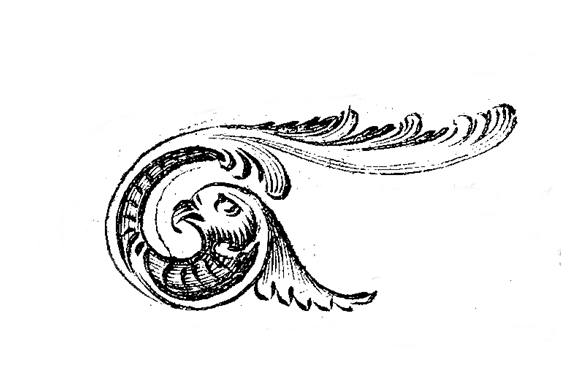
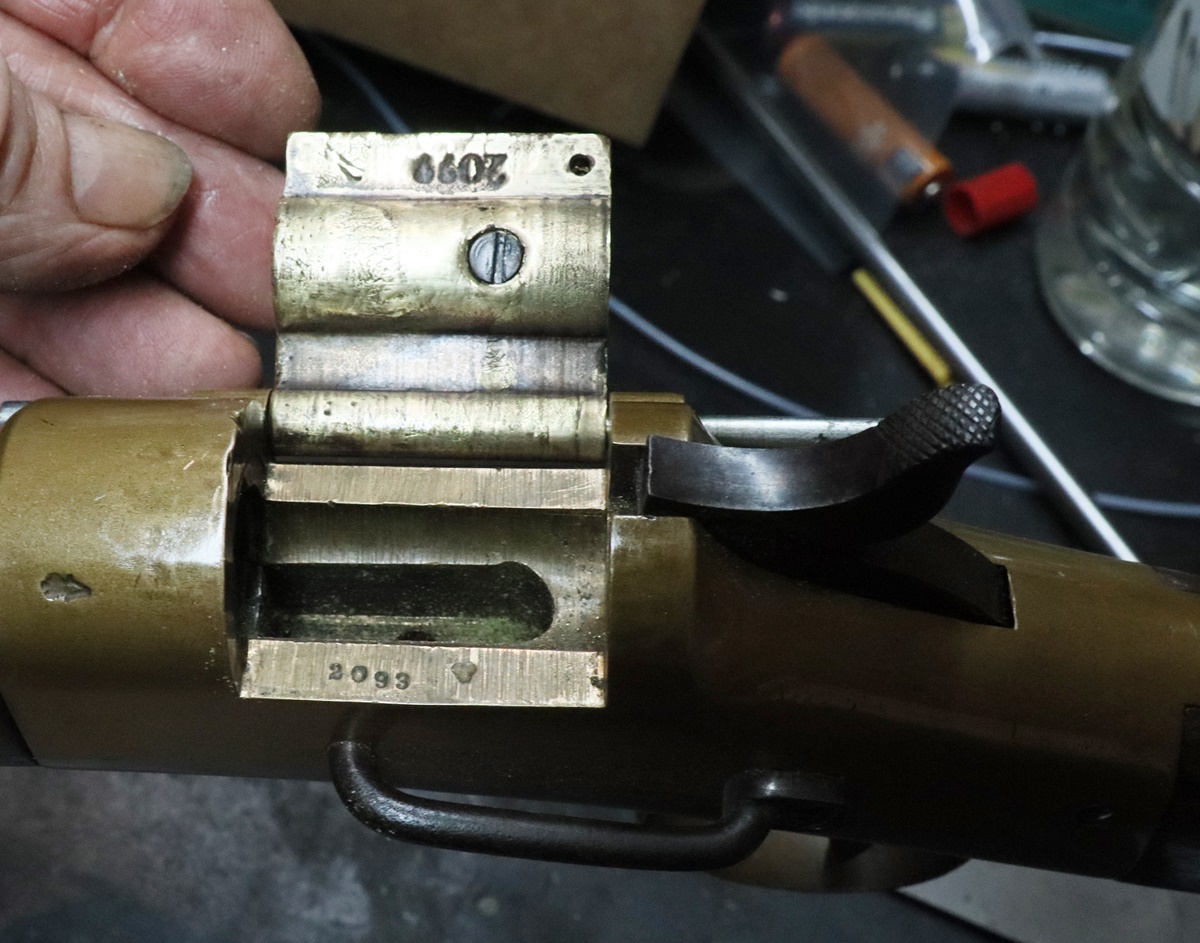
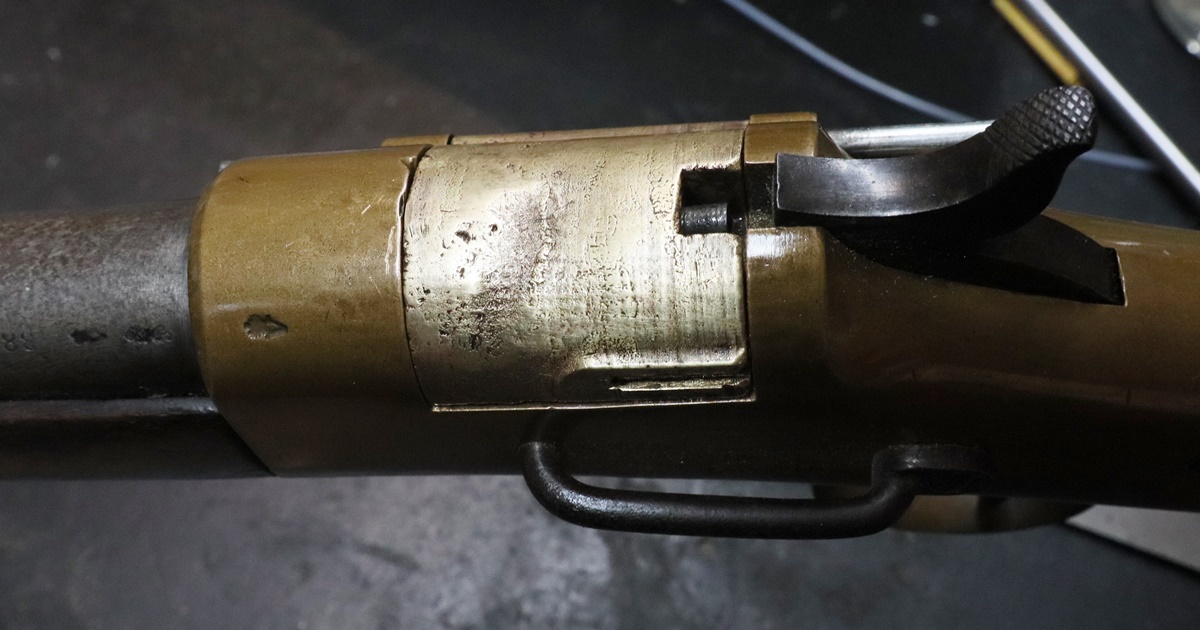
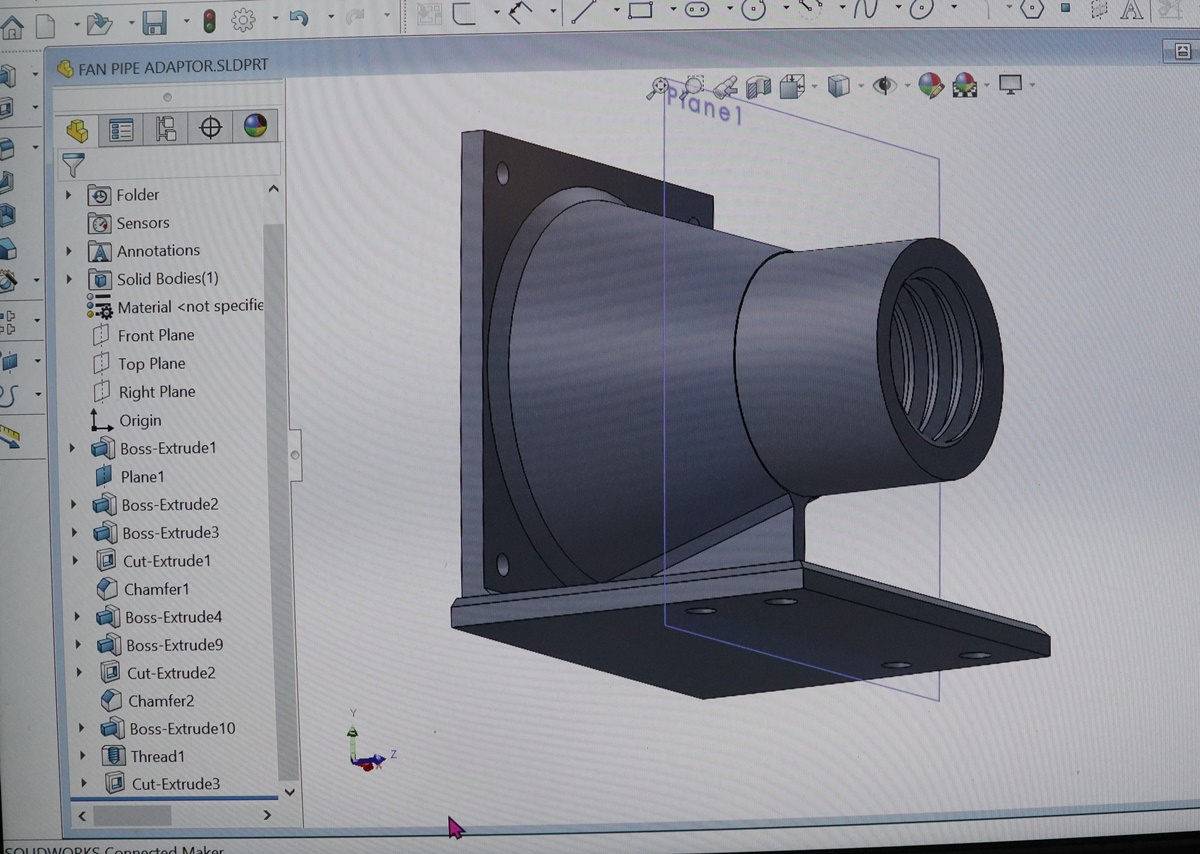
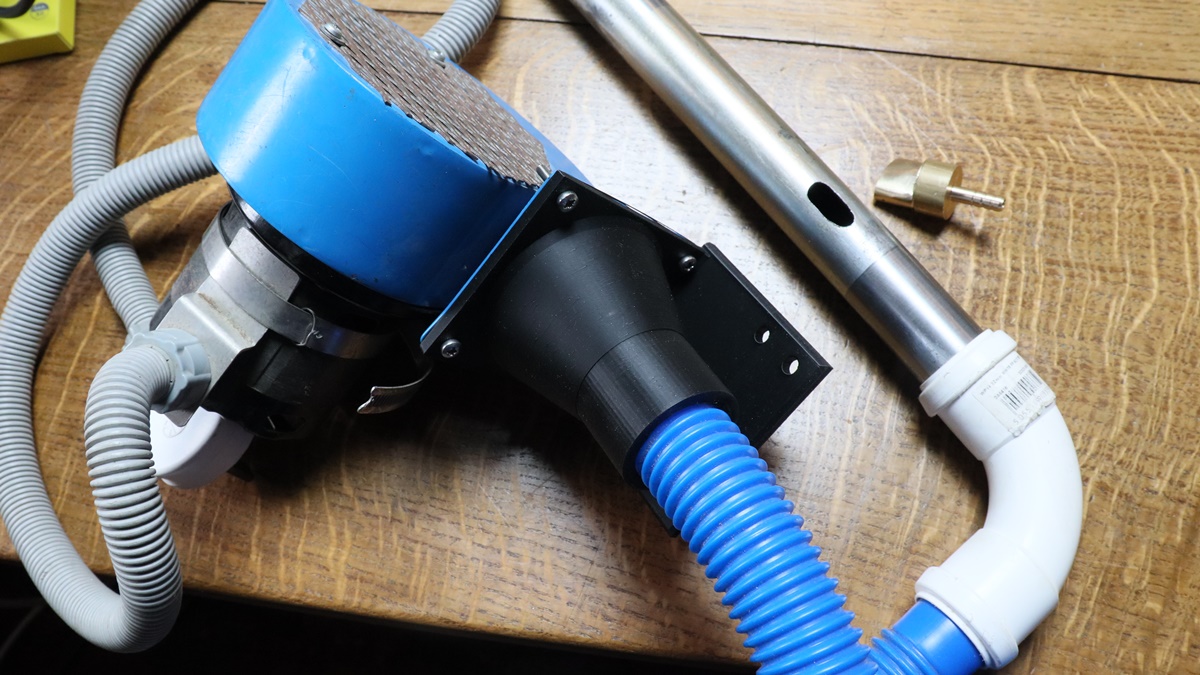
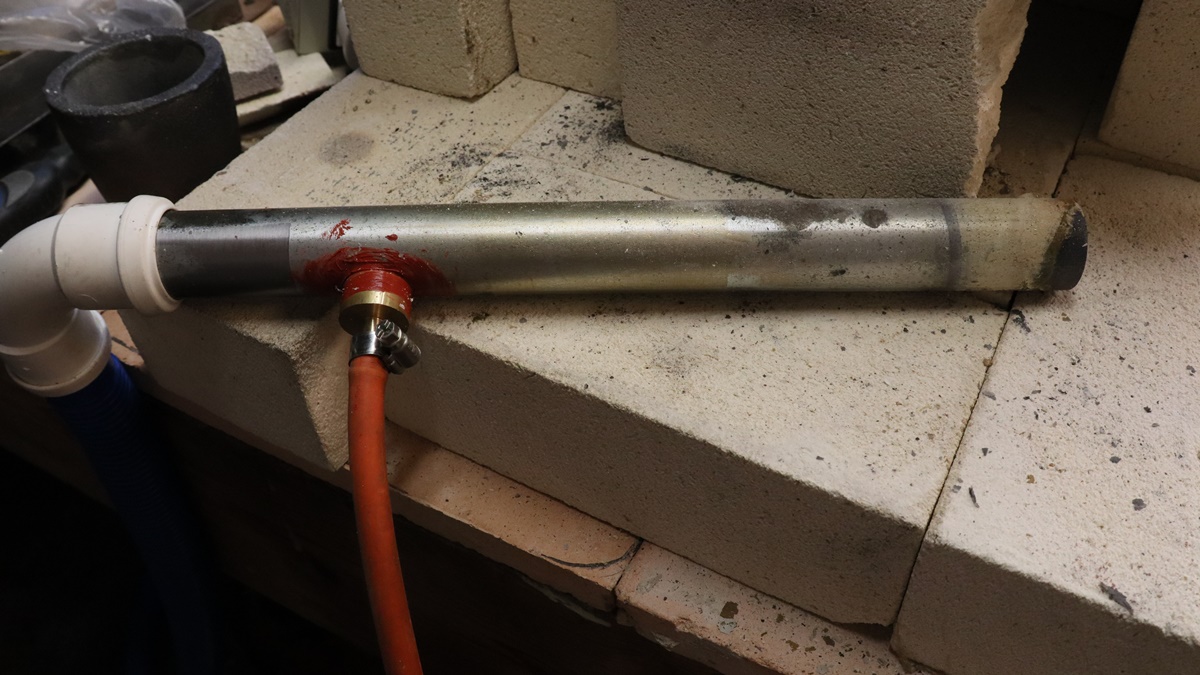
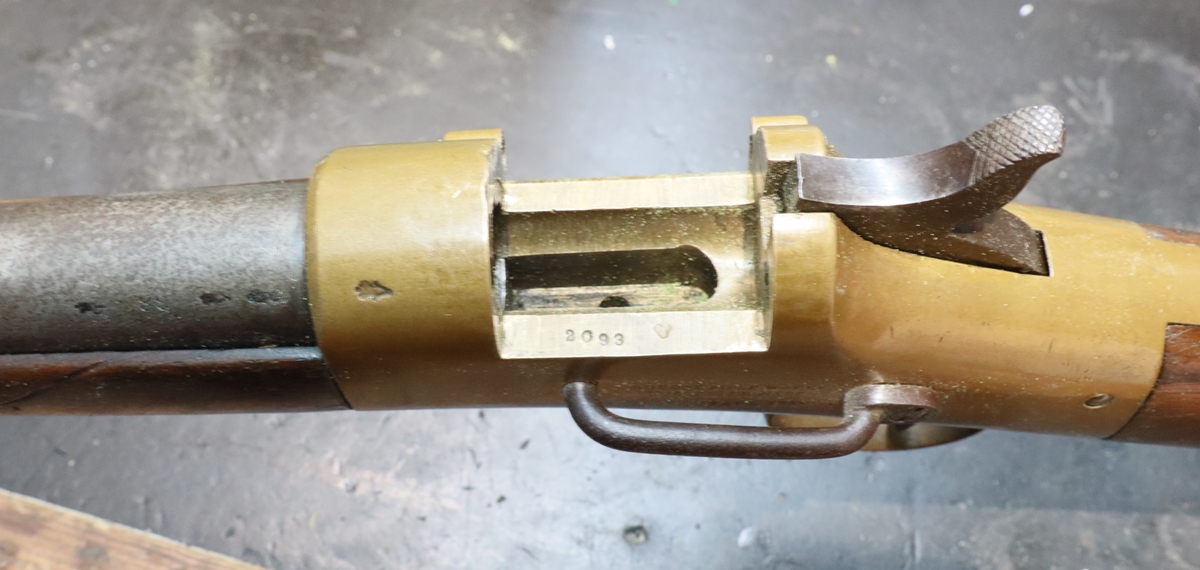

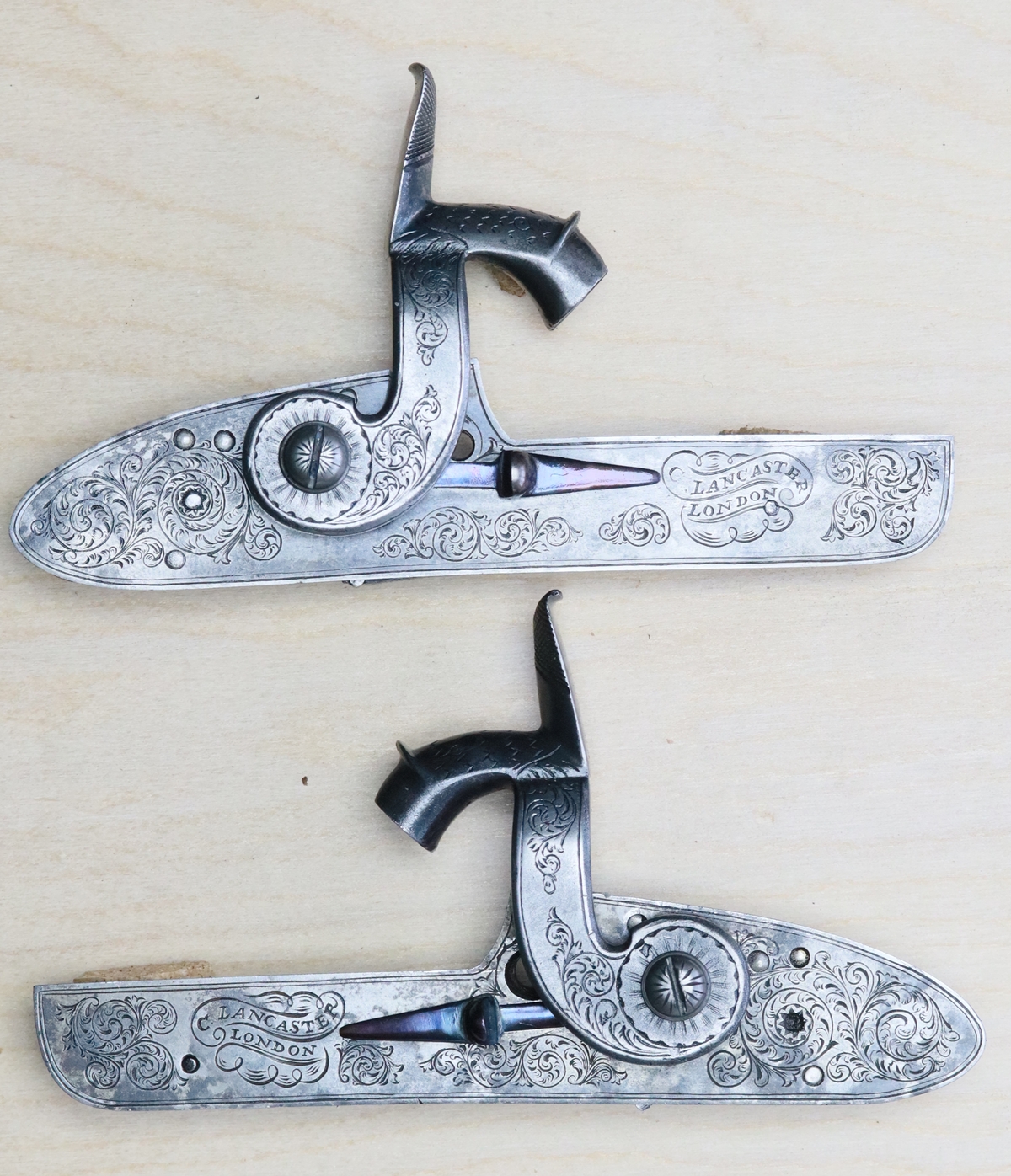
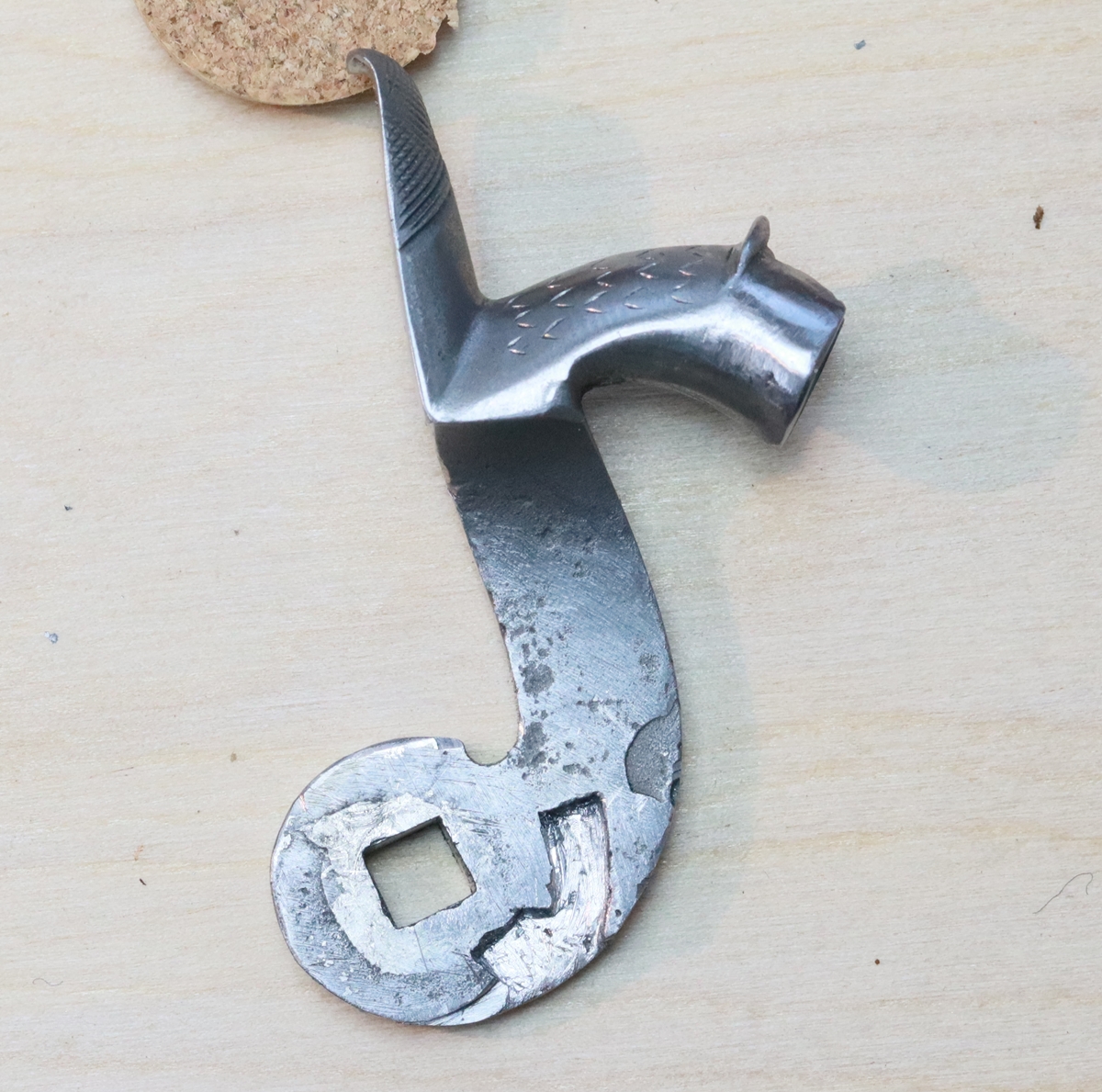


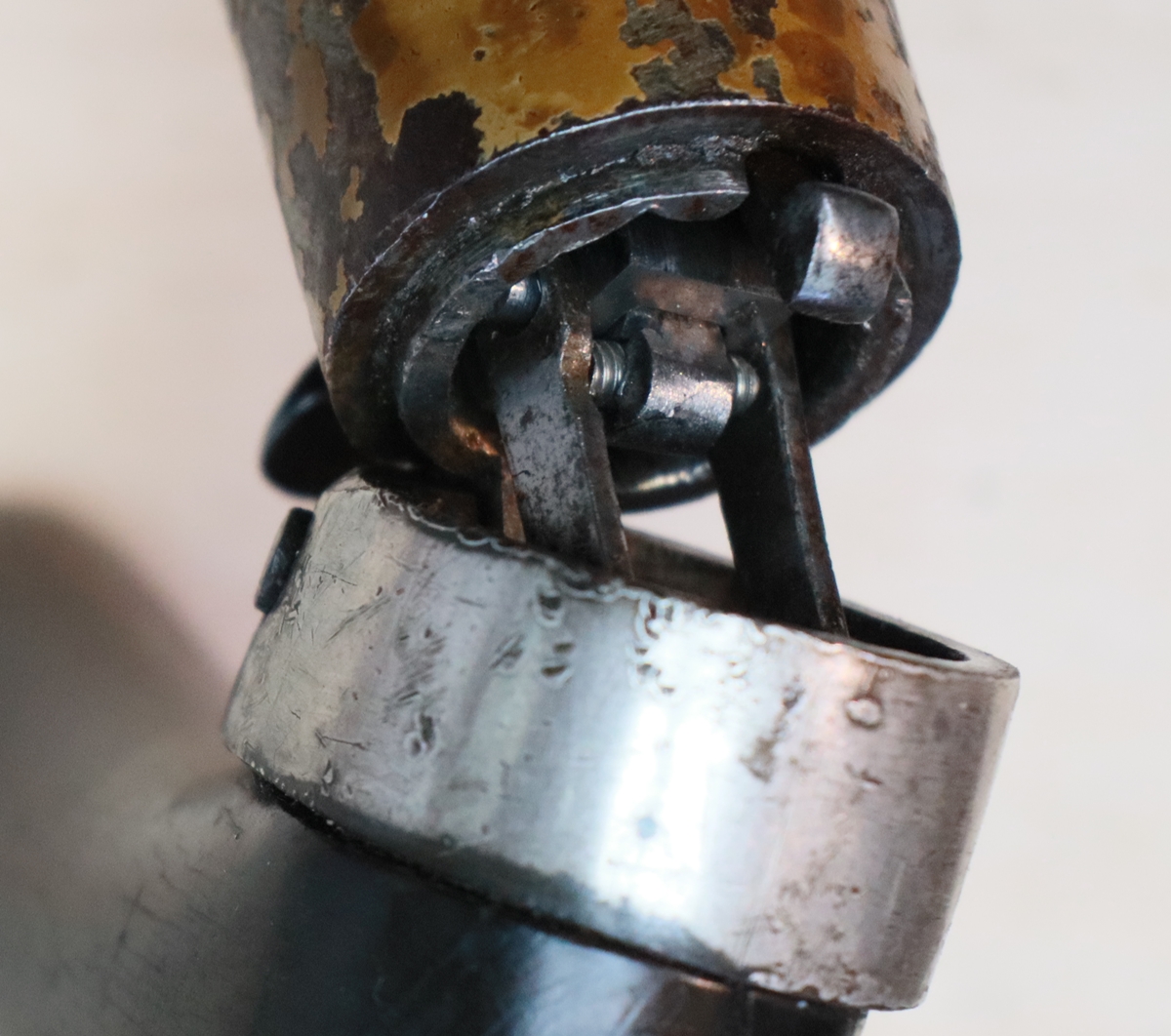
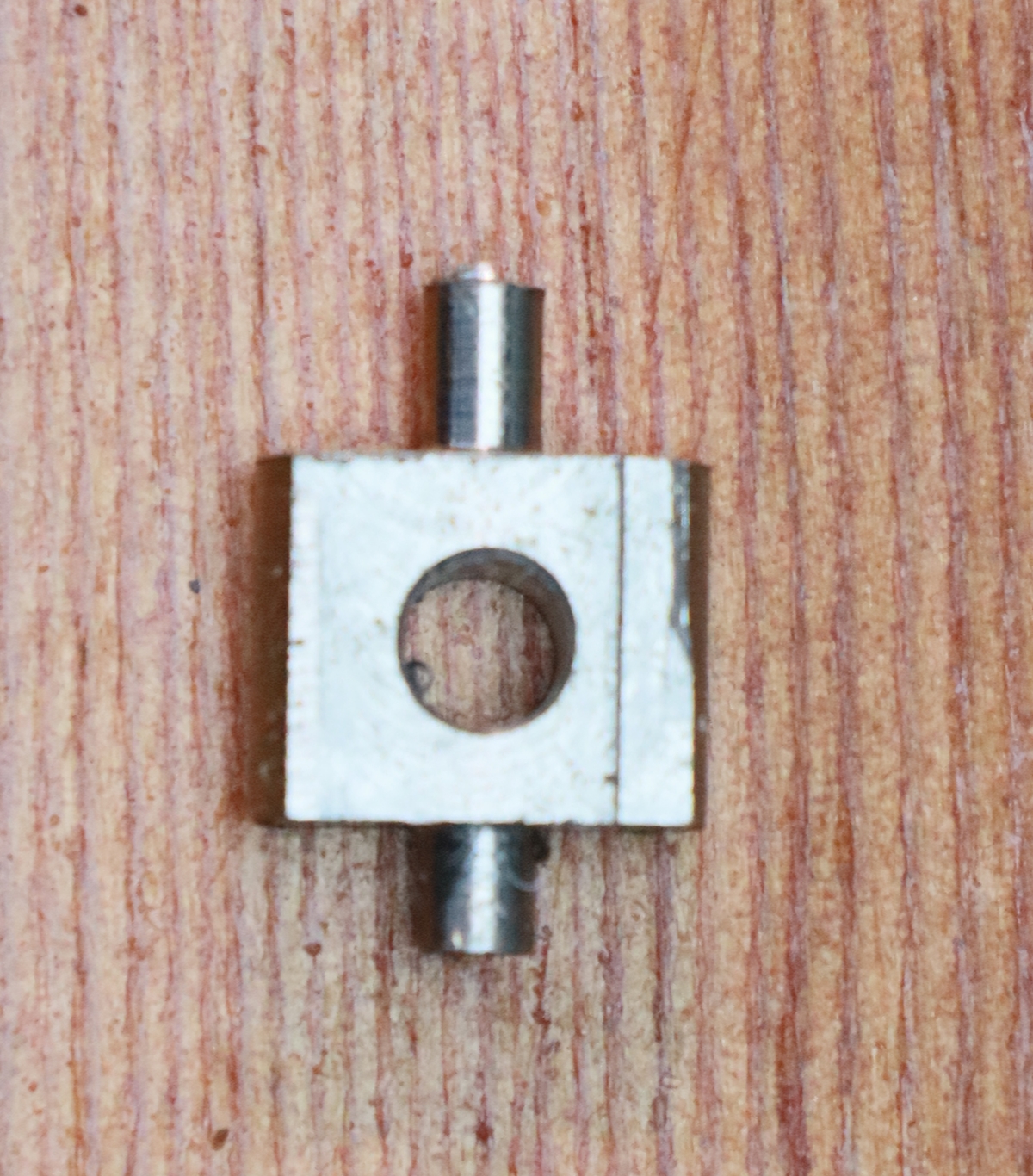
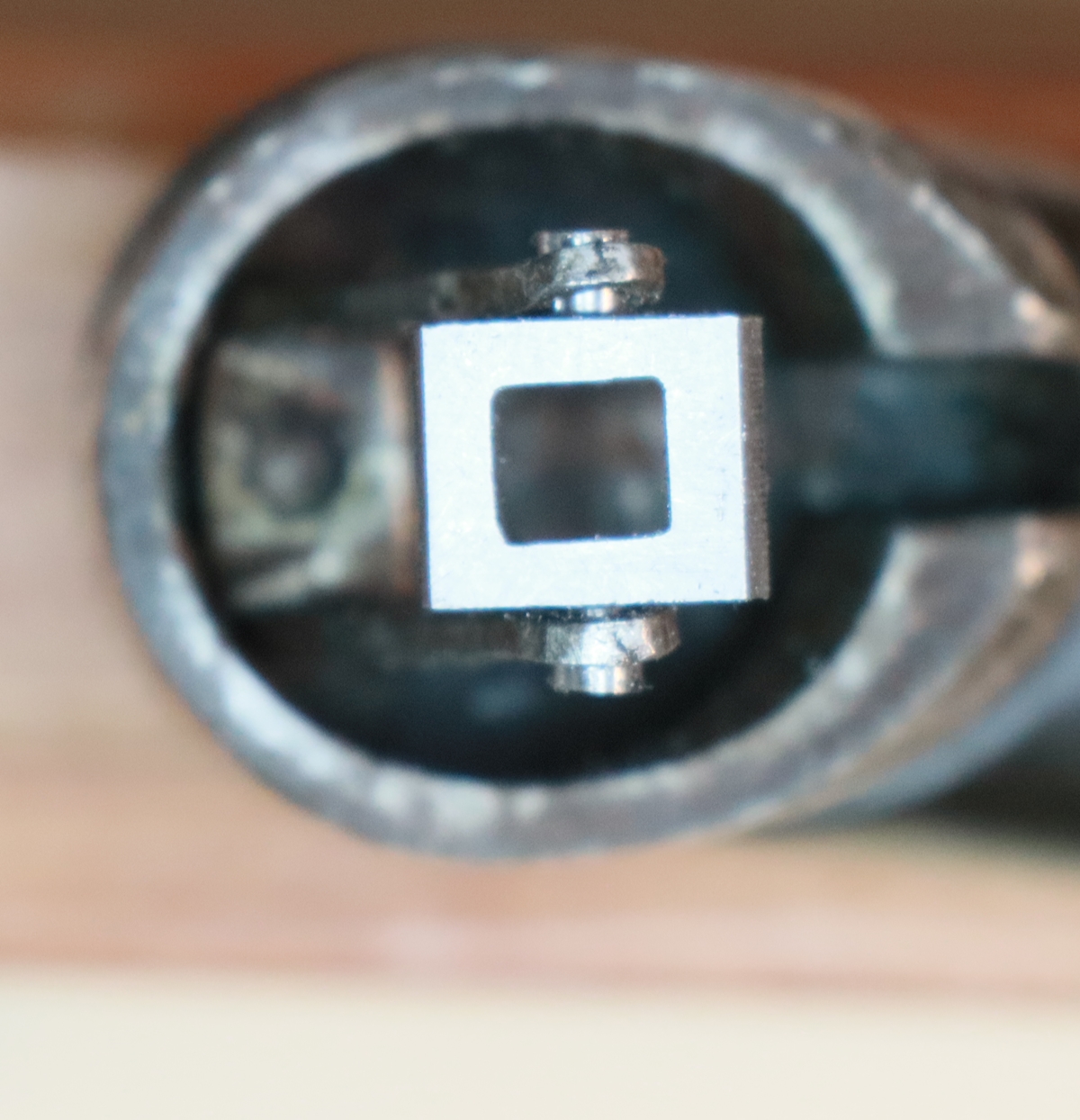
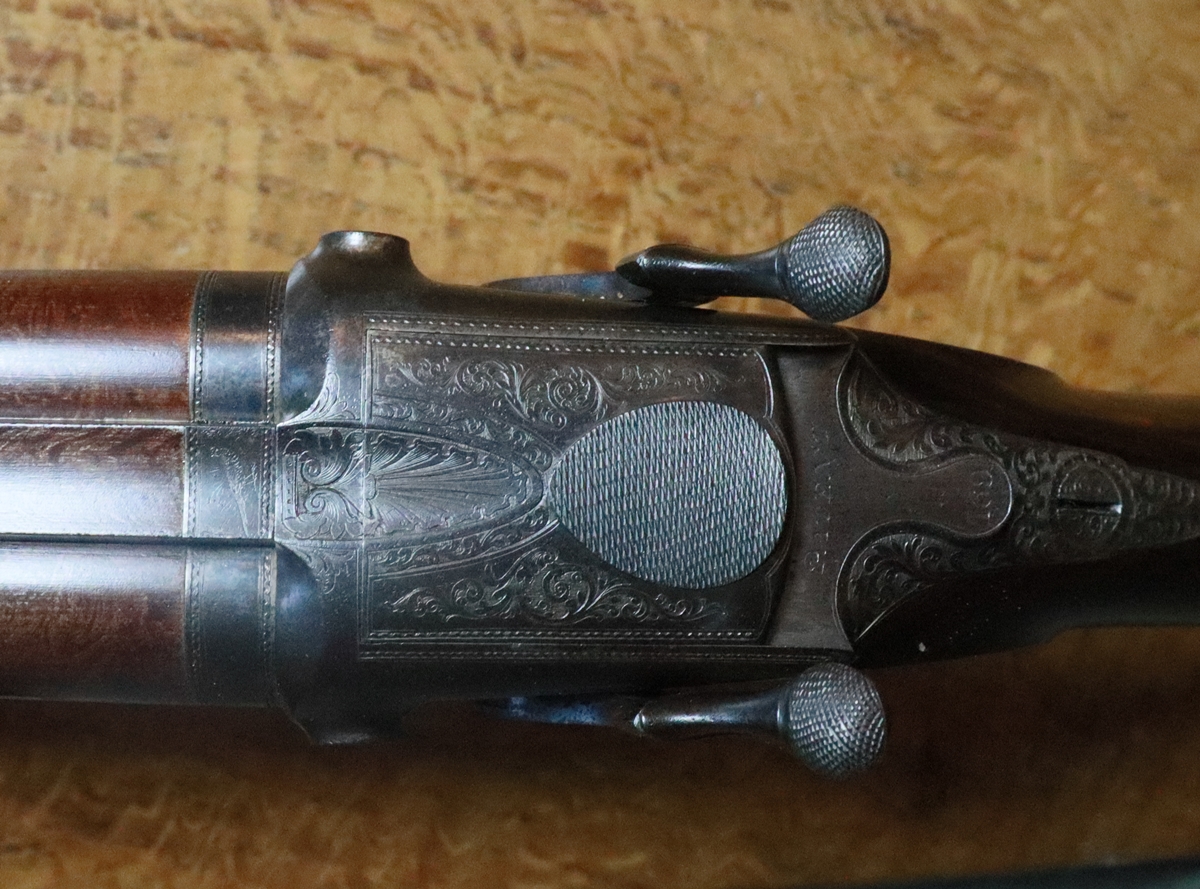
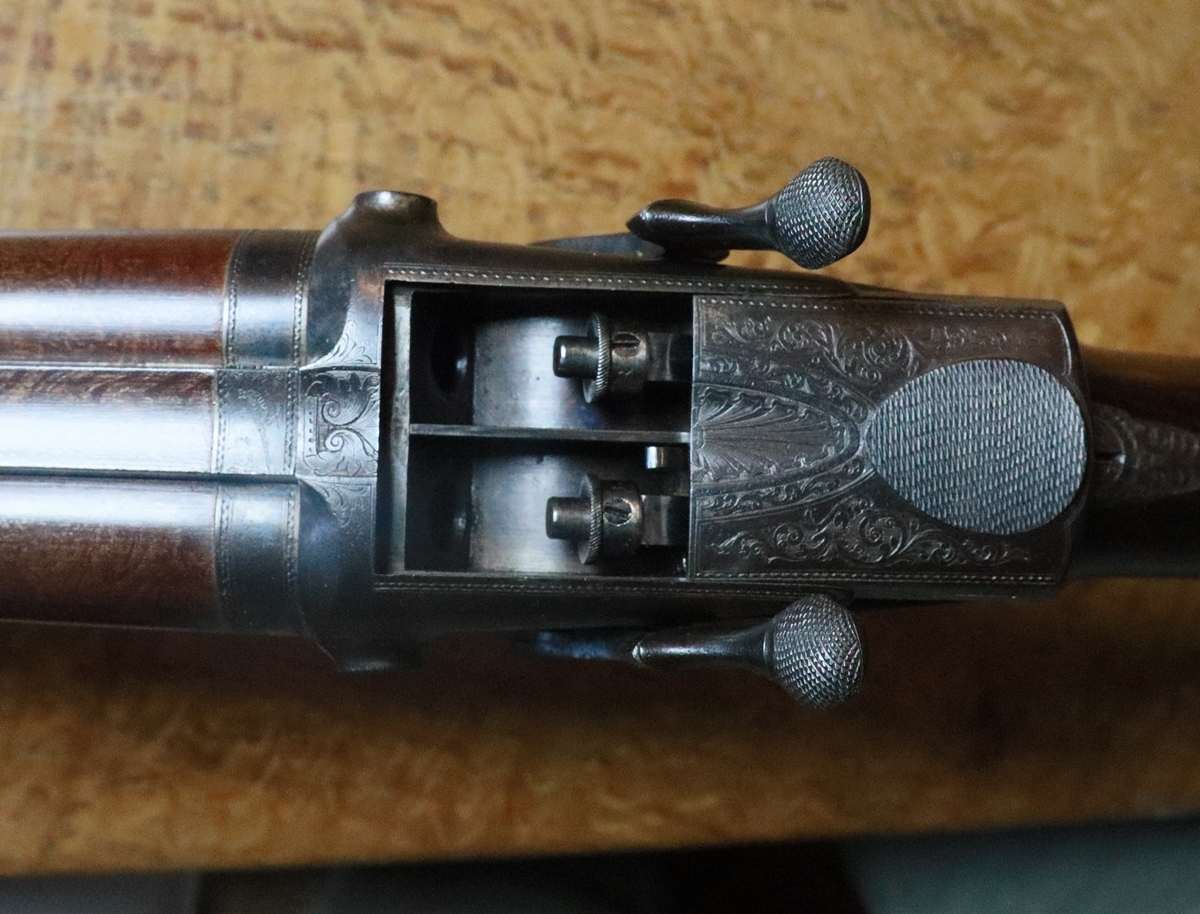
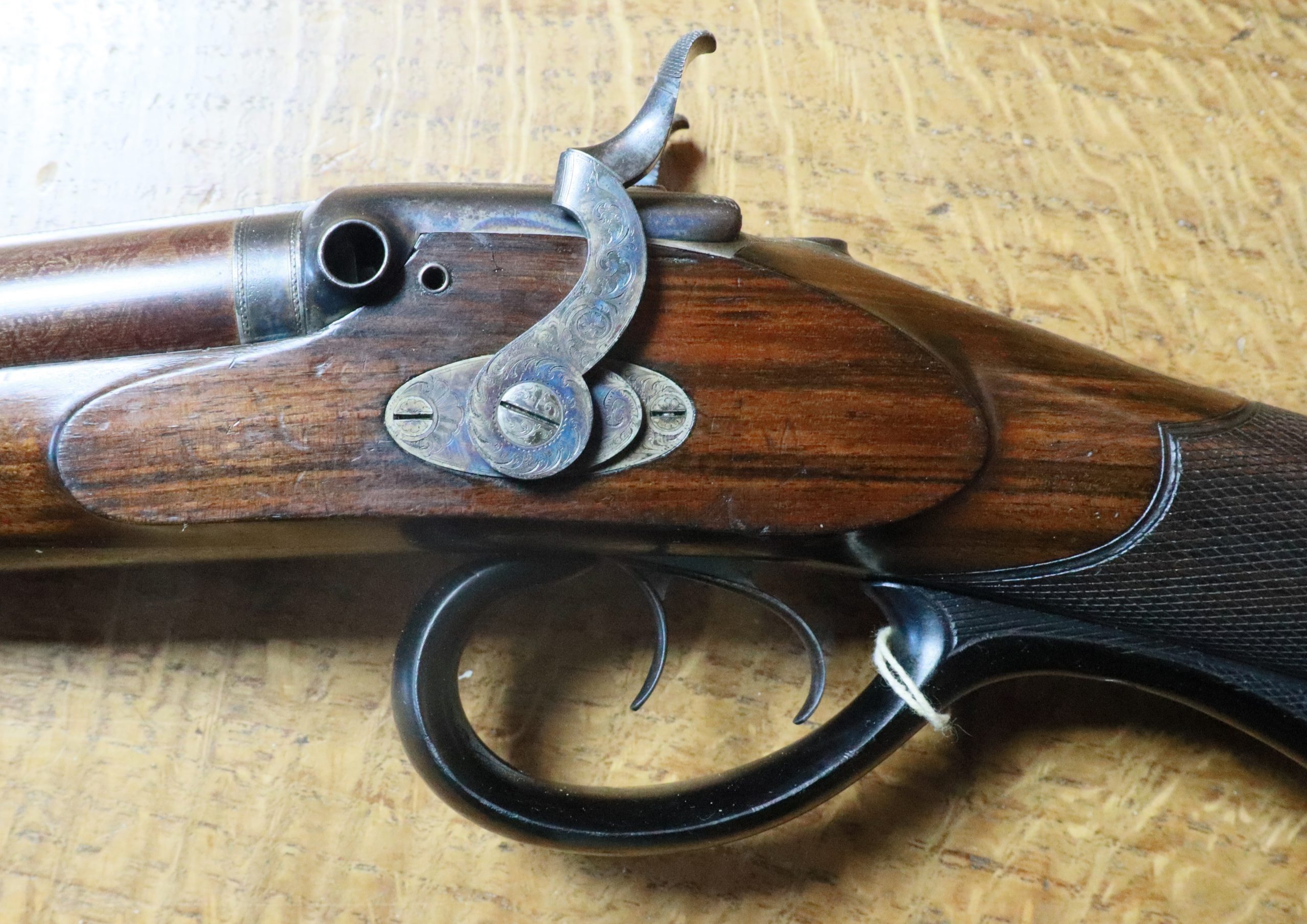
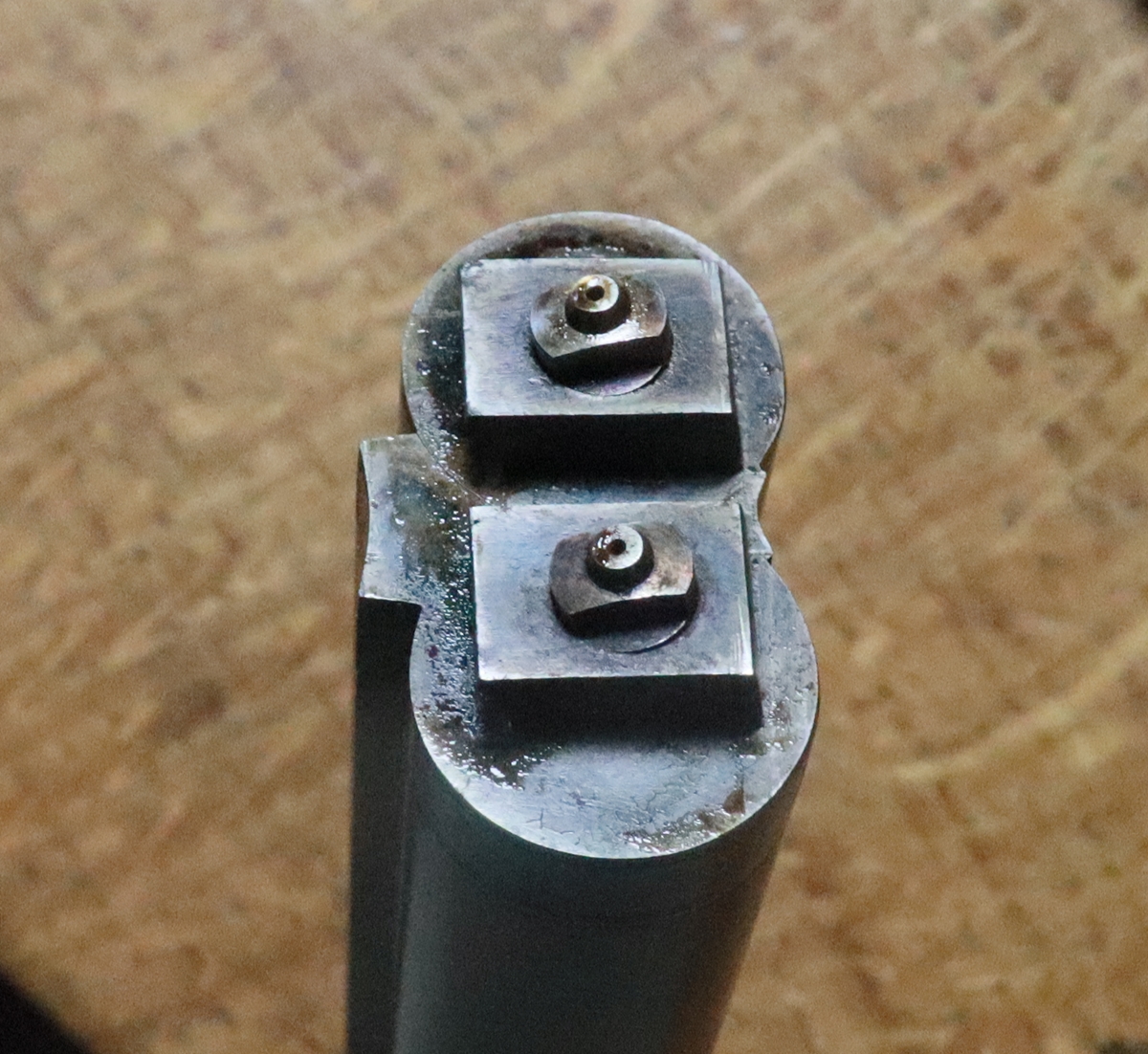
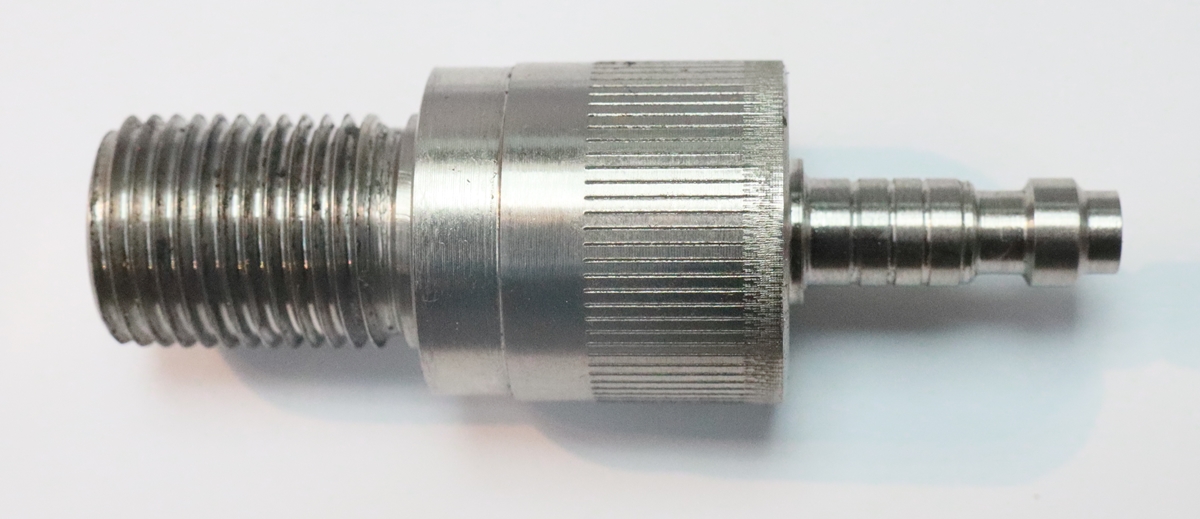
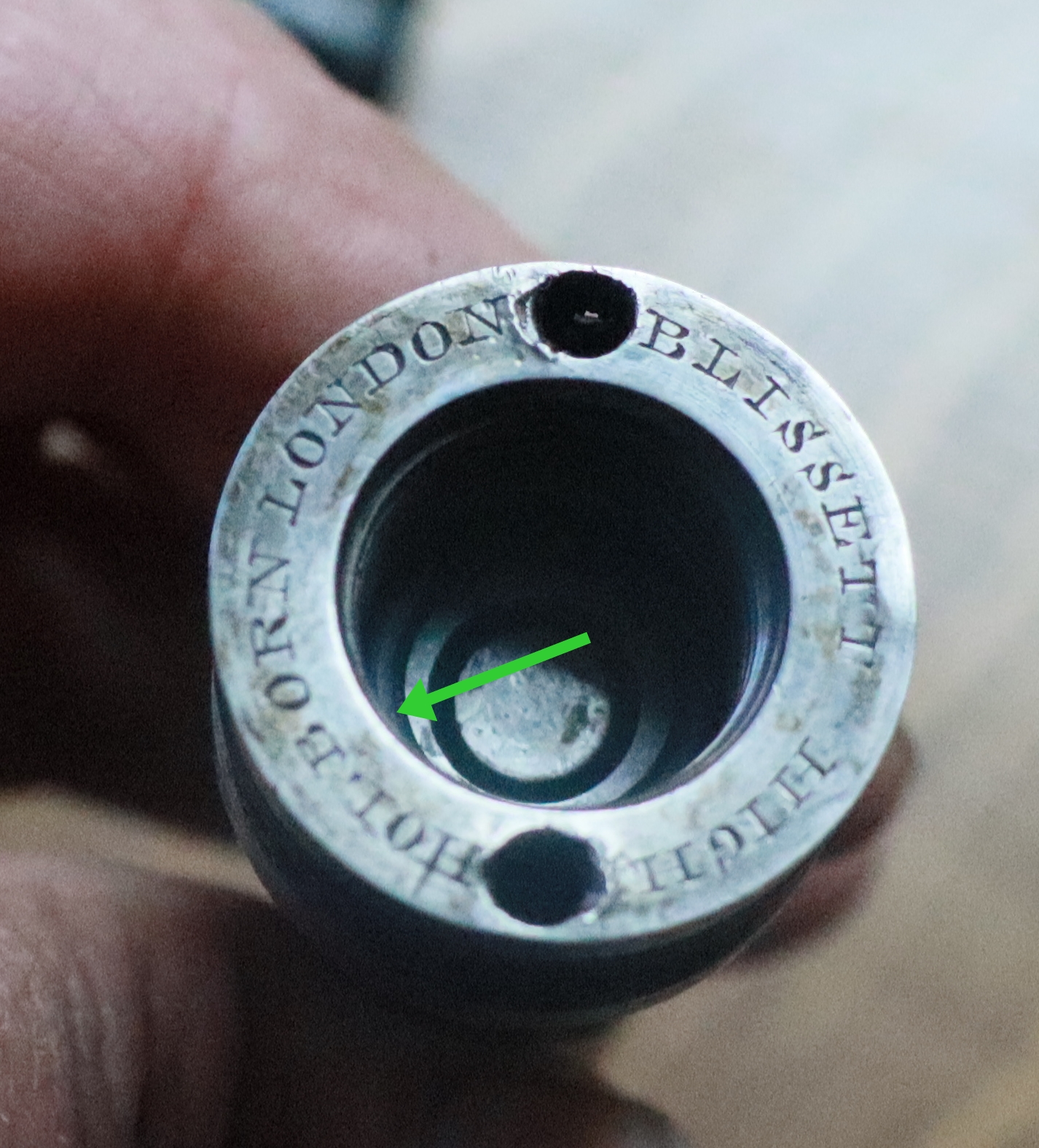
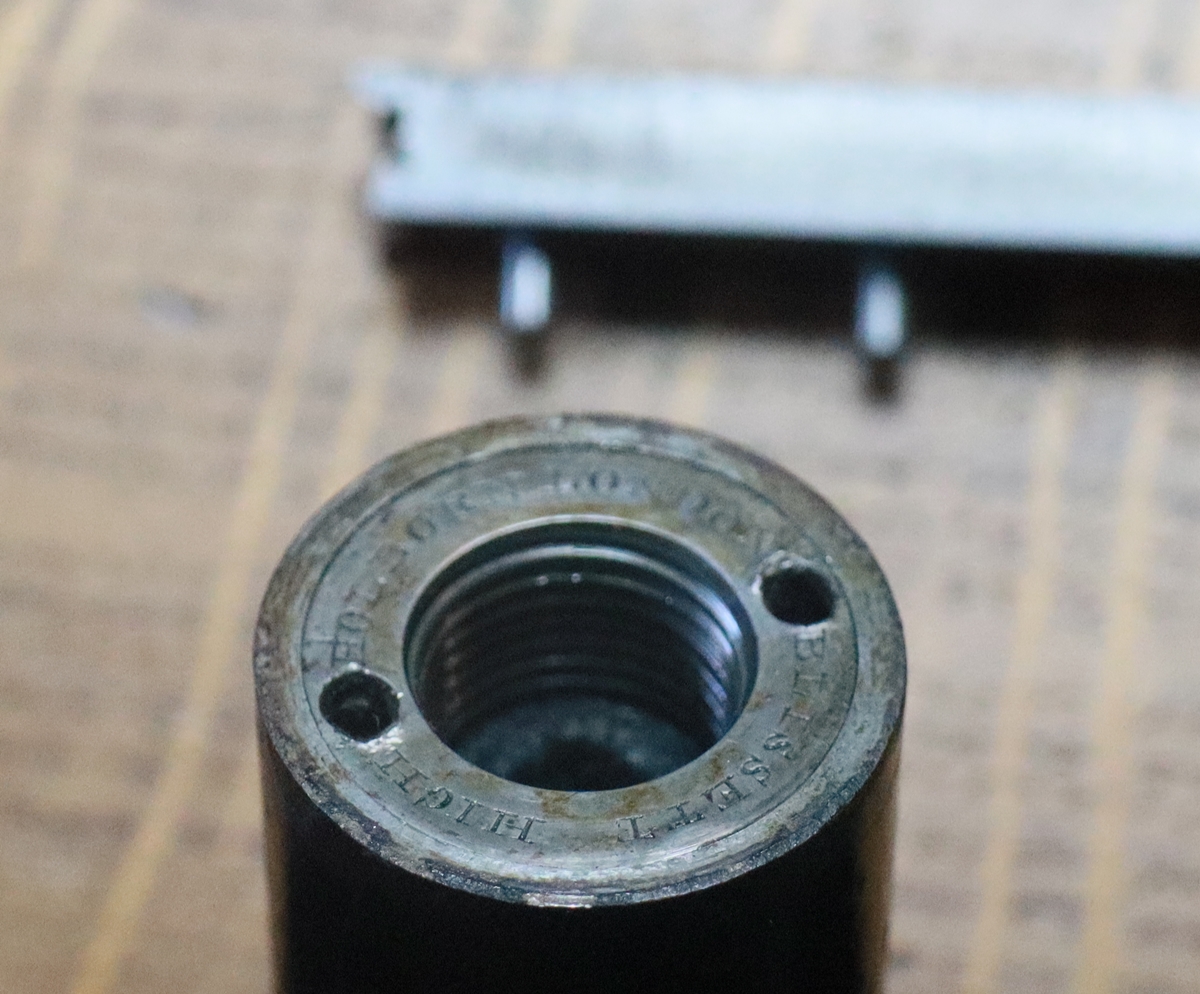
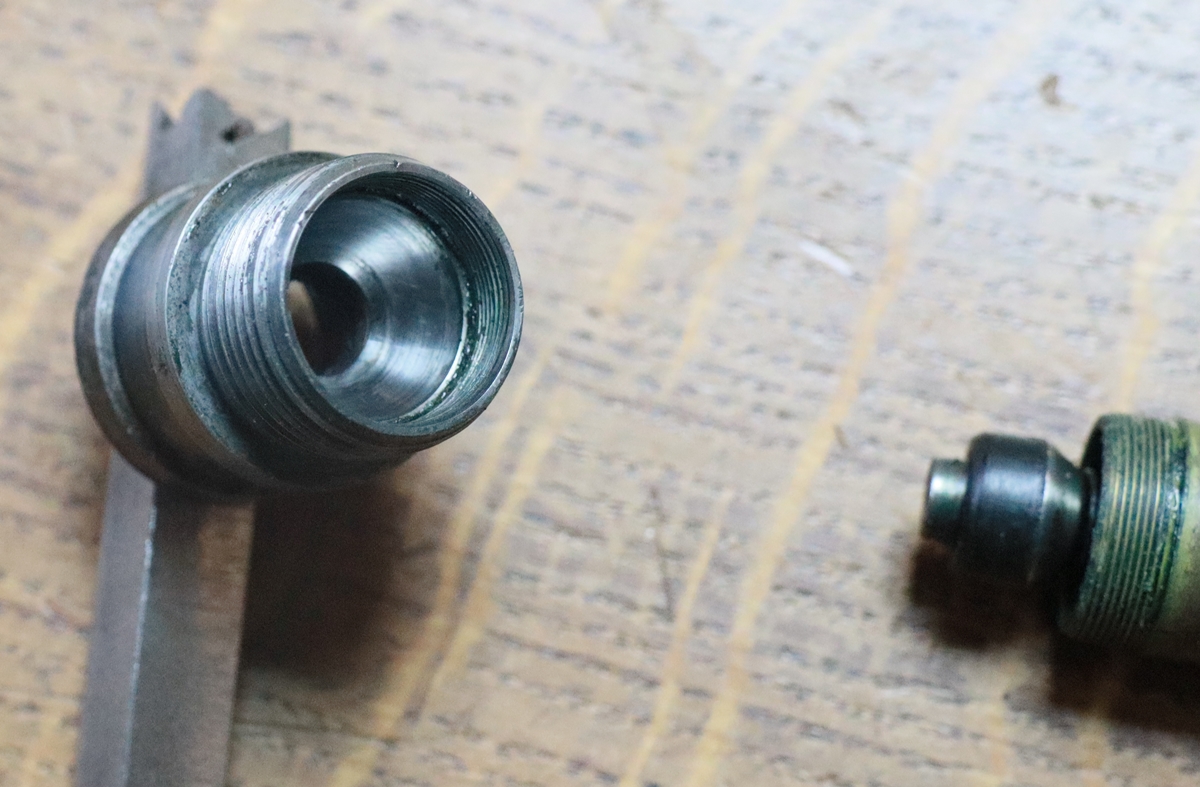
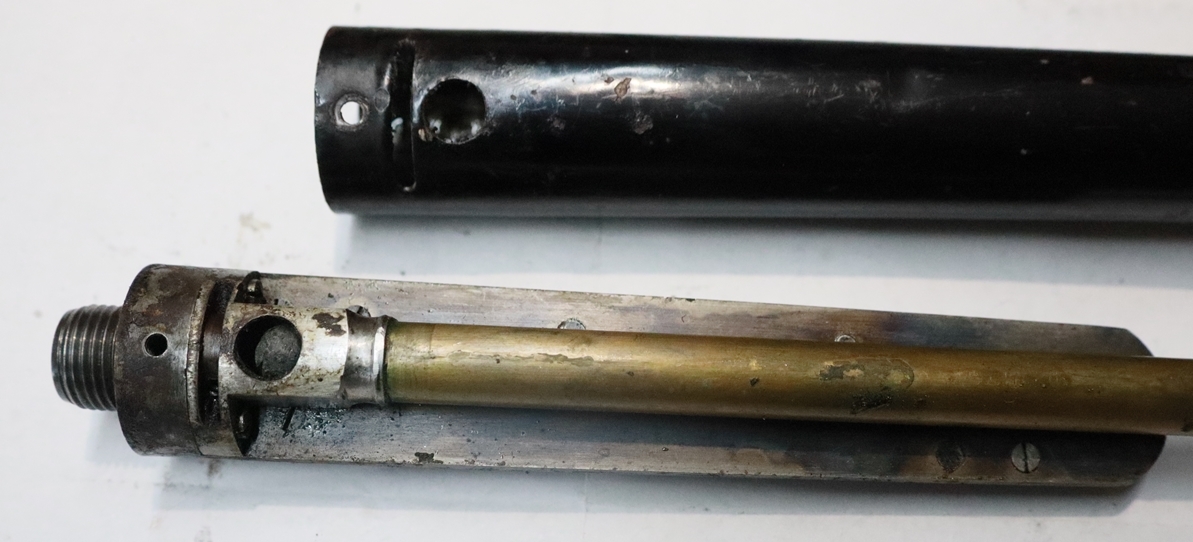
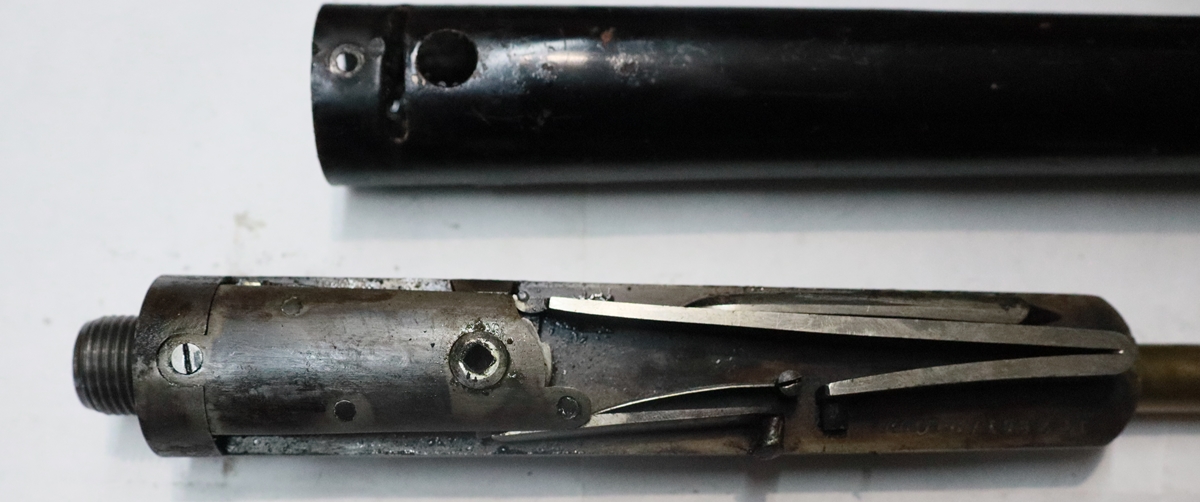
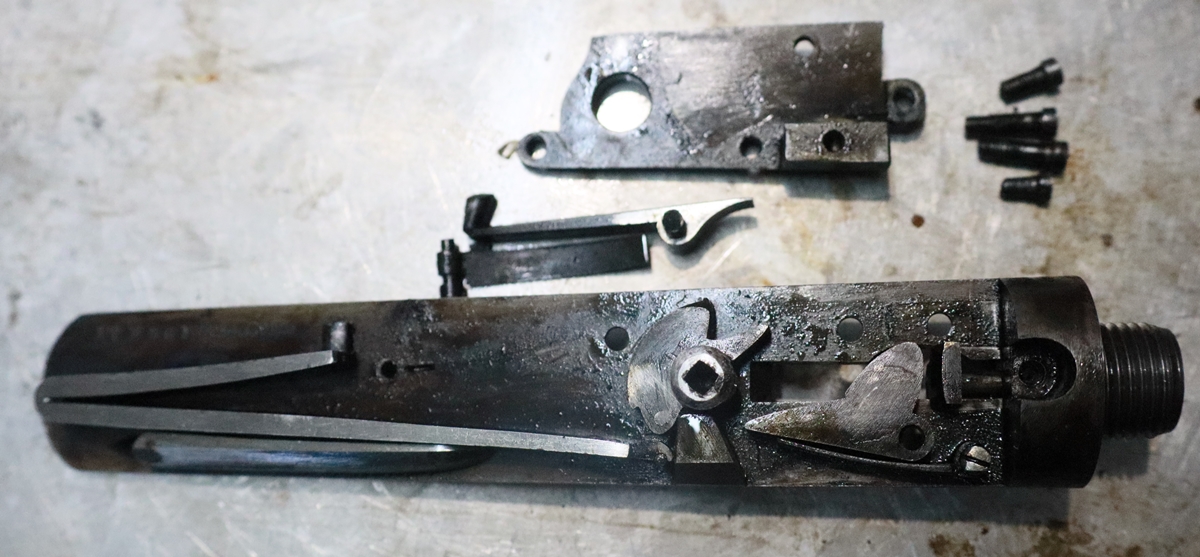
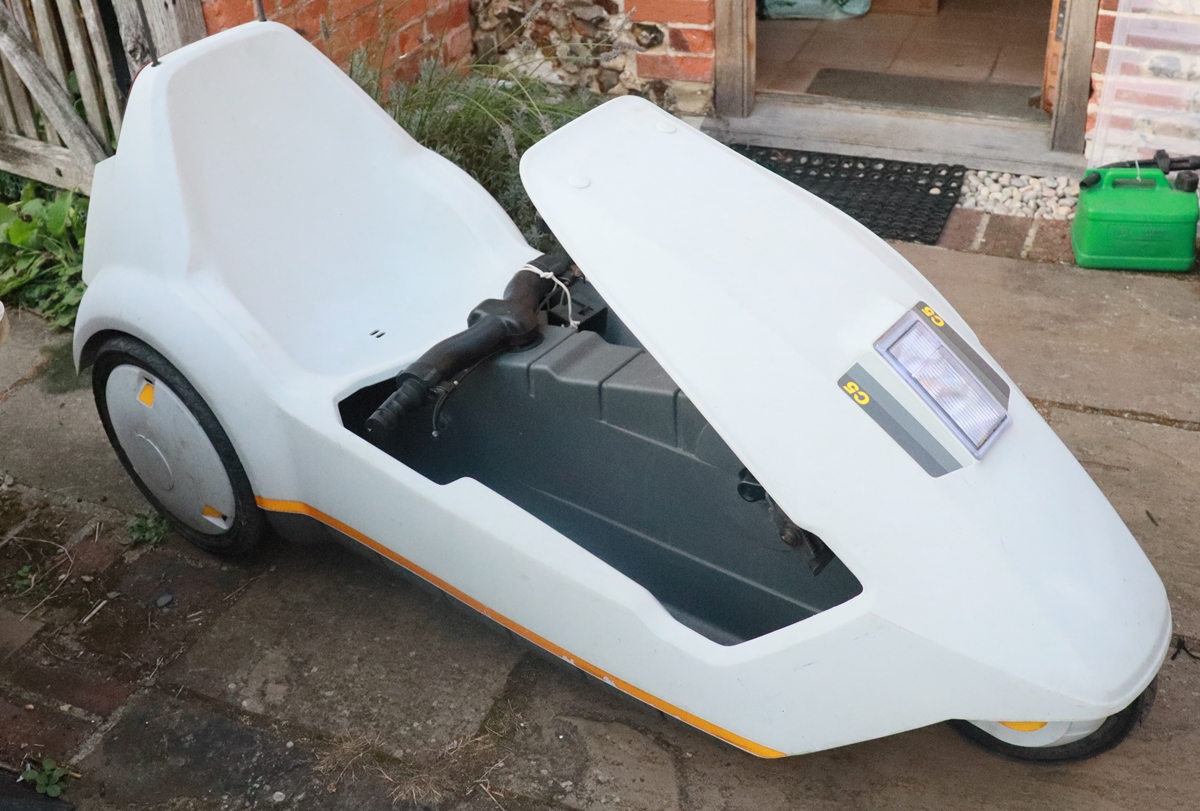
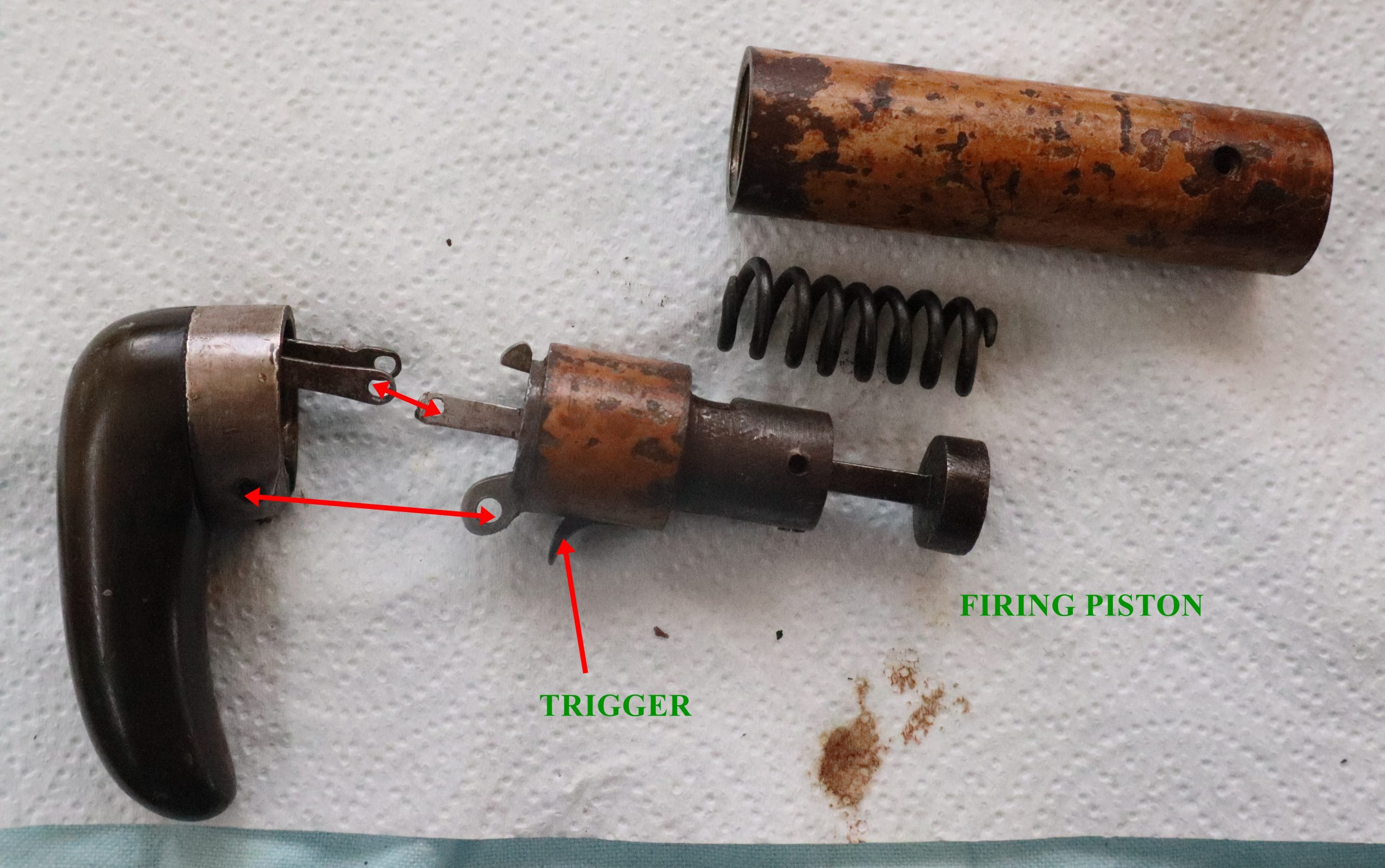
Maybe I should make them in a more sober colour, only these are easily spotted if dropped.
Hi Tim. Great use of relatively new technology. You are always an inspiration.
My thought is that the dark color of the post and disk would be a good additional offering for folks who like to stay more or less “in period”. I understand the usefulness of the bright color in the field, but on the bench or at a match some of us might prefer the less vibrant colour. That’s what I would order.
hi John, Done! Thanks for your comment – appreciated.
Hi Tim.
Regarding your double flintlock.
Although there is movement of the trigger when on full cock, the woodwork could still be stopping the sear from engaging fully in the bent.
Hi Bev,
I put the lock in with a smear of modelling clay on the wood – you can see the impression of the sear but it still has at least 1mm clearance at full cock. We’ll take the lock out next time we shoot, and see if we can come up with anything between us – I can’t find any obvious faults, but something must be causing the problem. I even checked the lengths of the sear arms to see if they could touch in the middle, but there is a good 3 mm clearance. It only happens very occasionally, so it must be something marginal. It’s a Manton in reasonable nick – shouldn’t have this sort of problem, John would be turning in his grave.
Tim